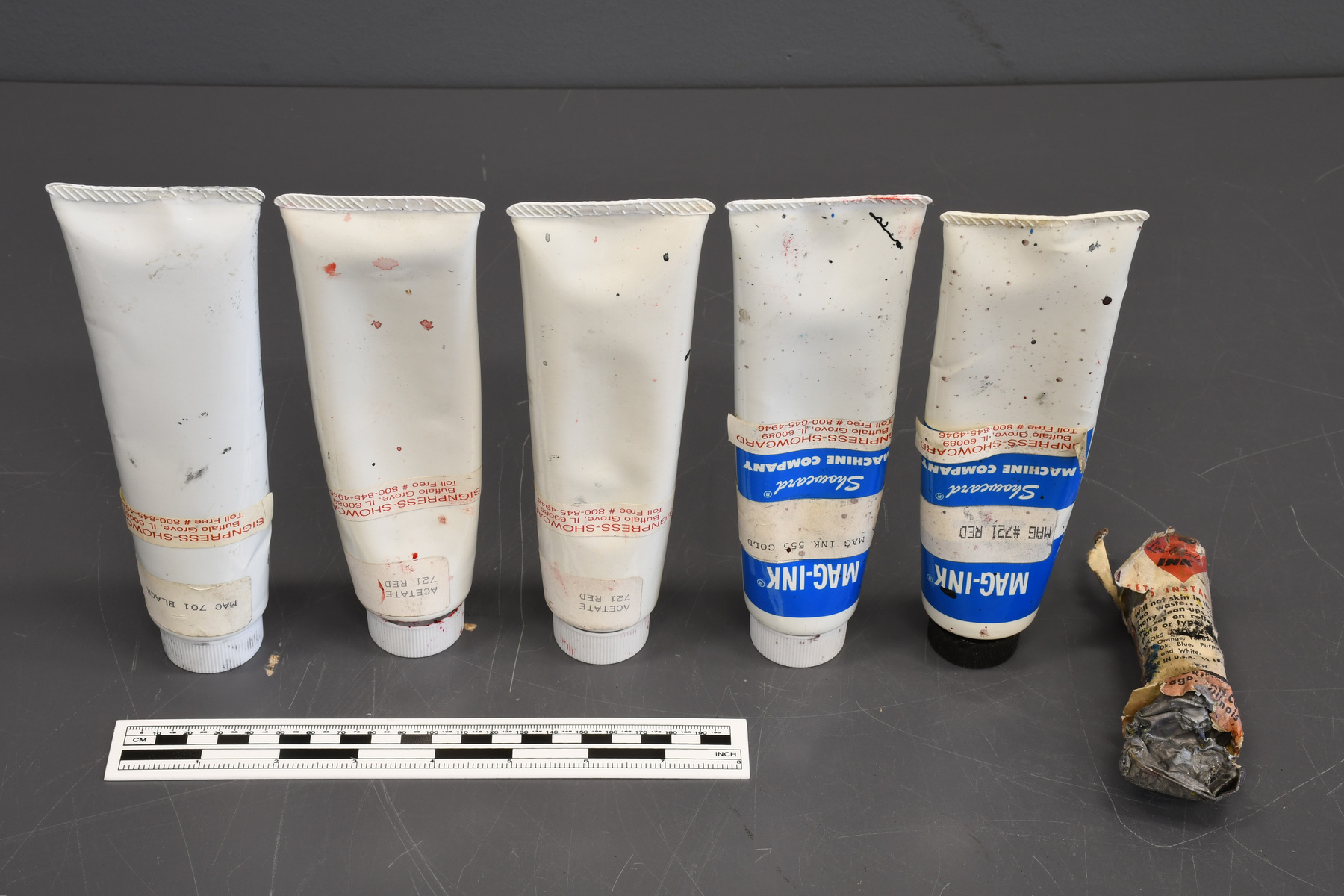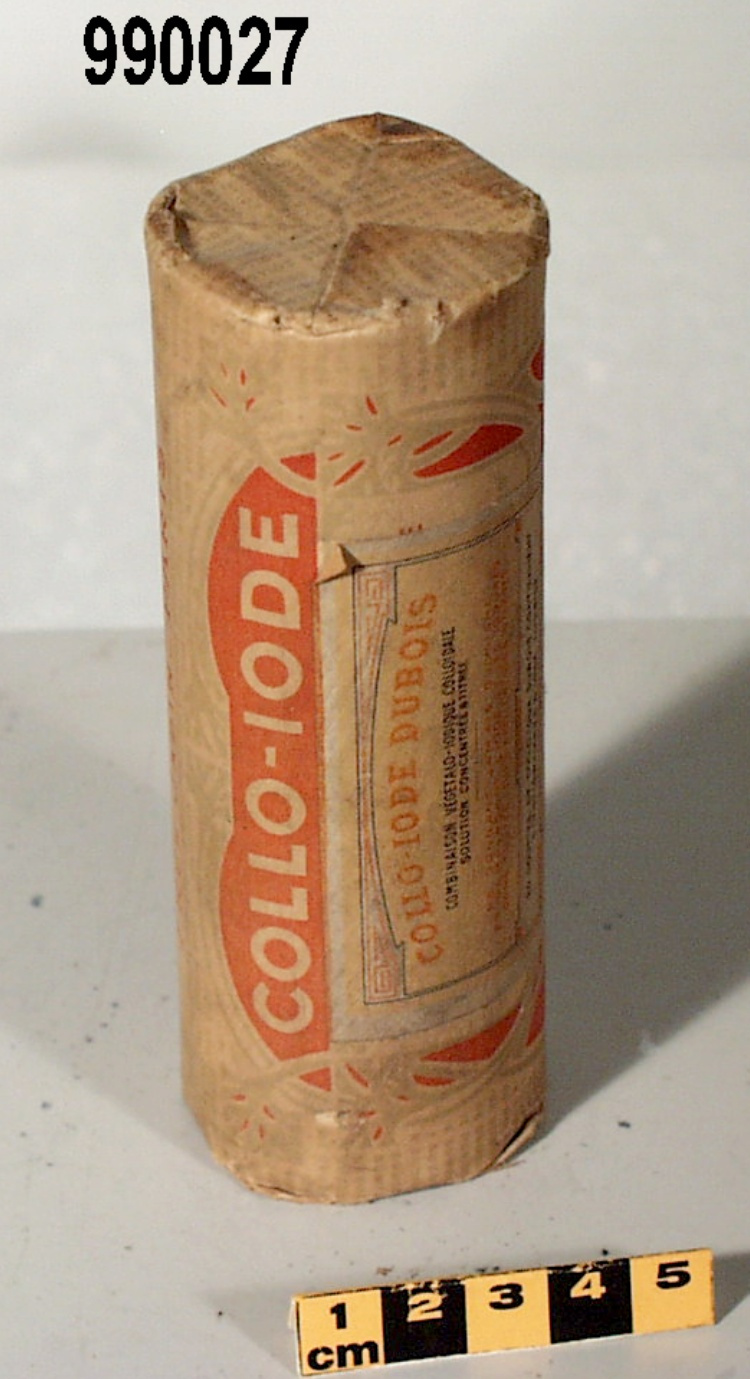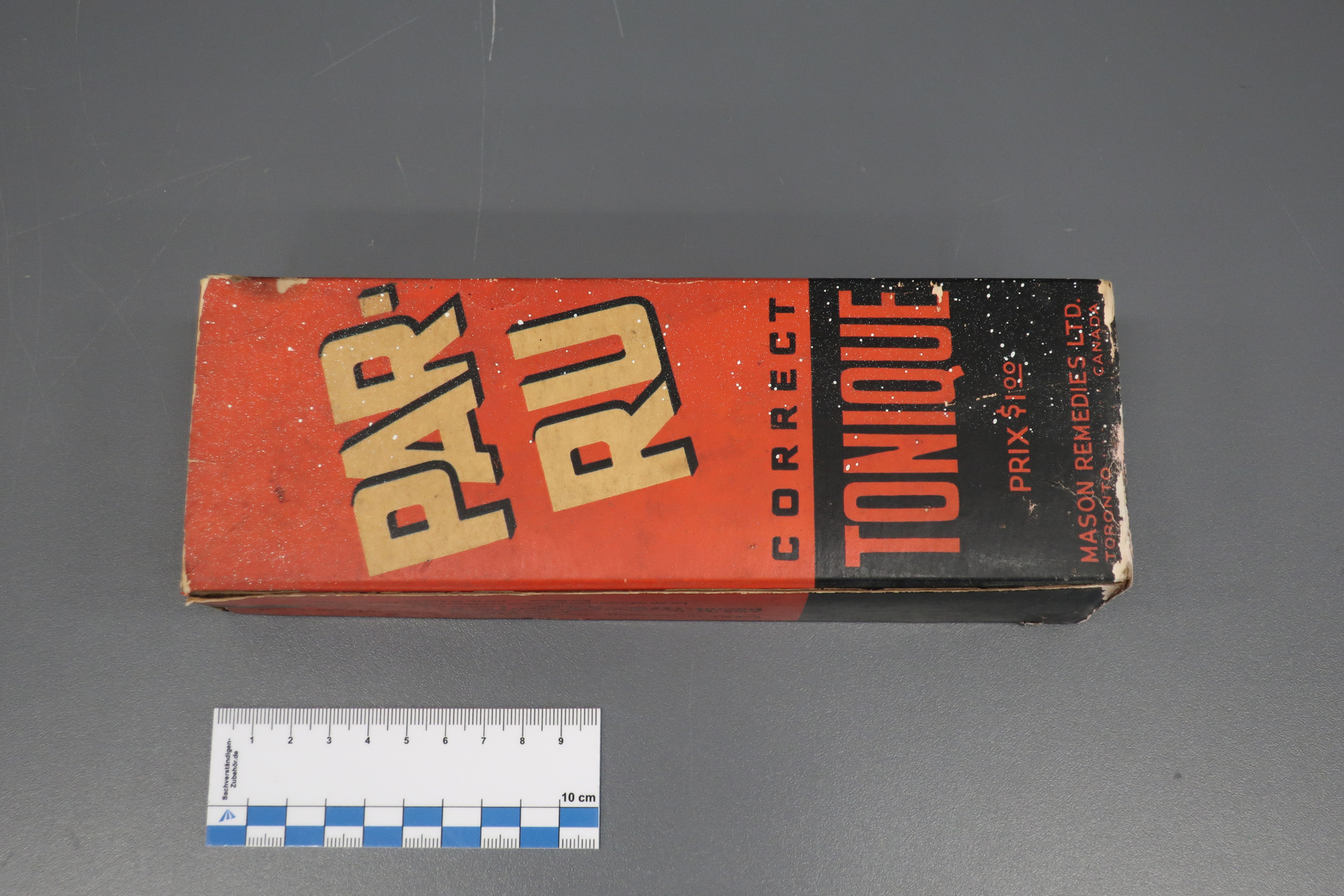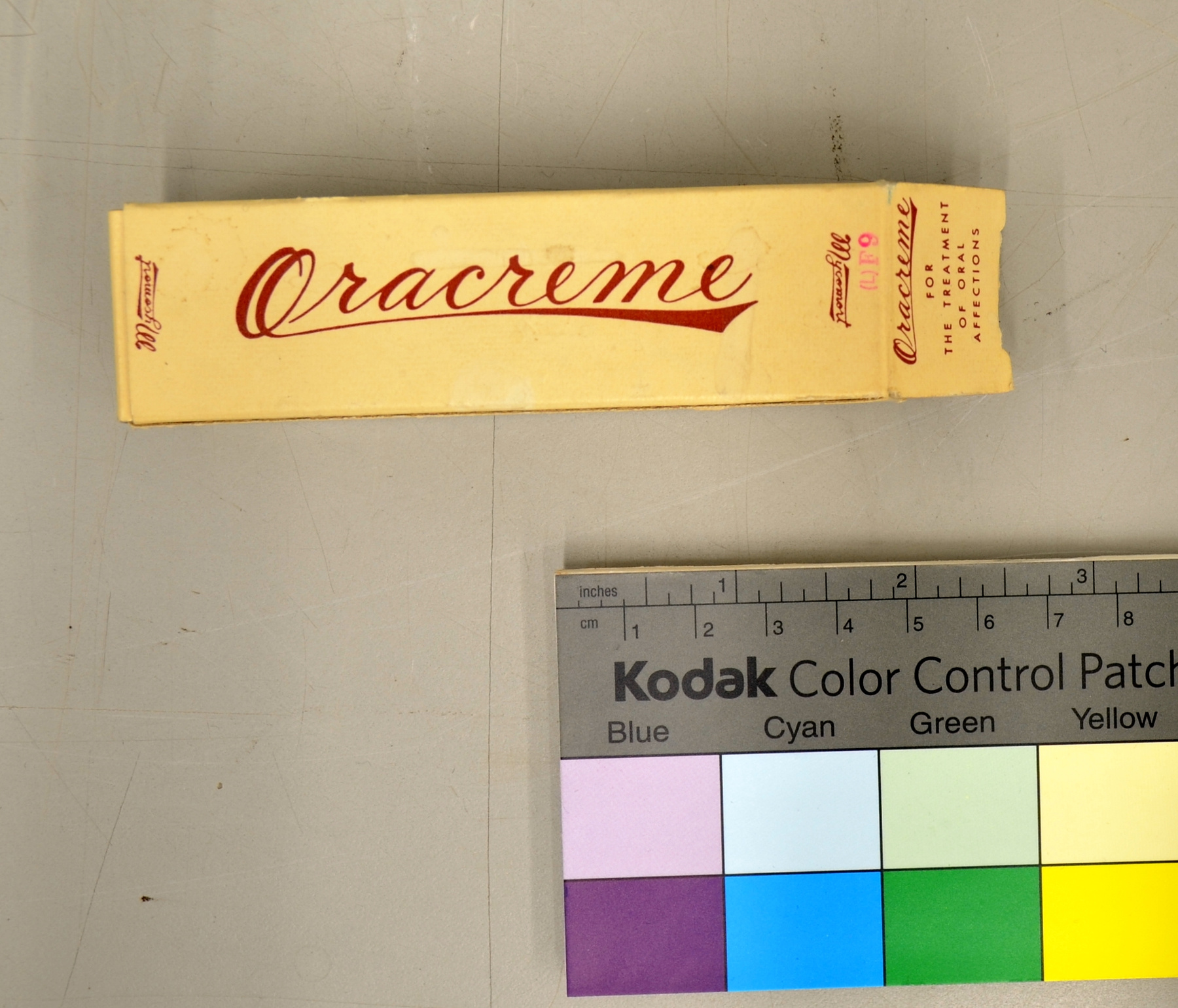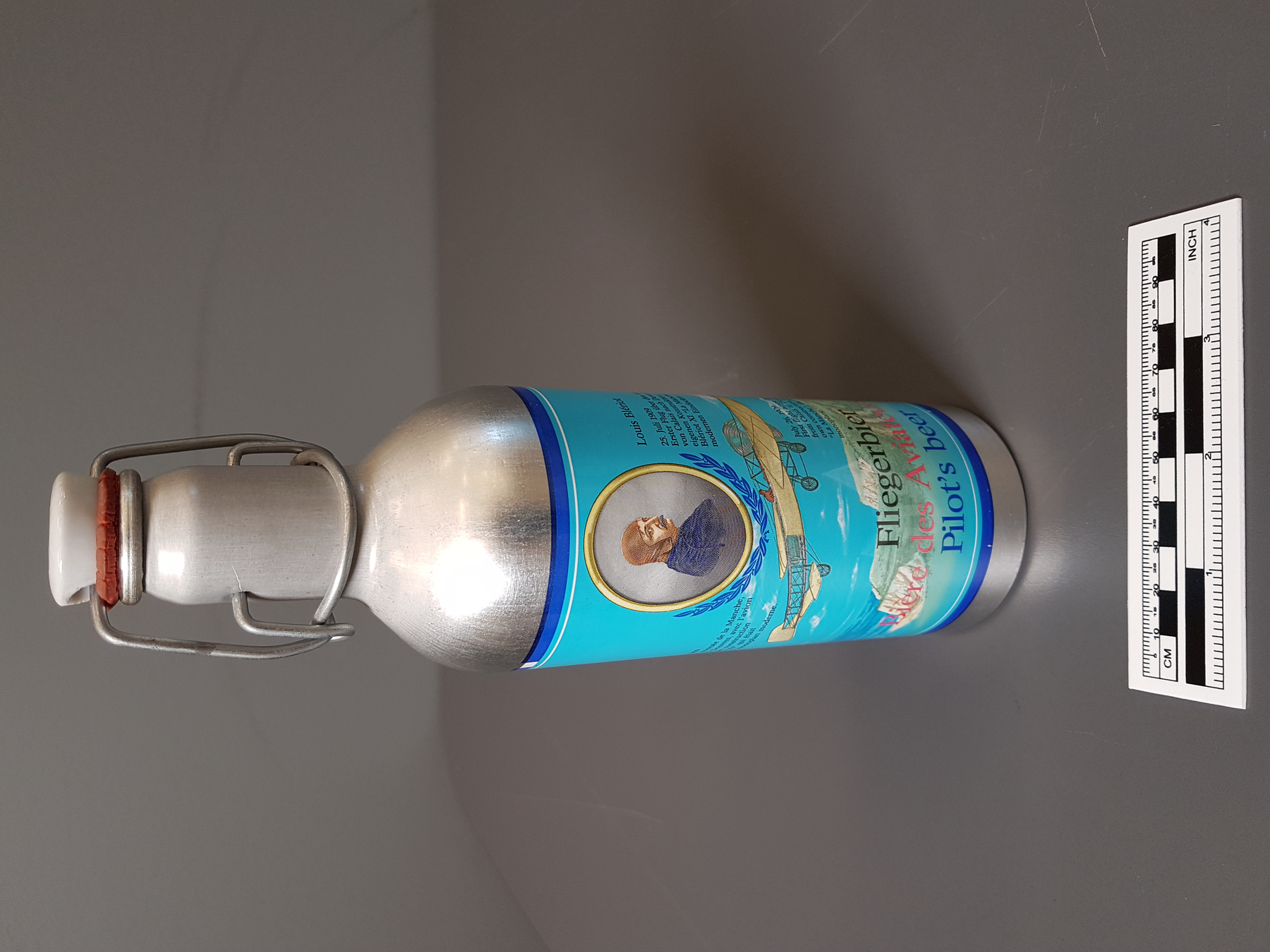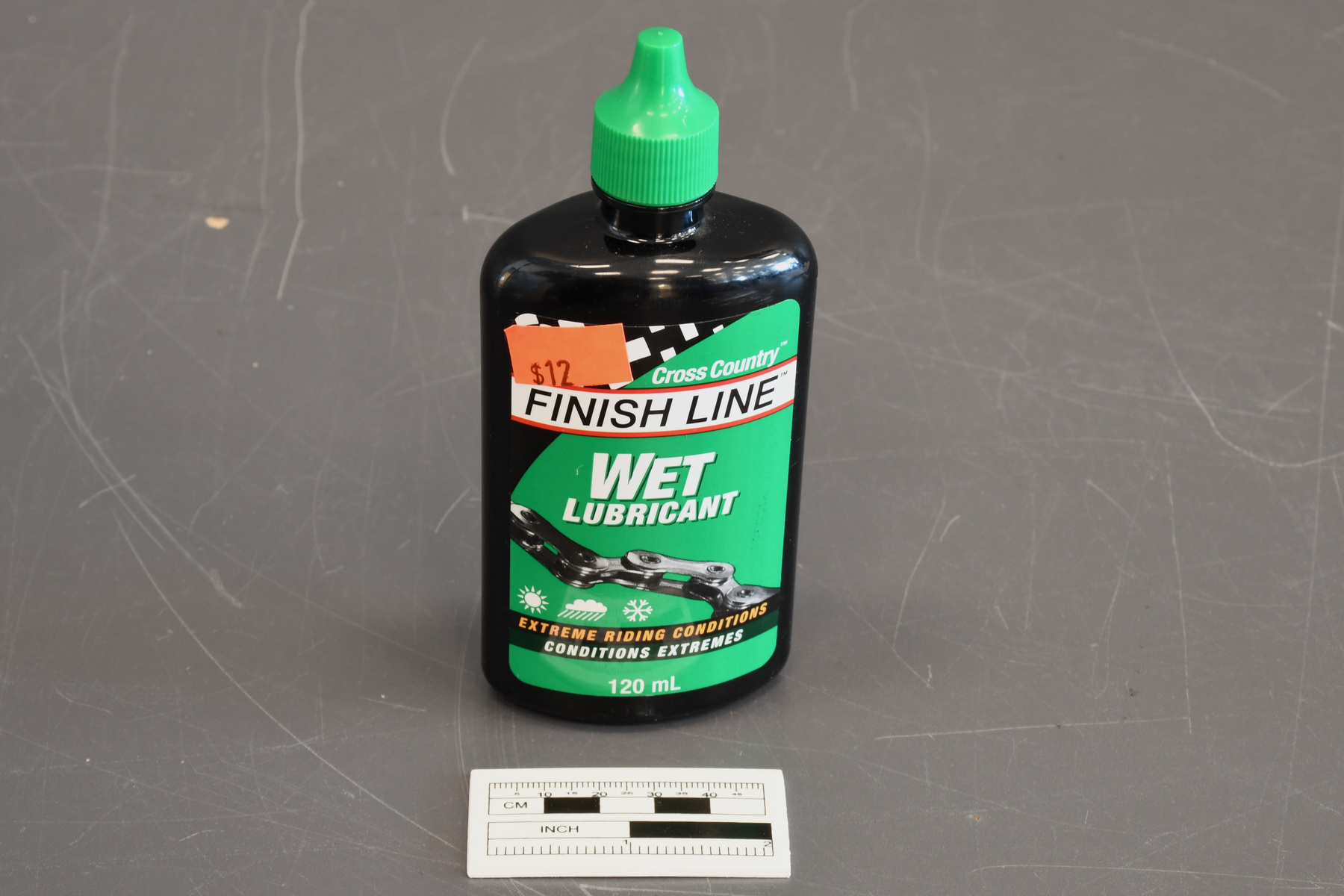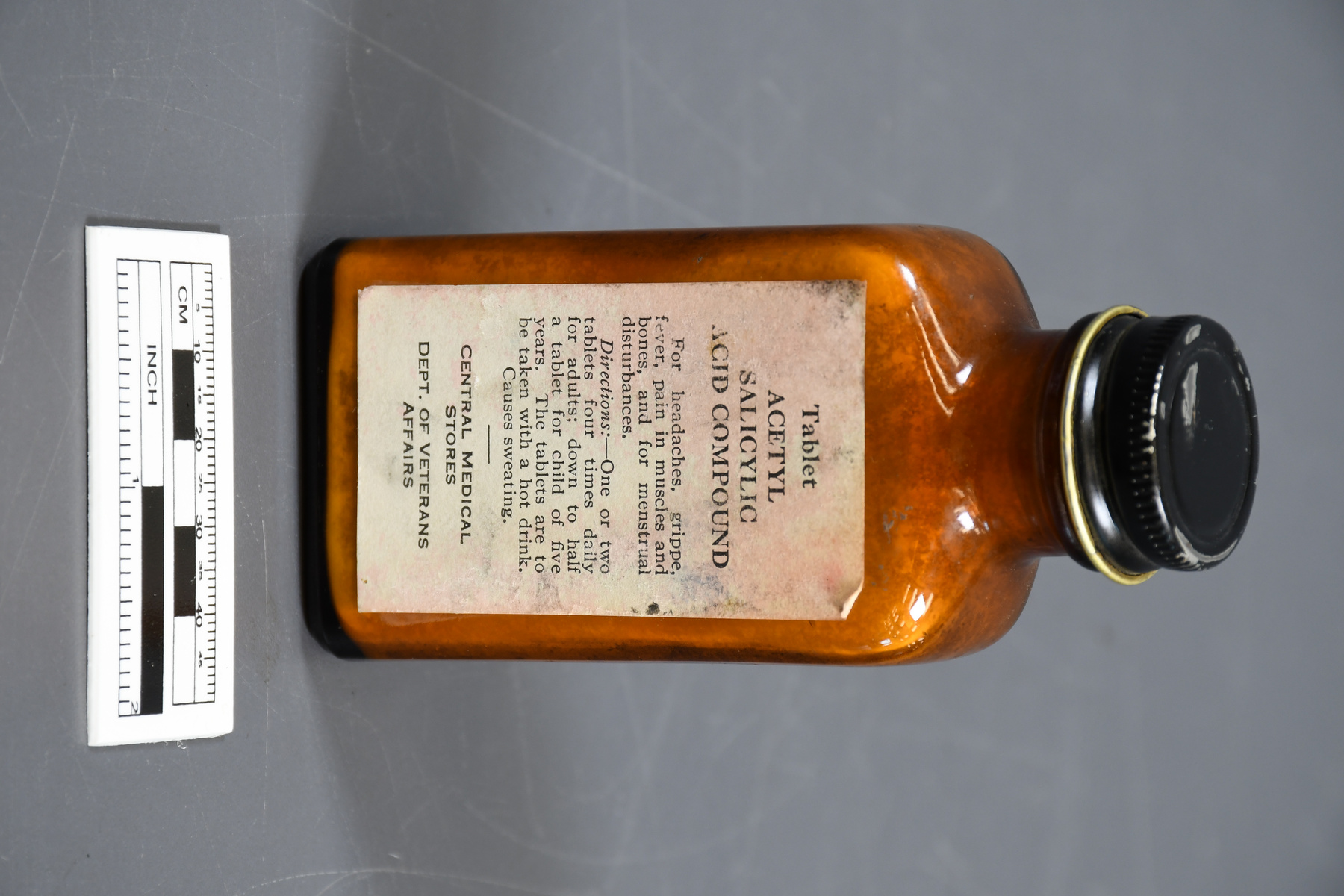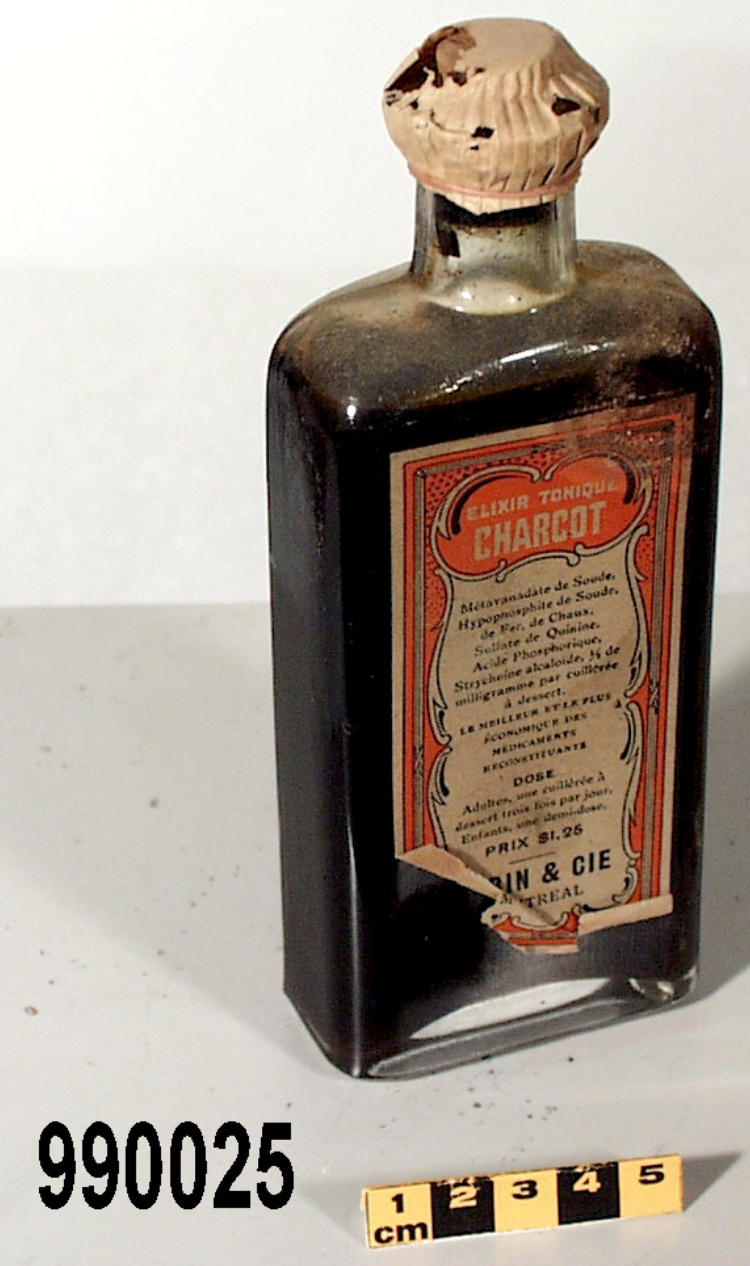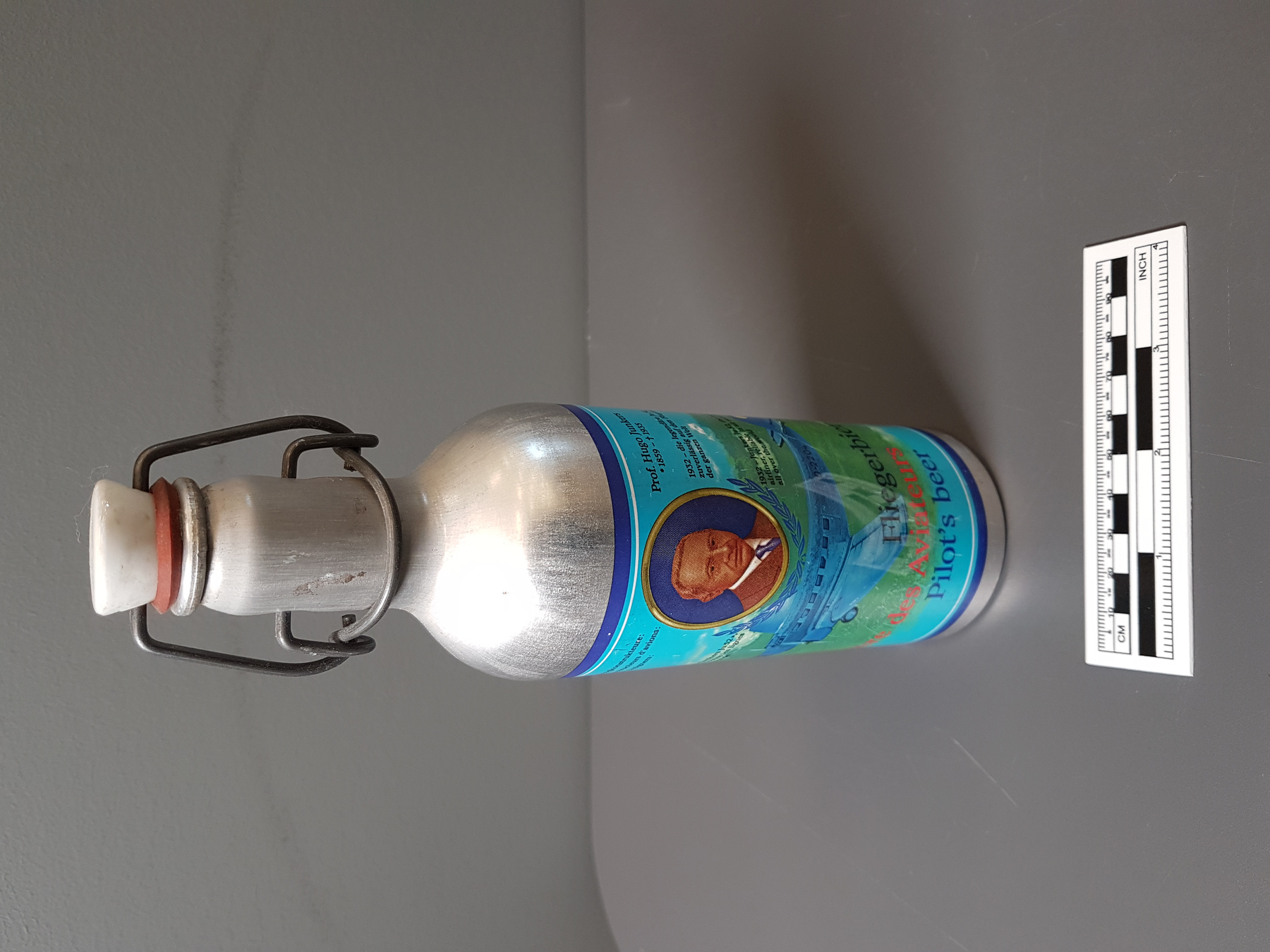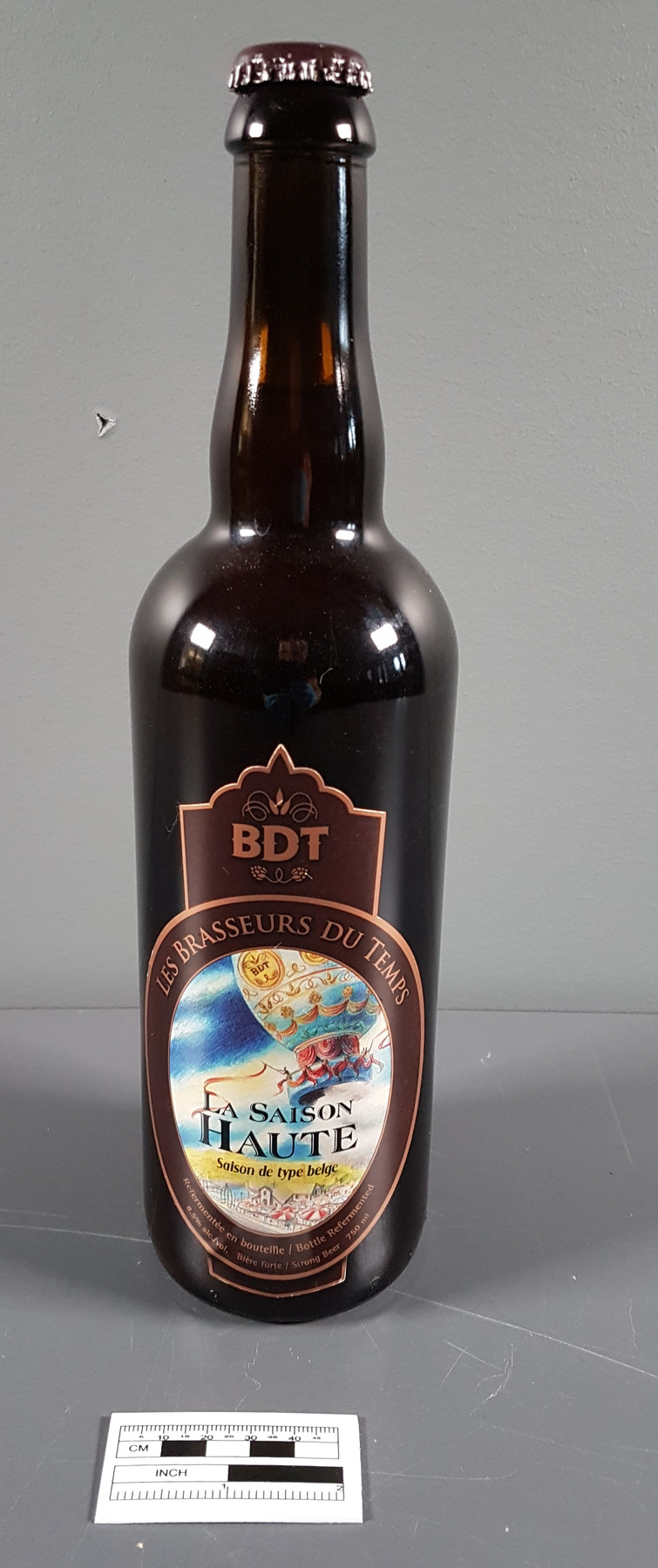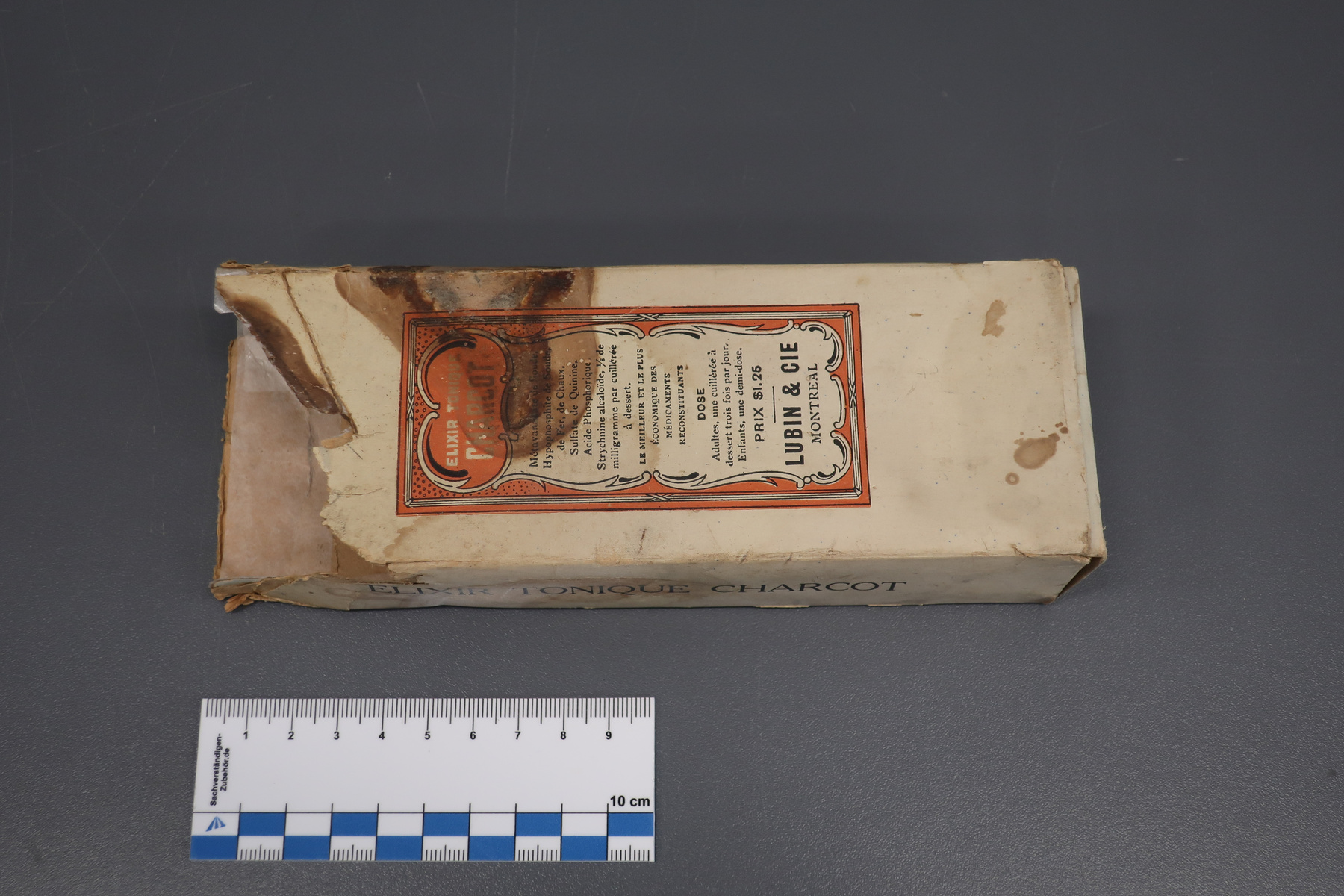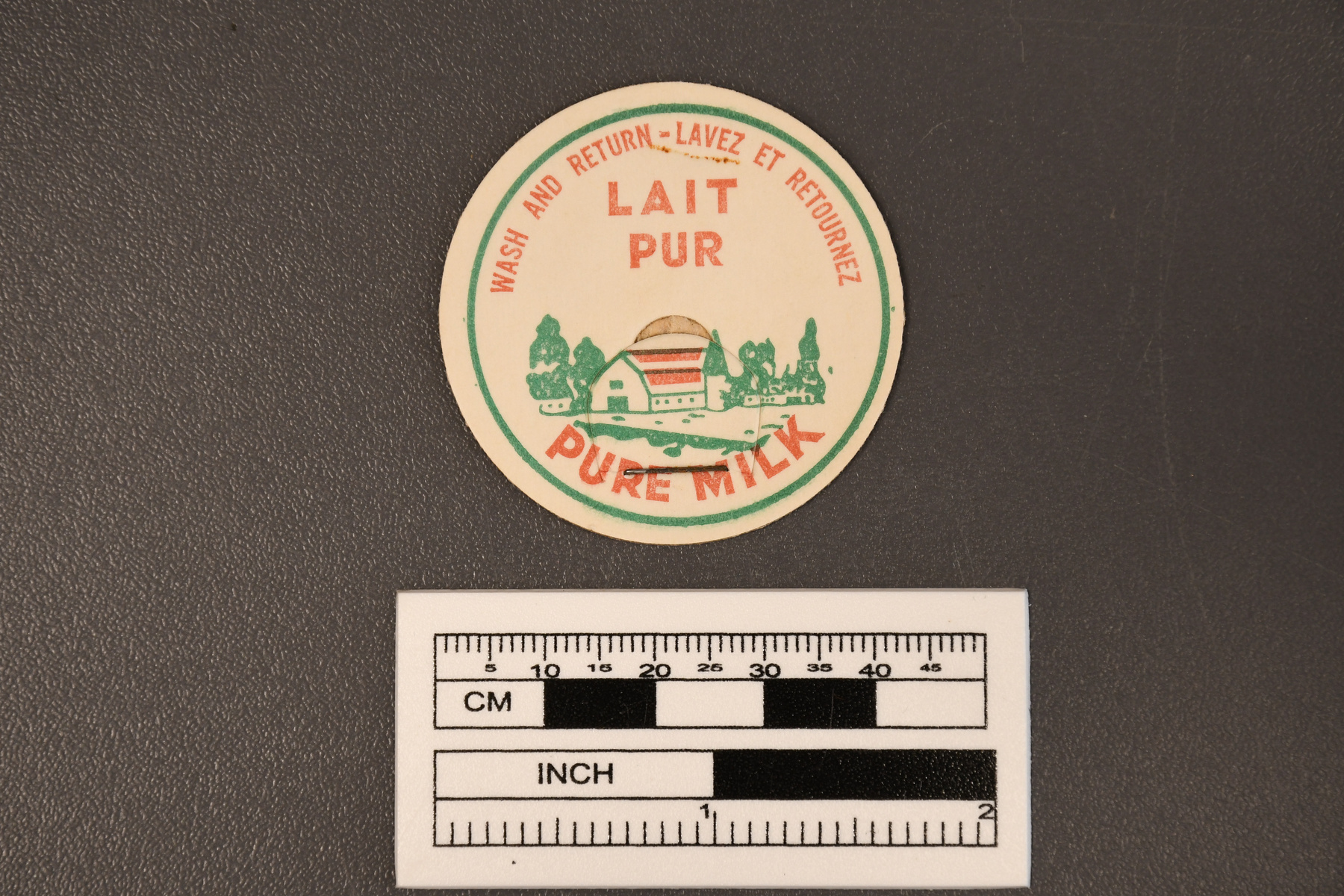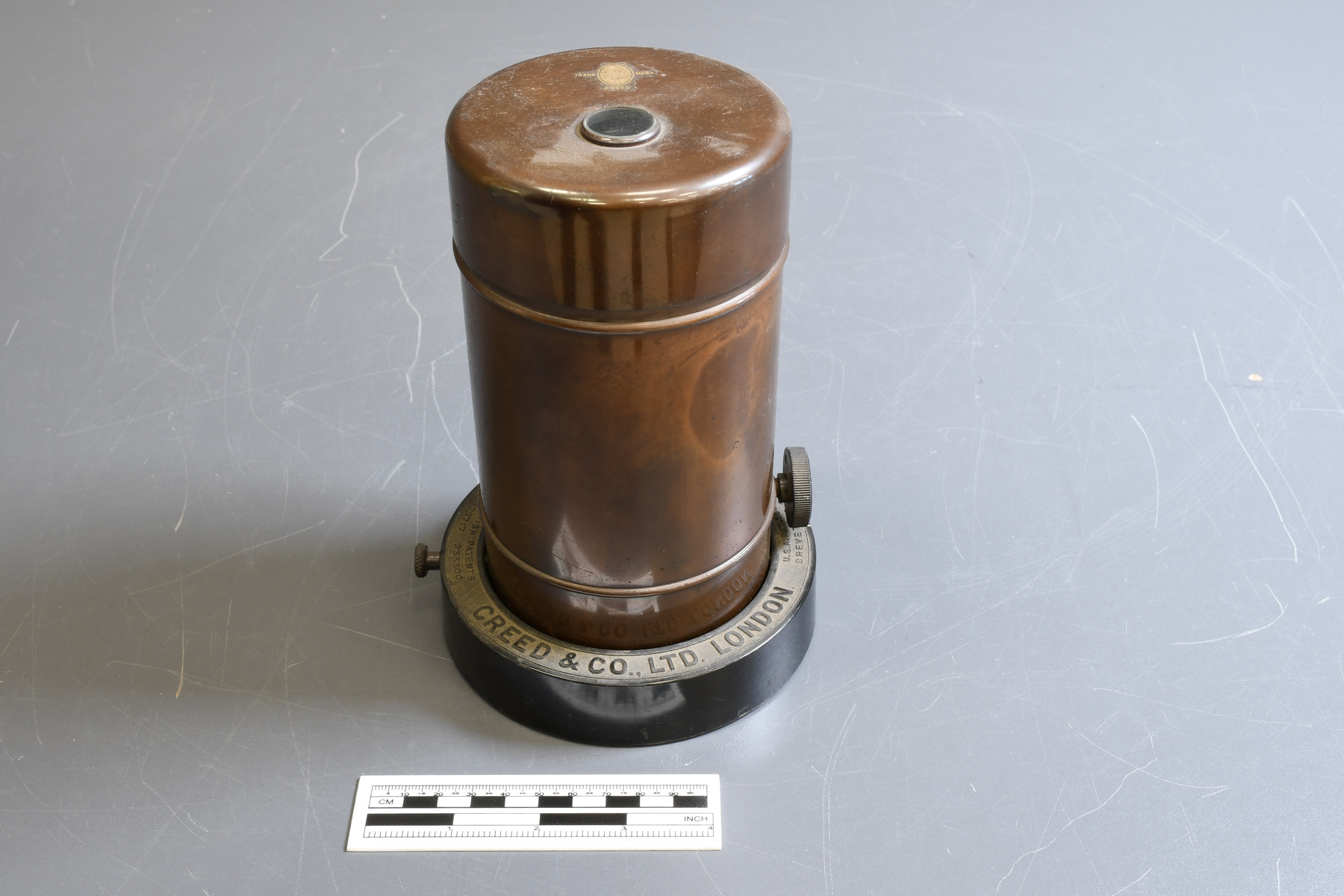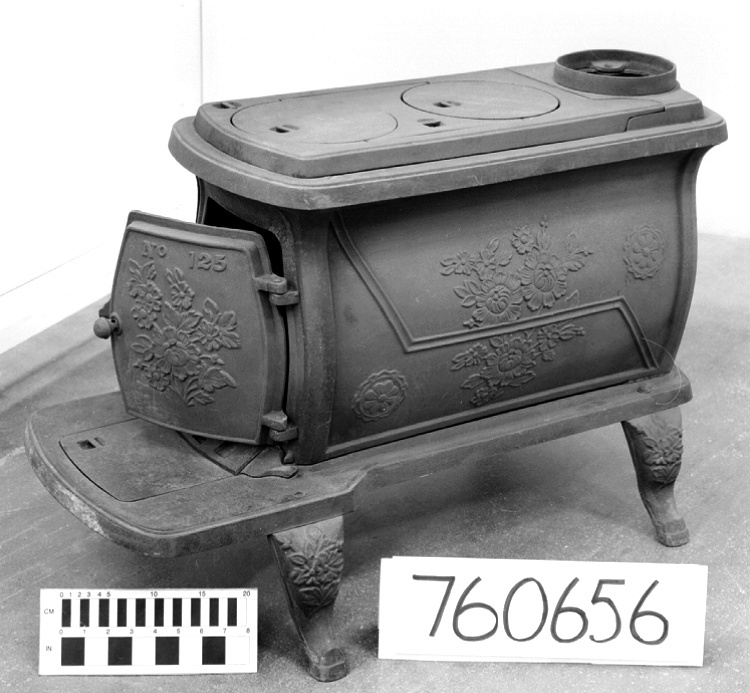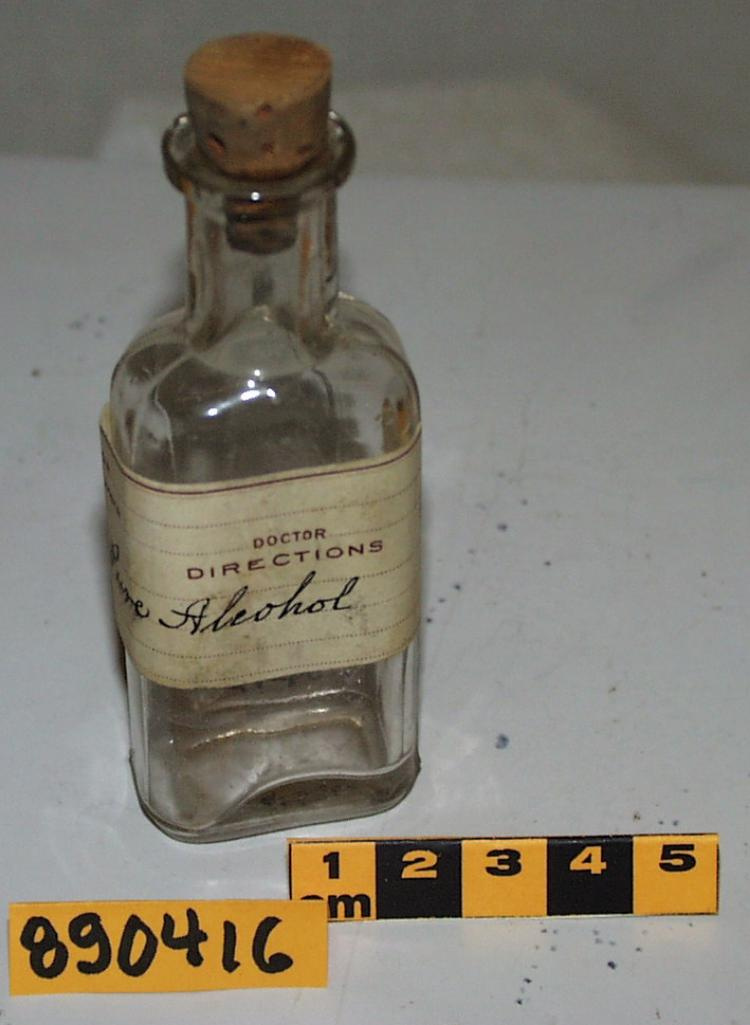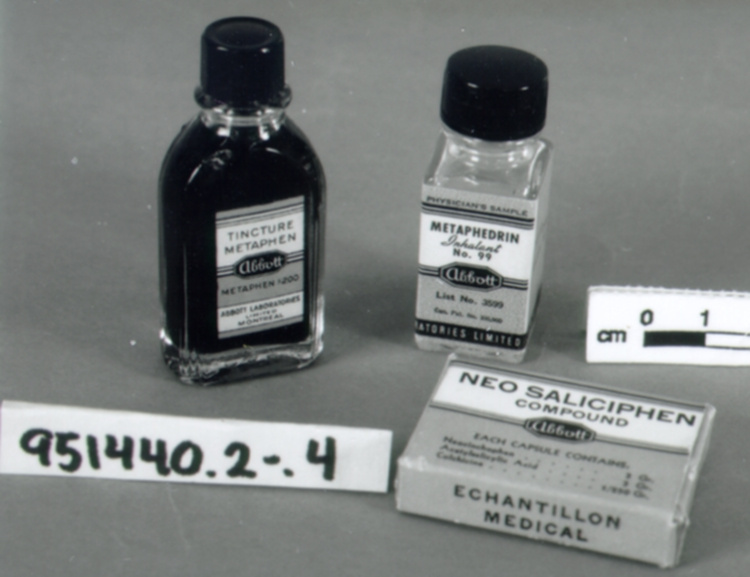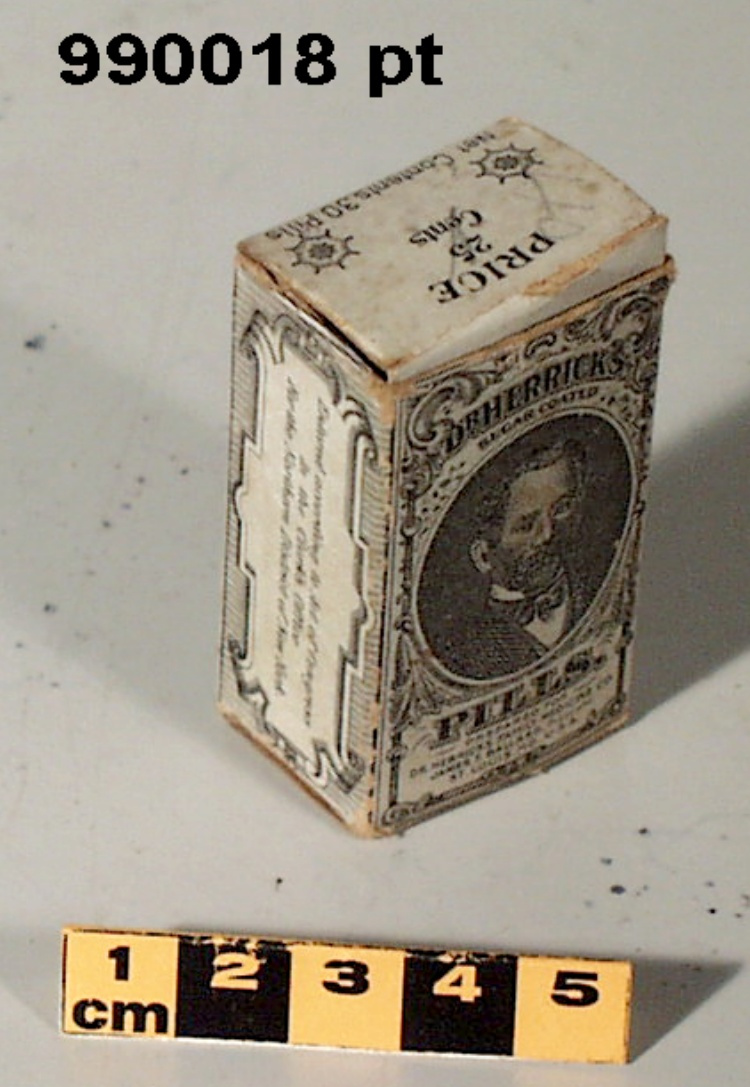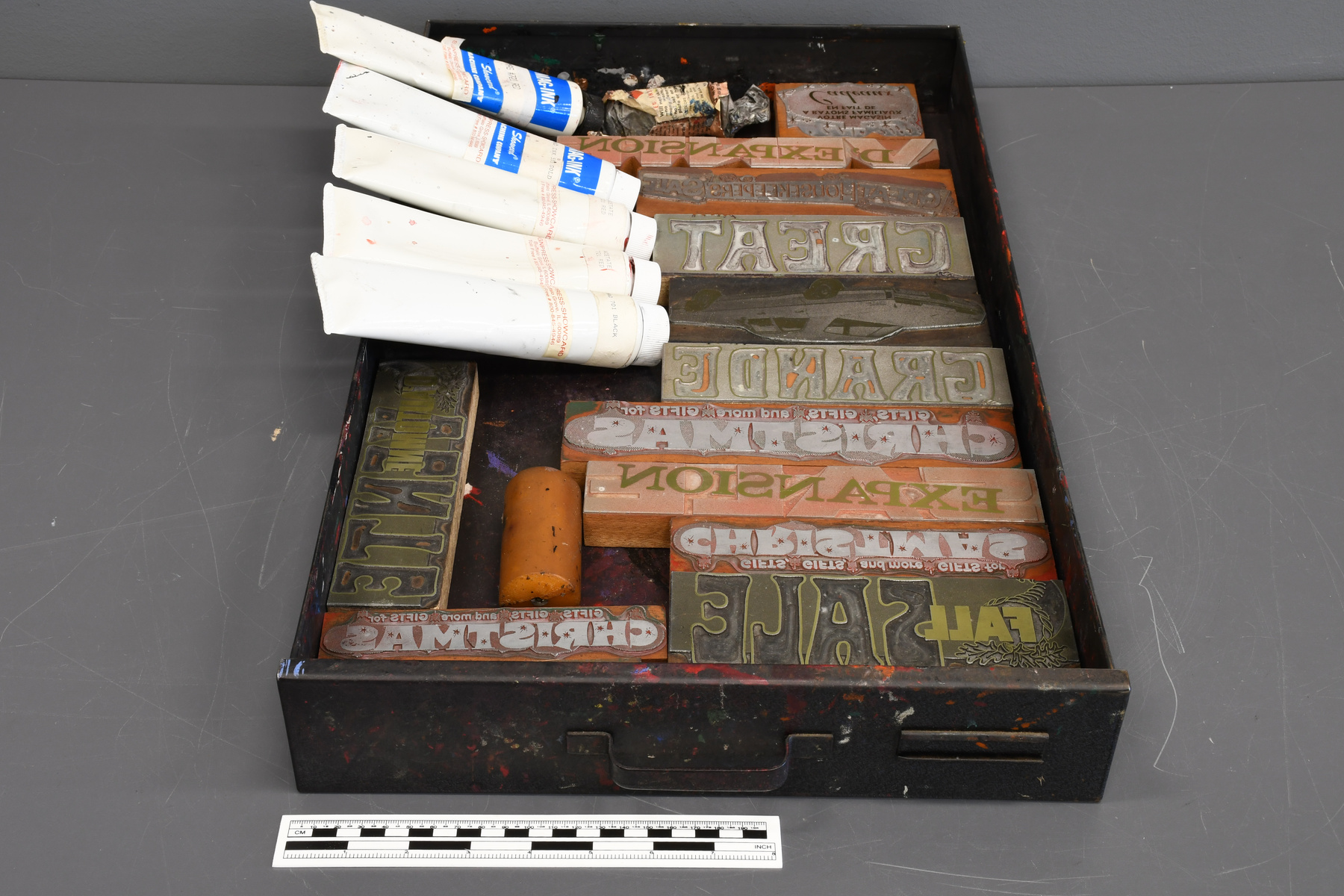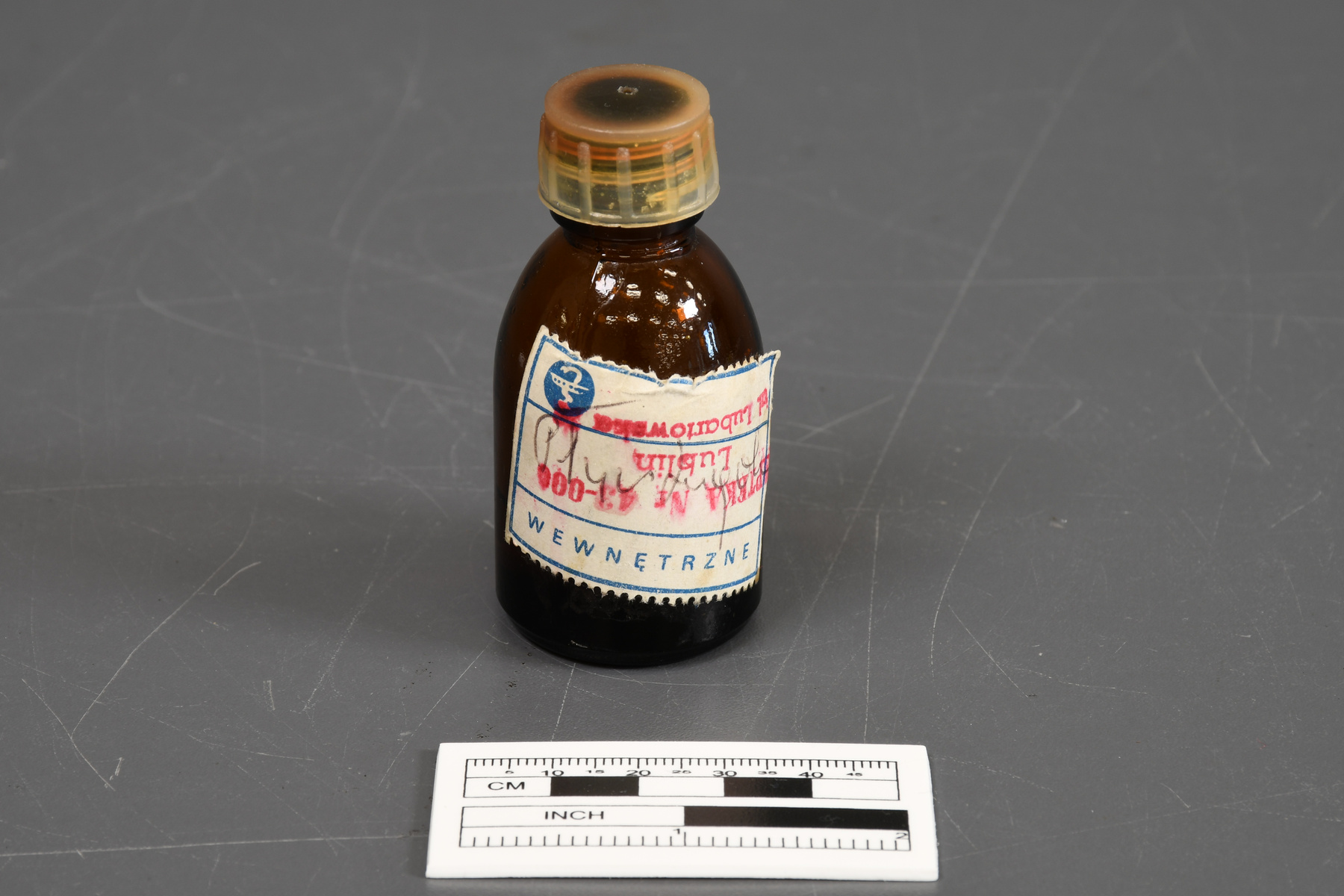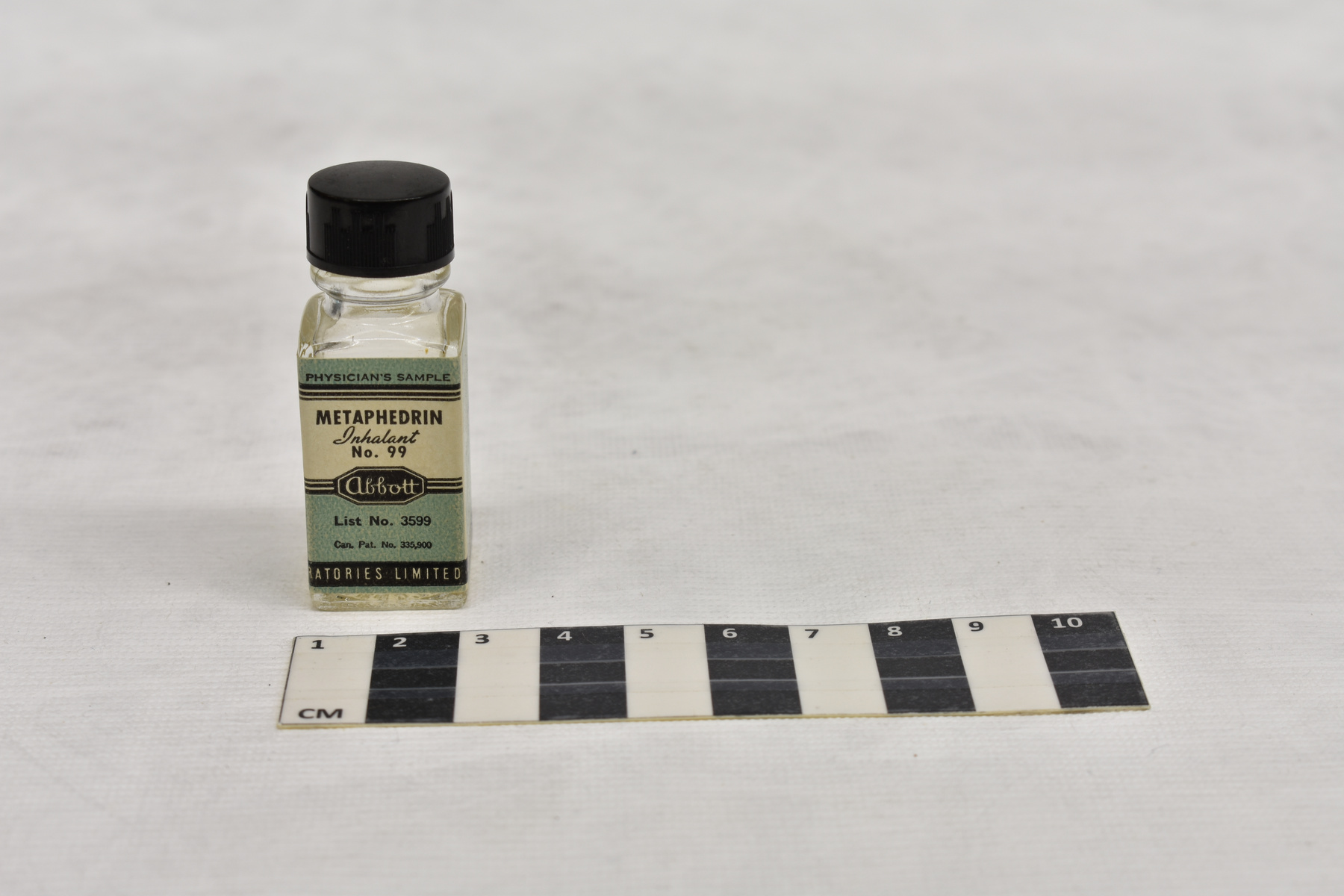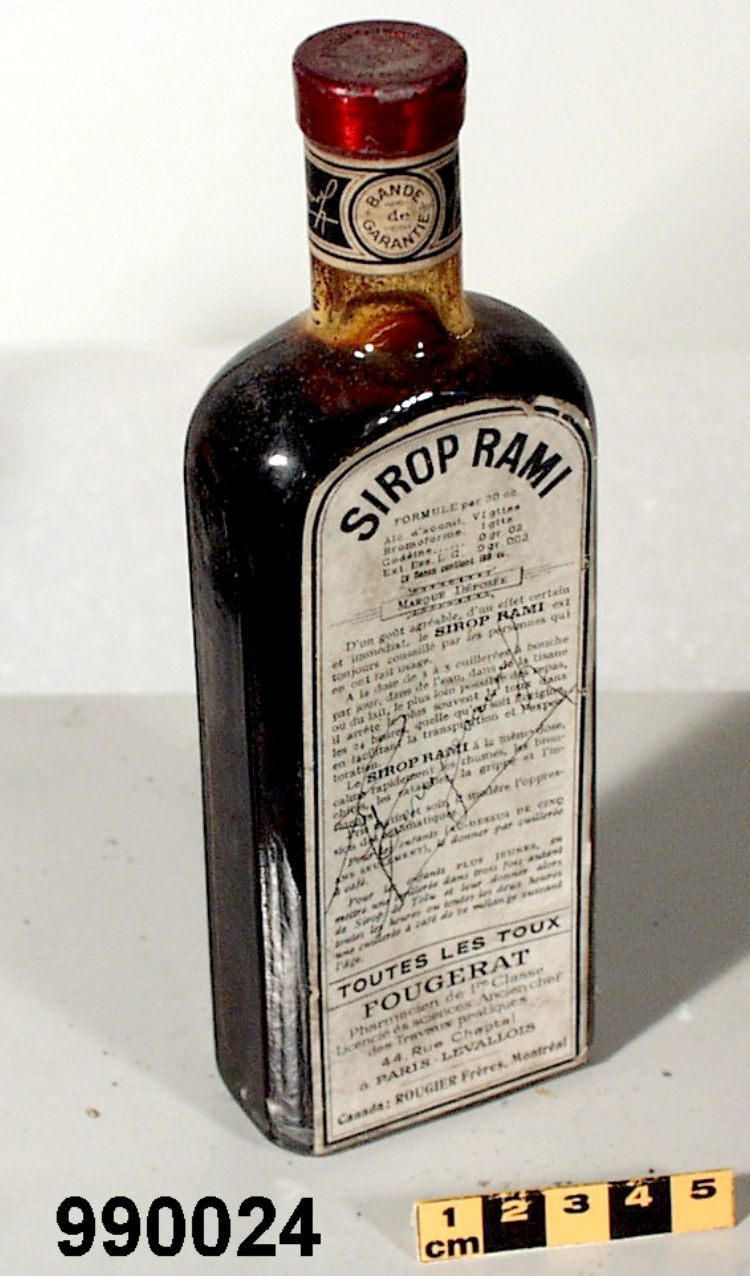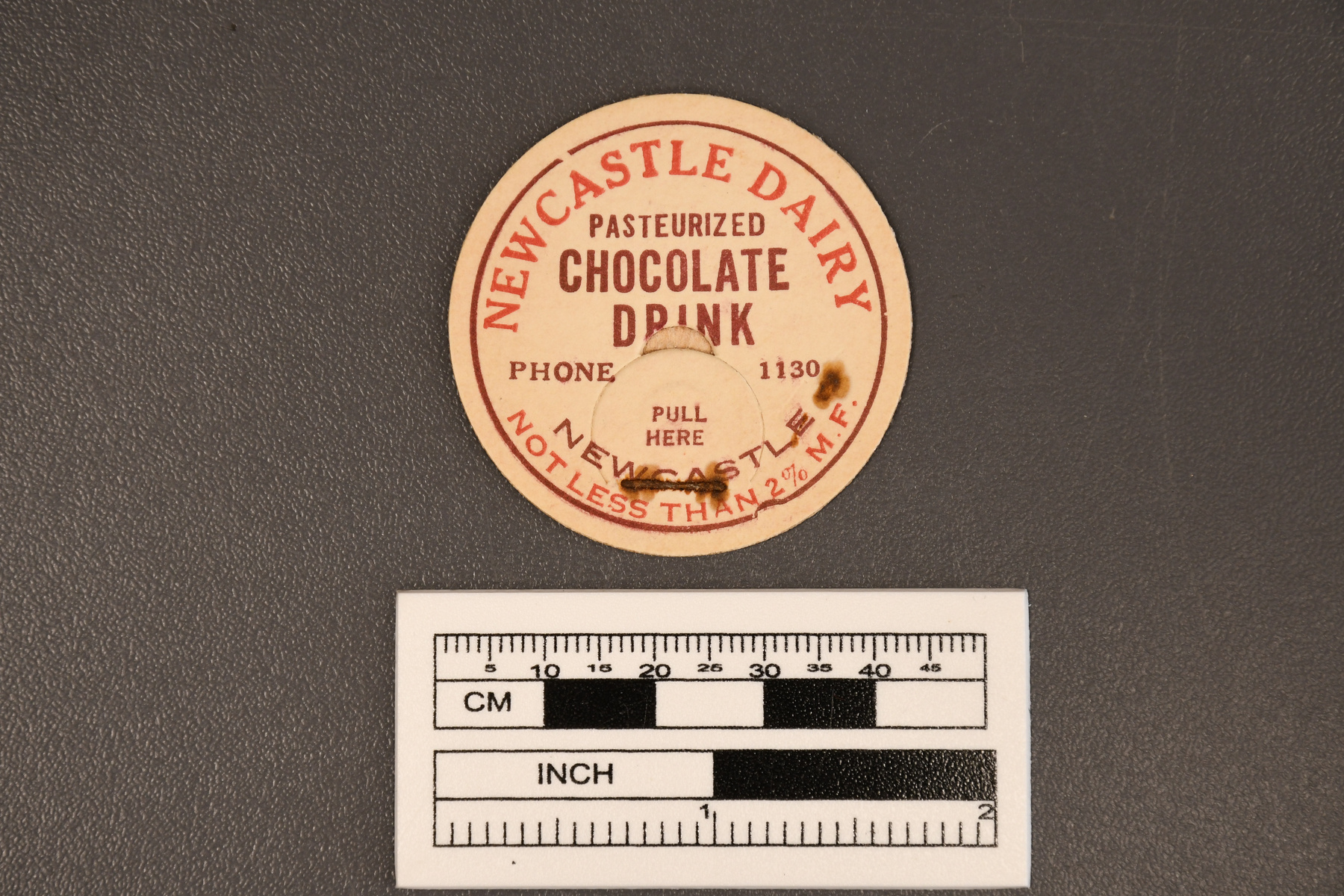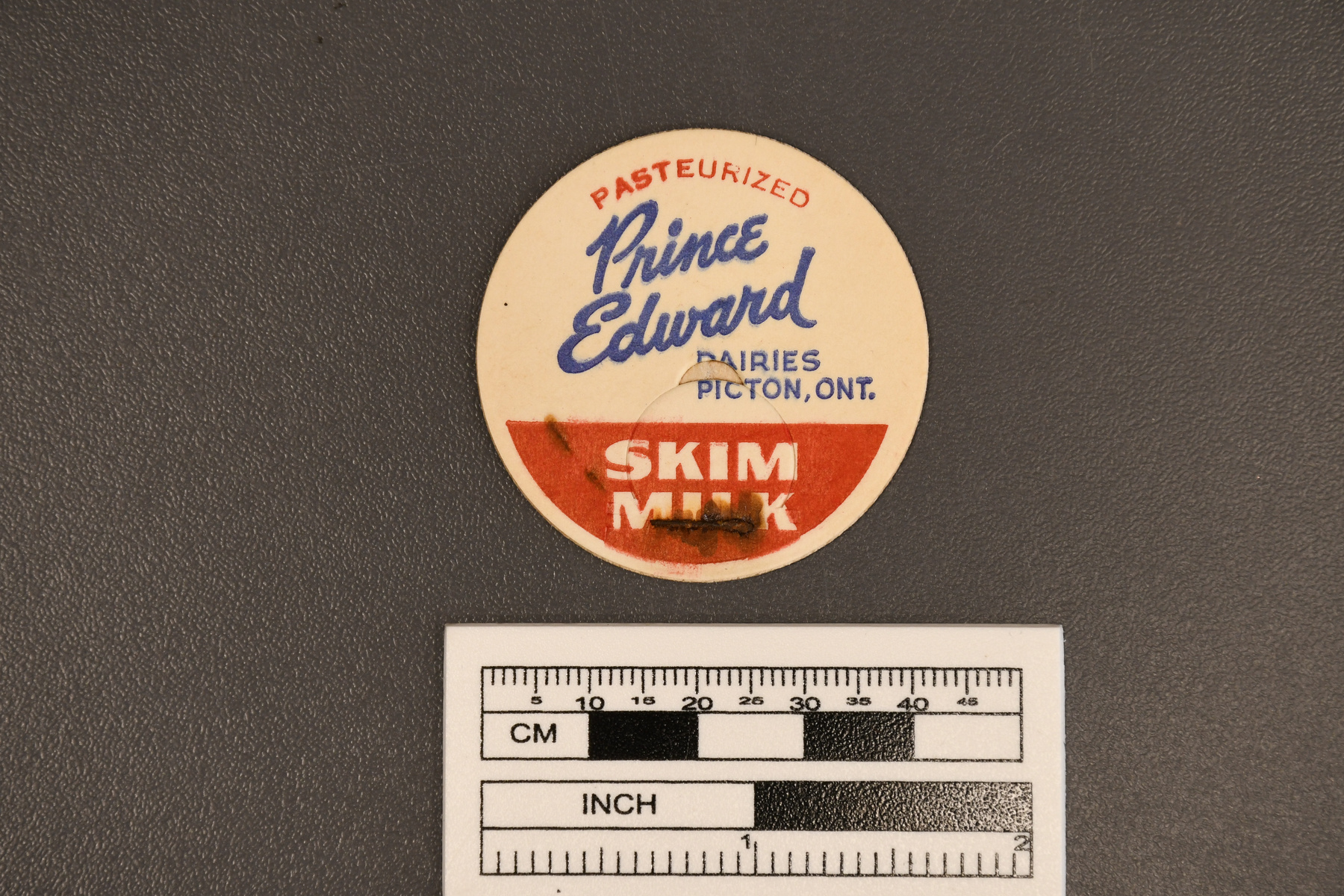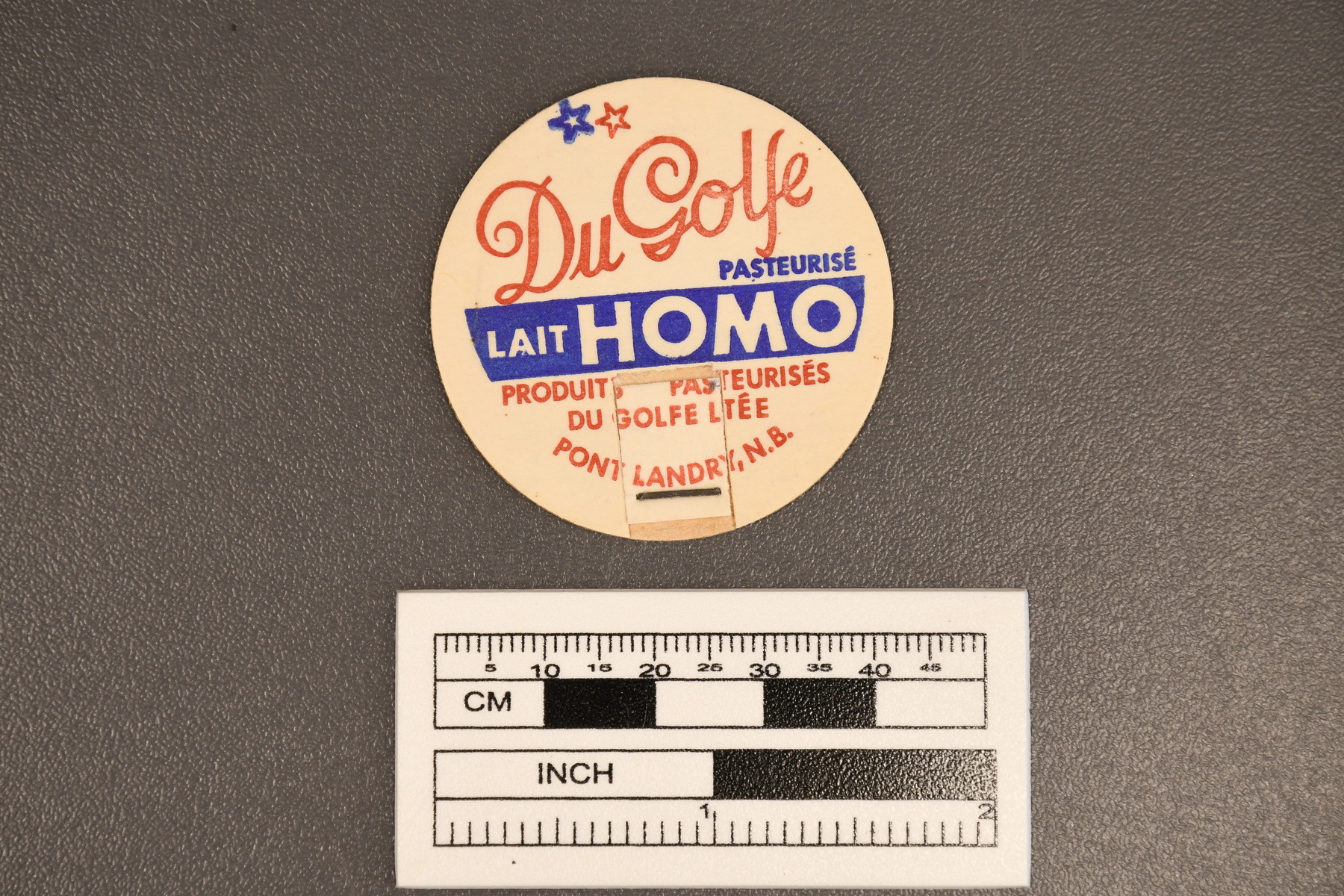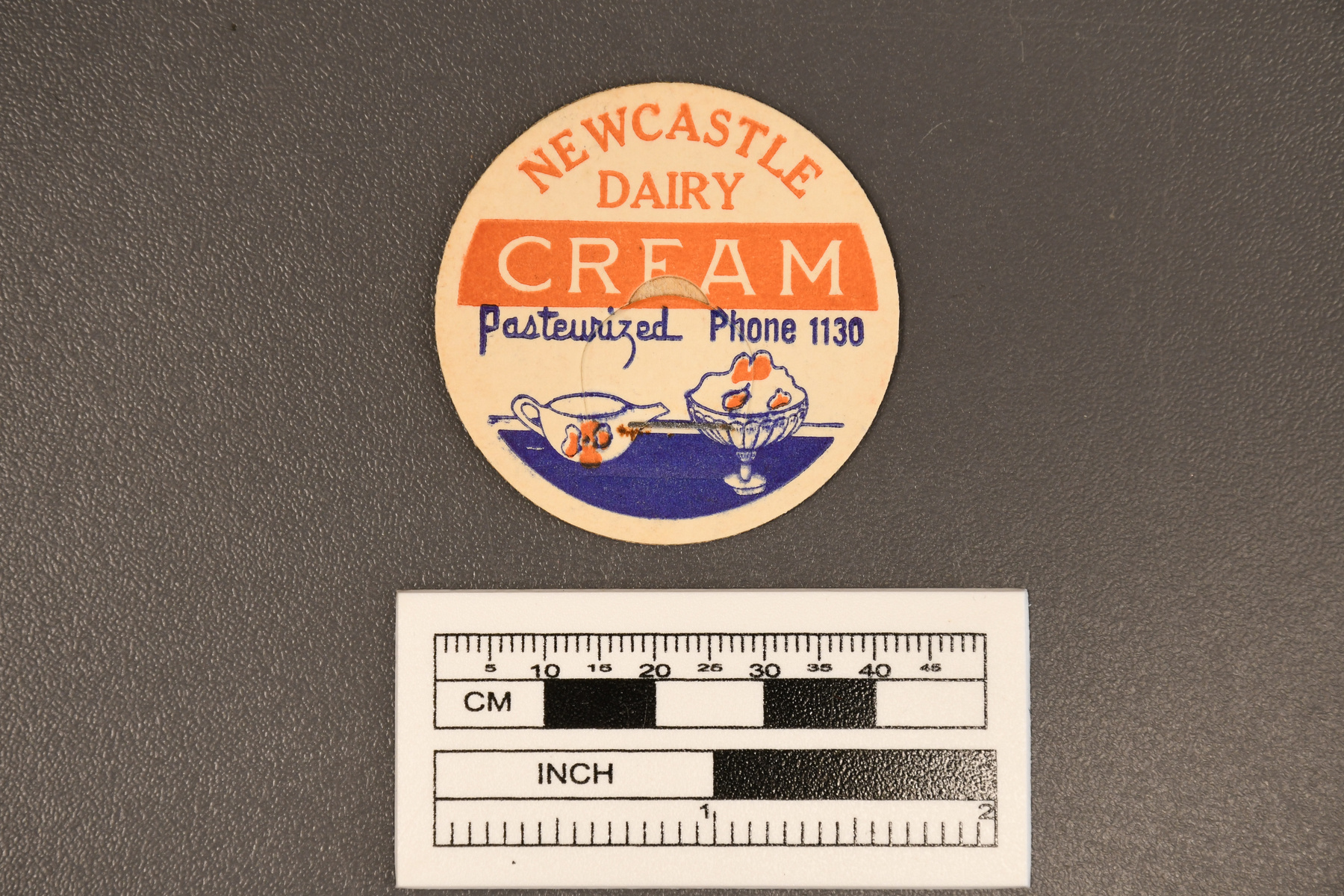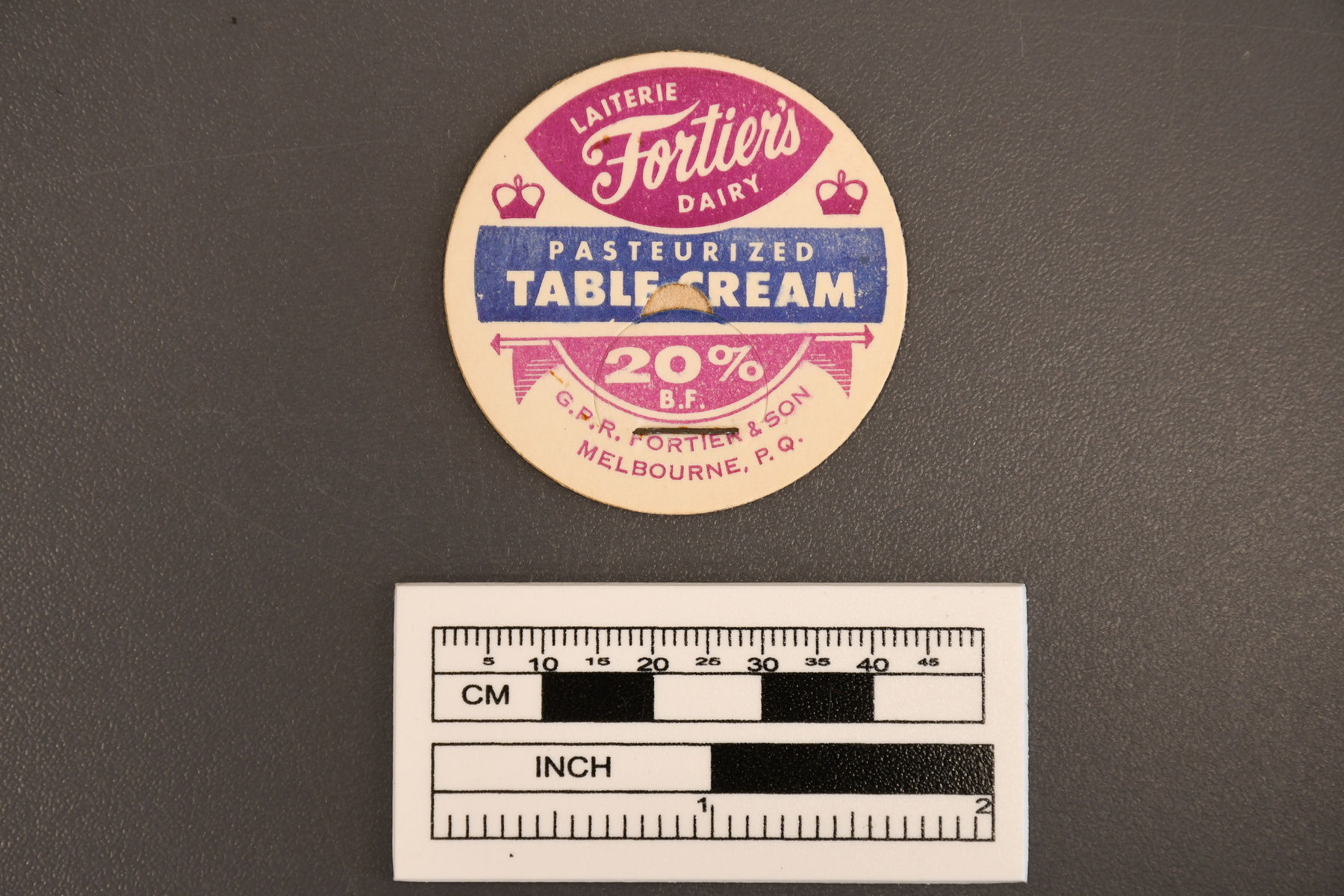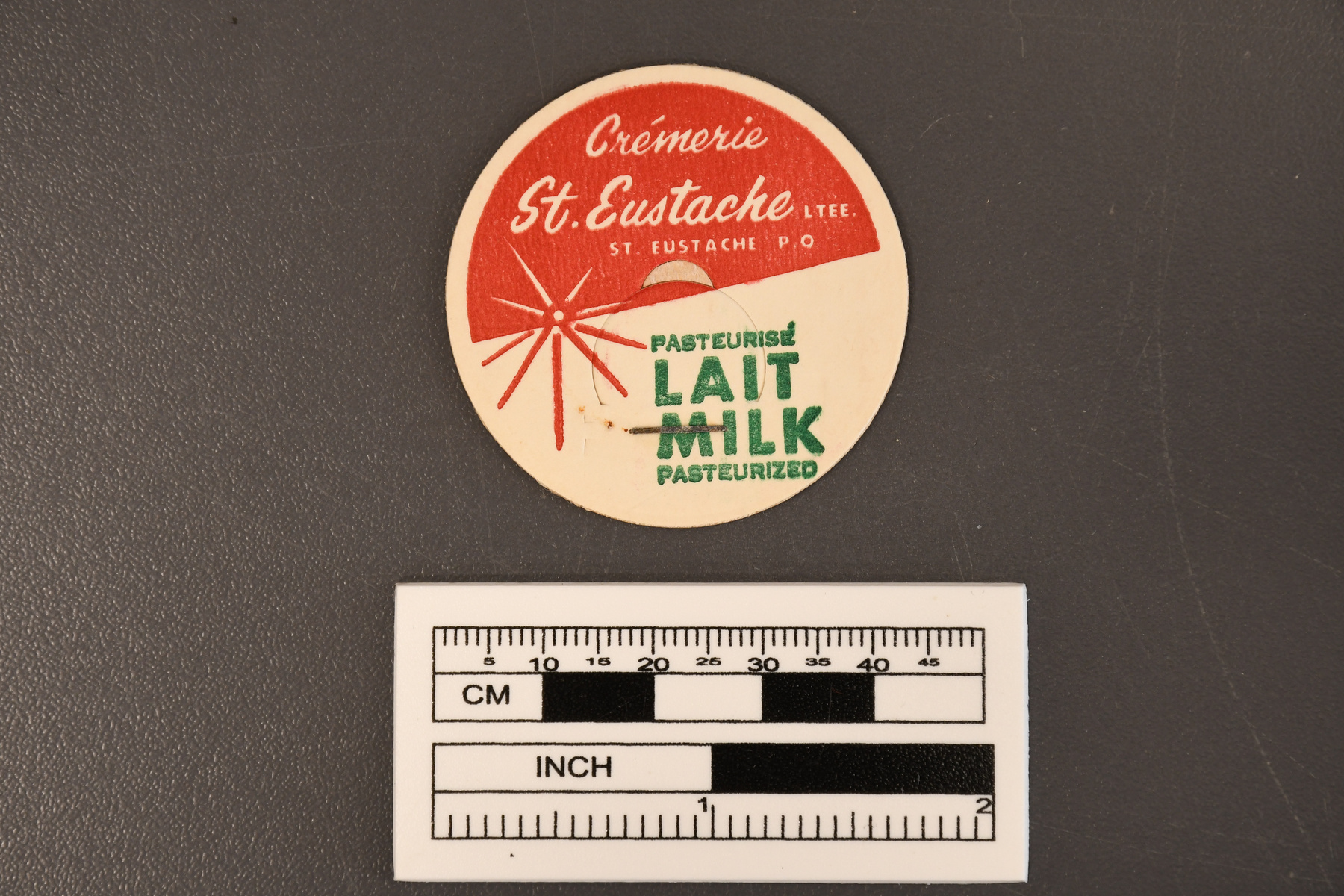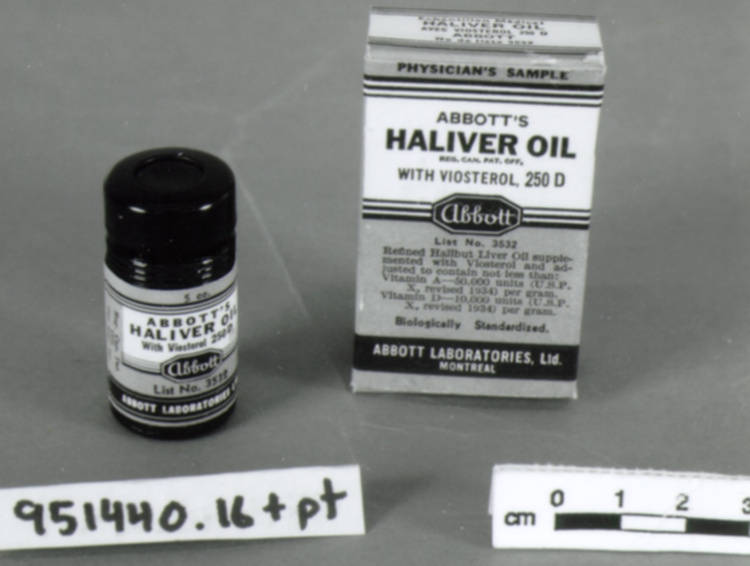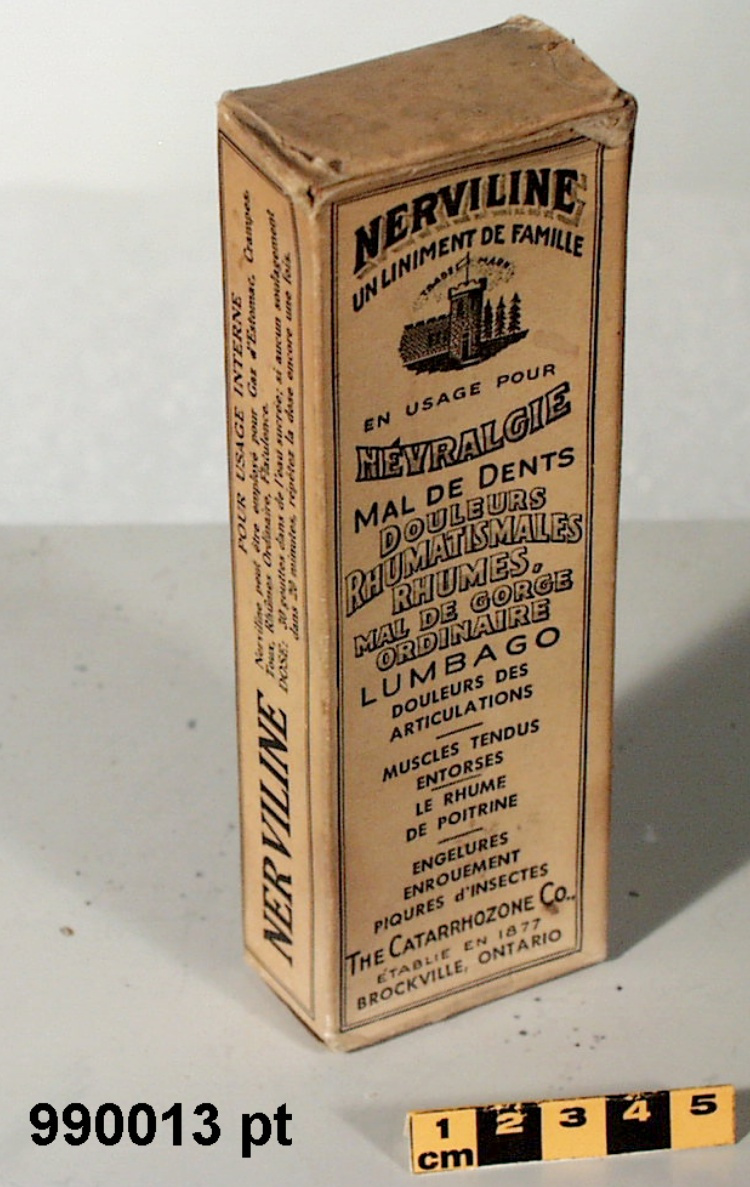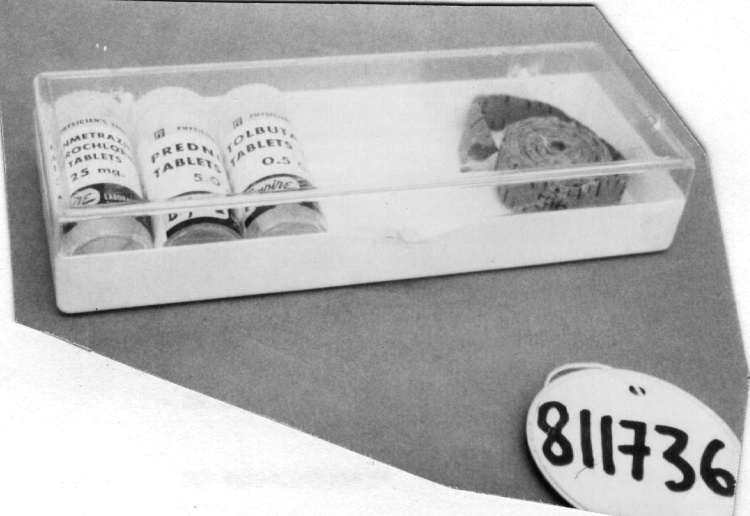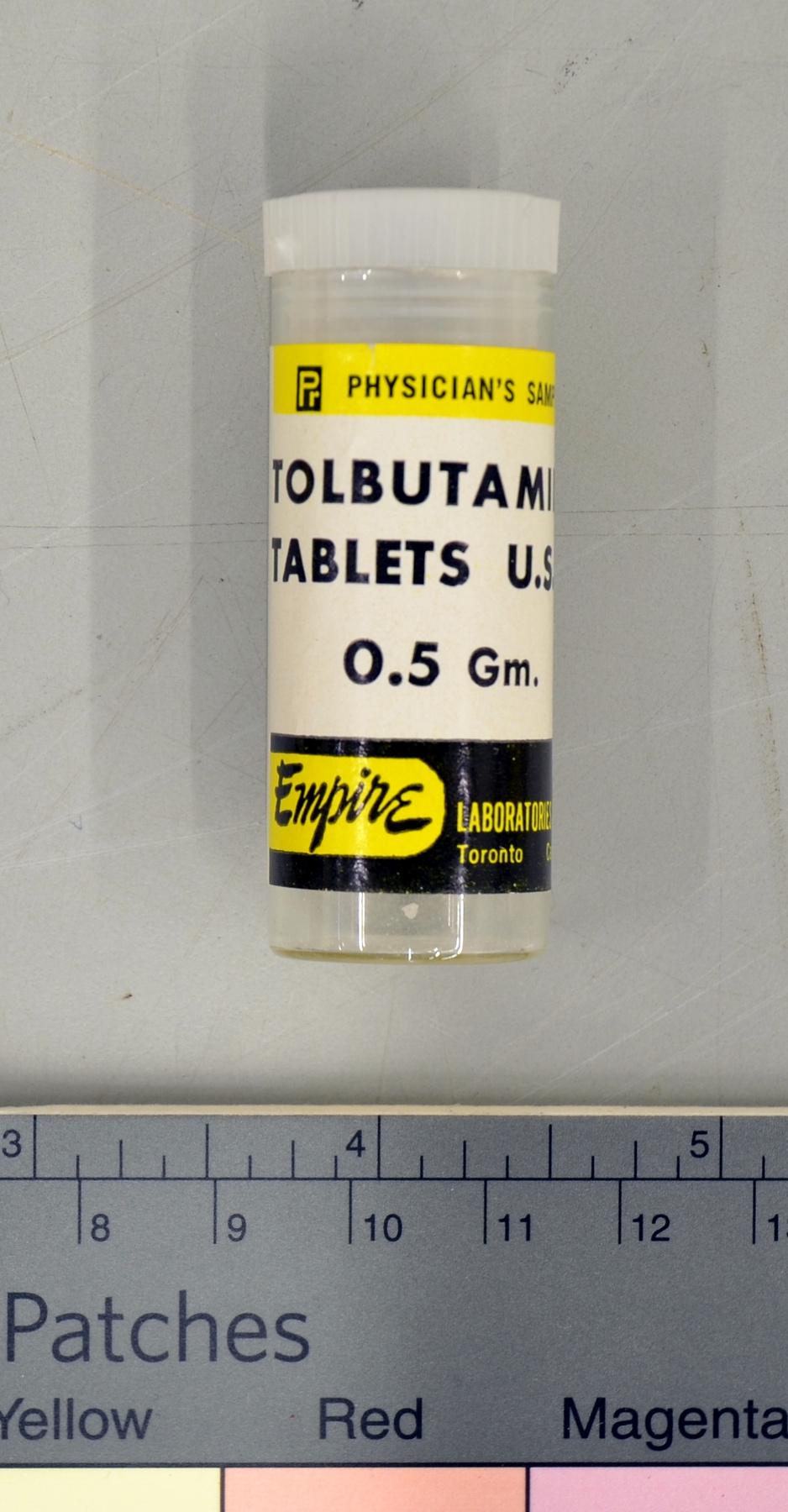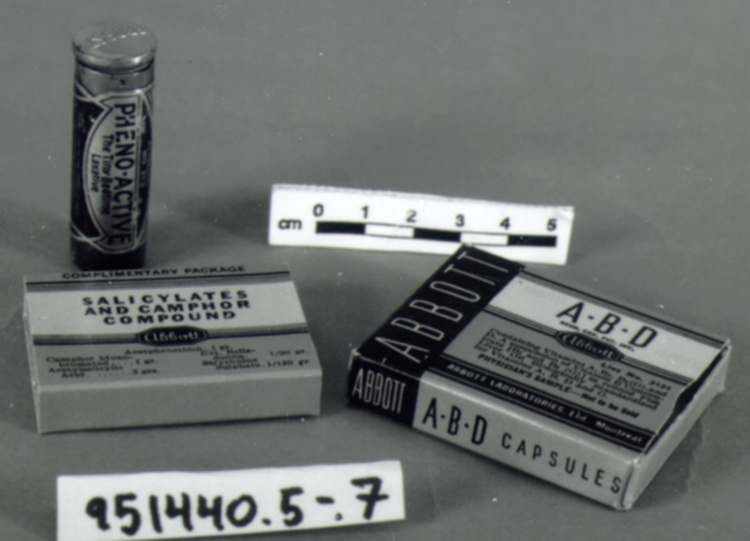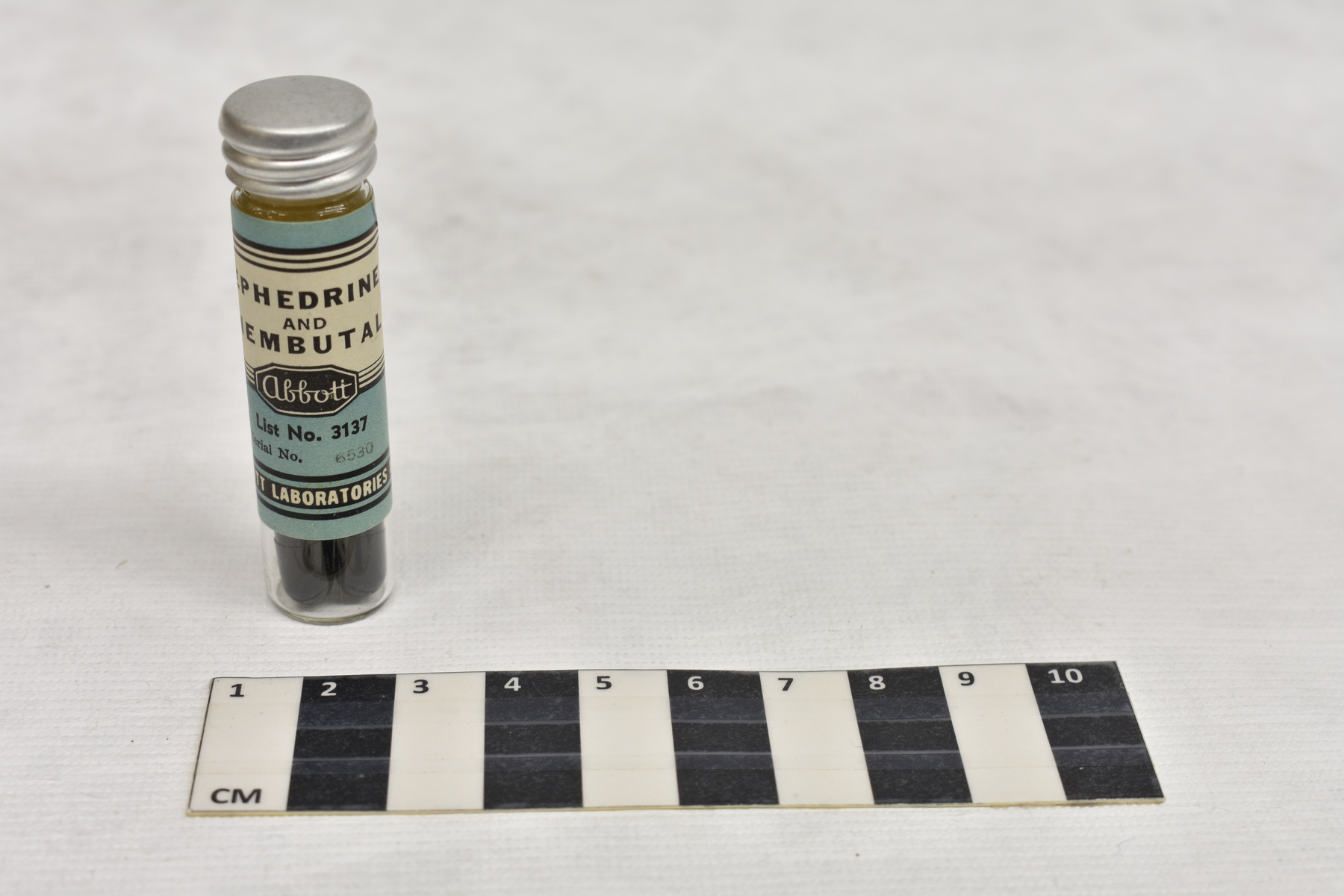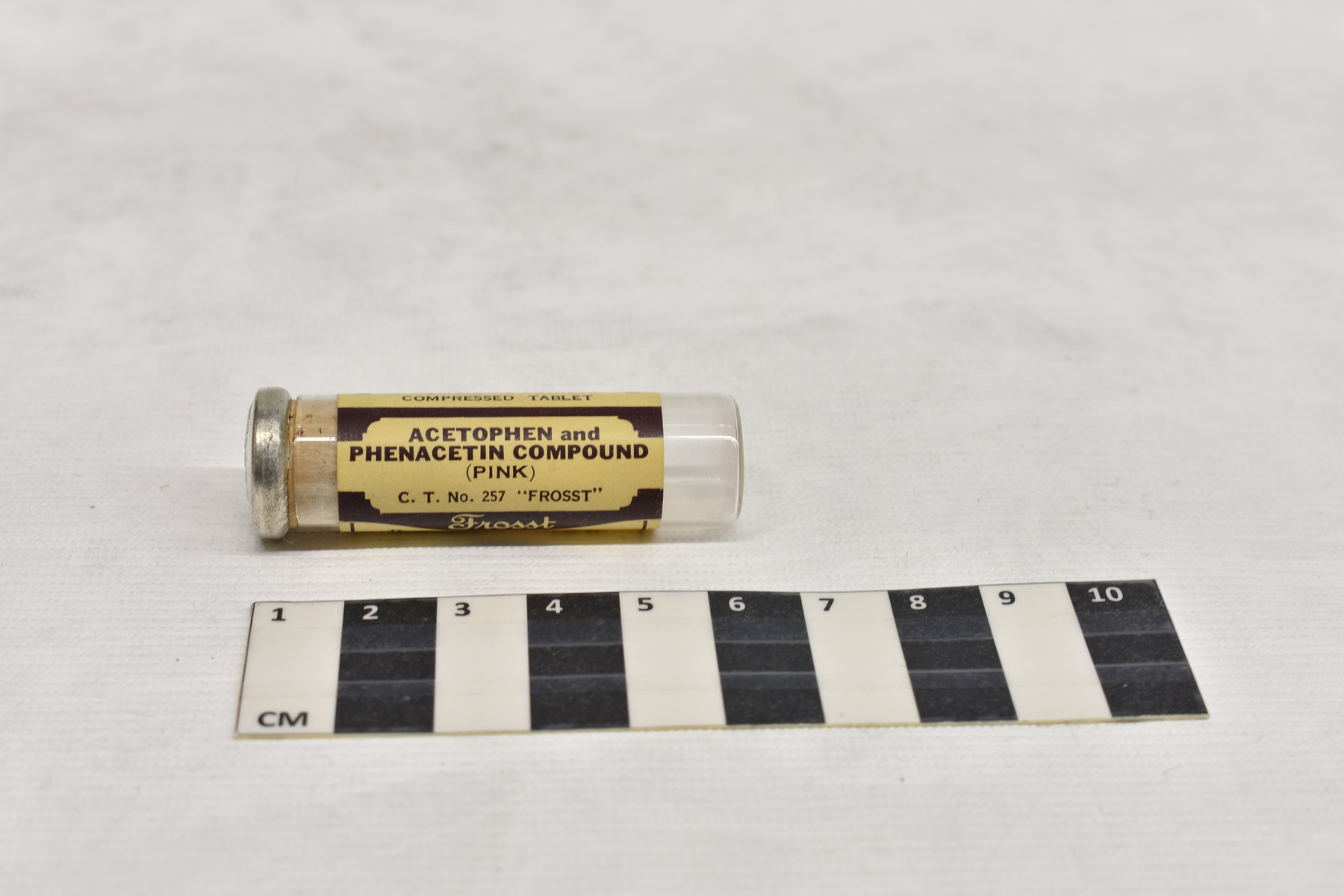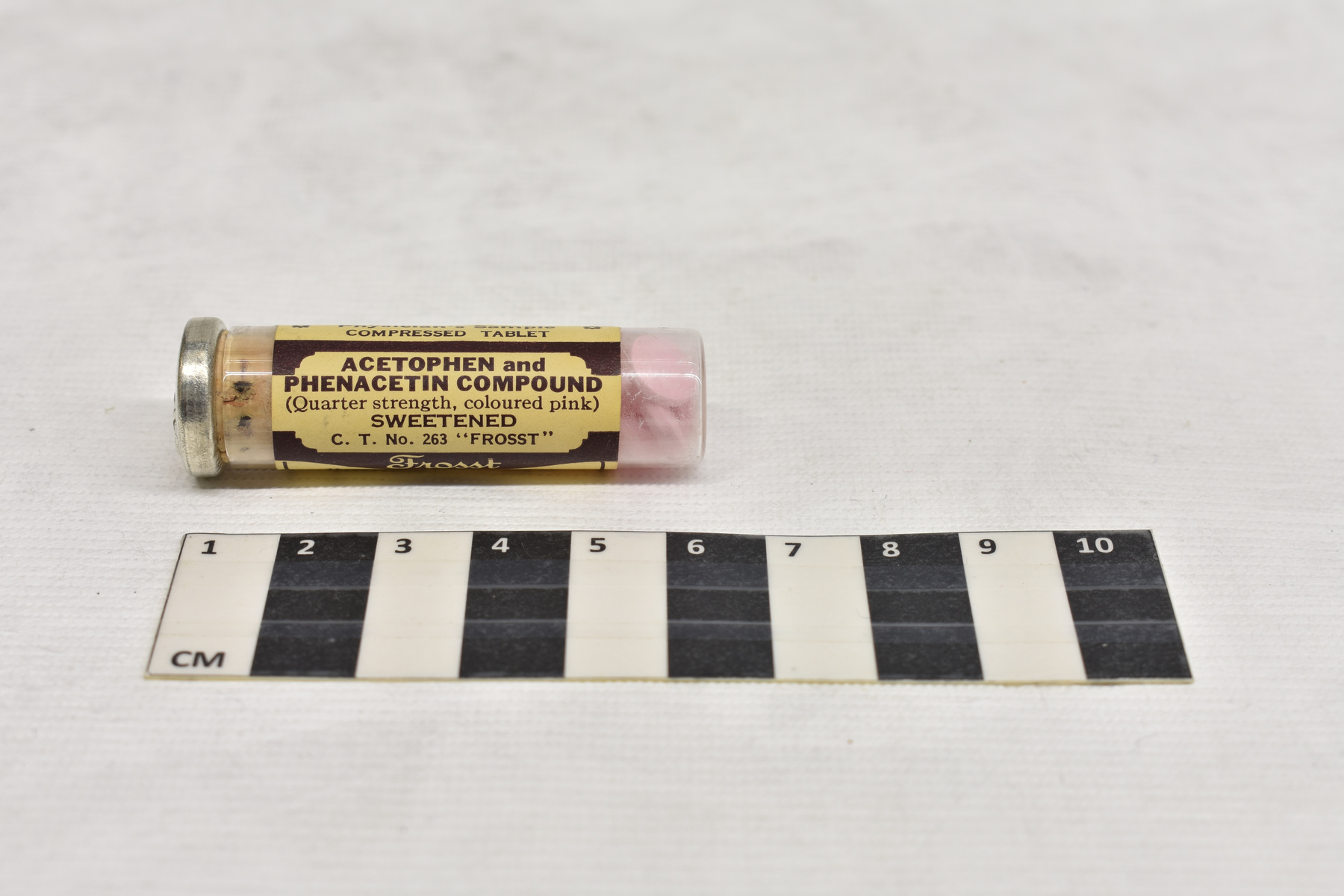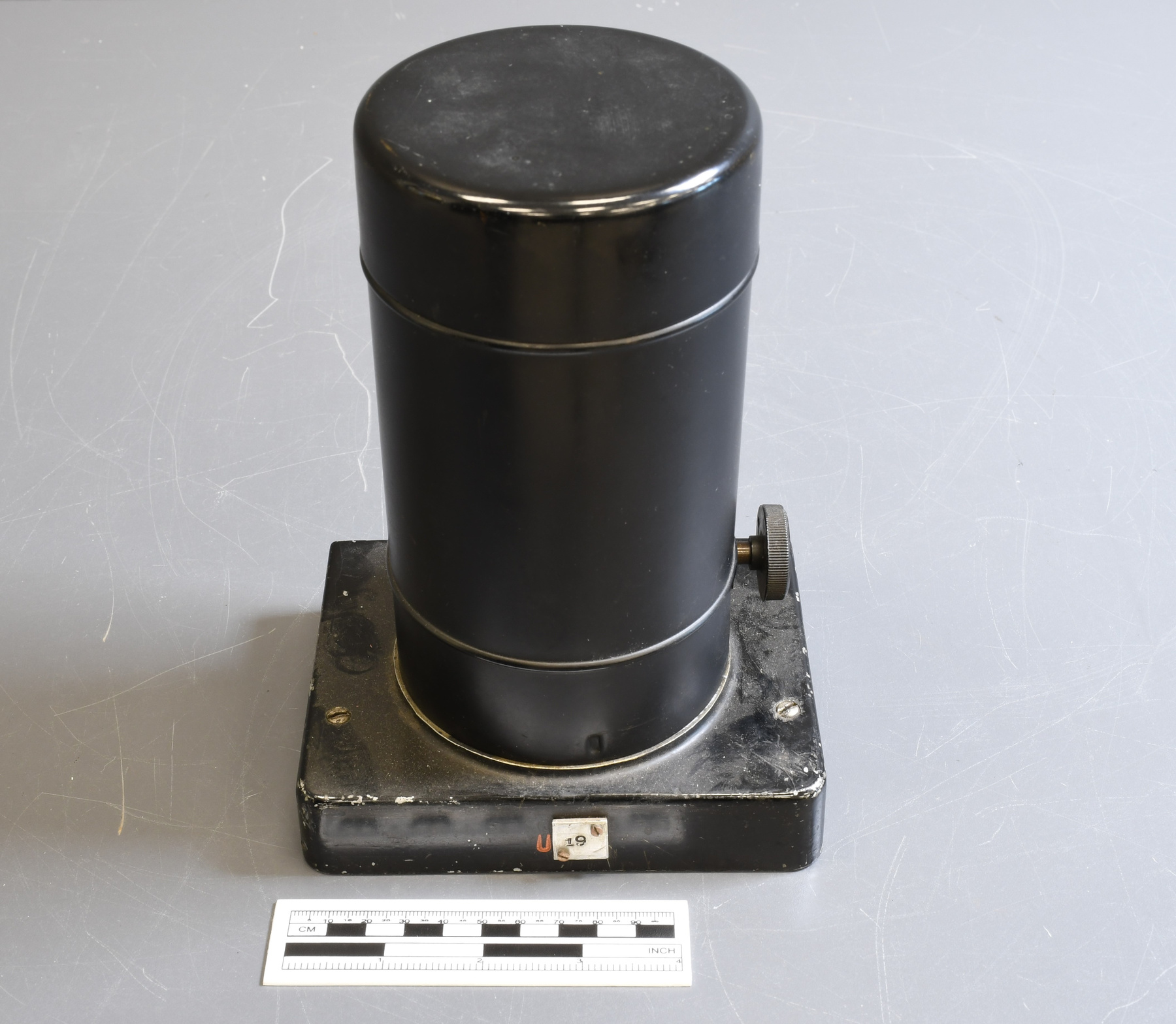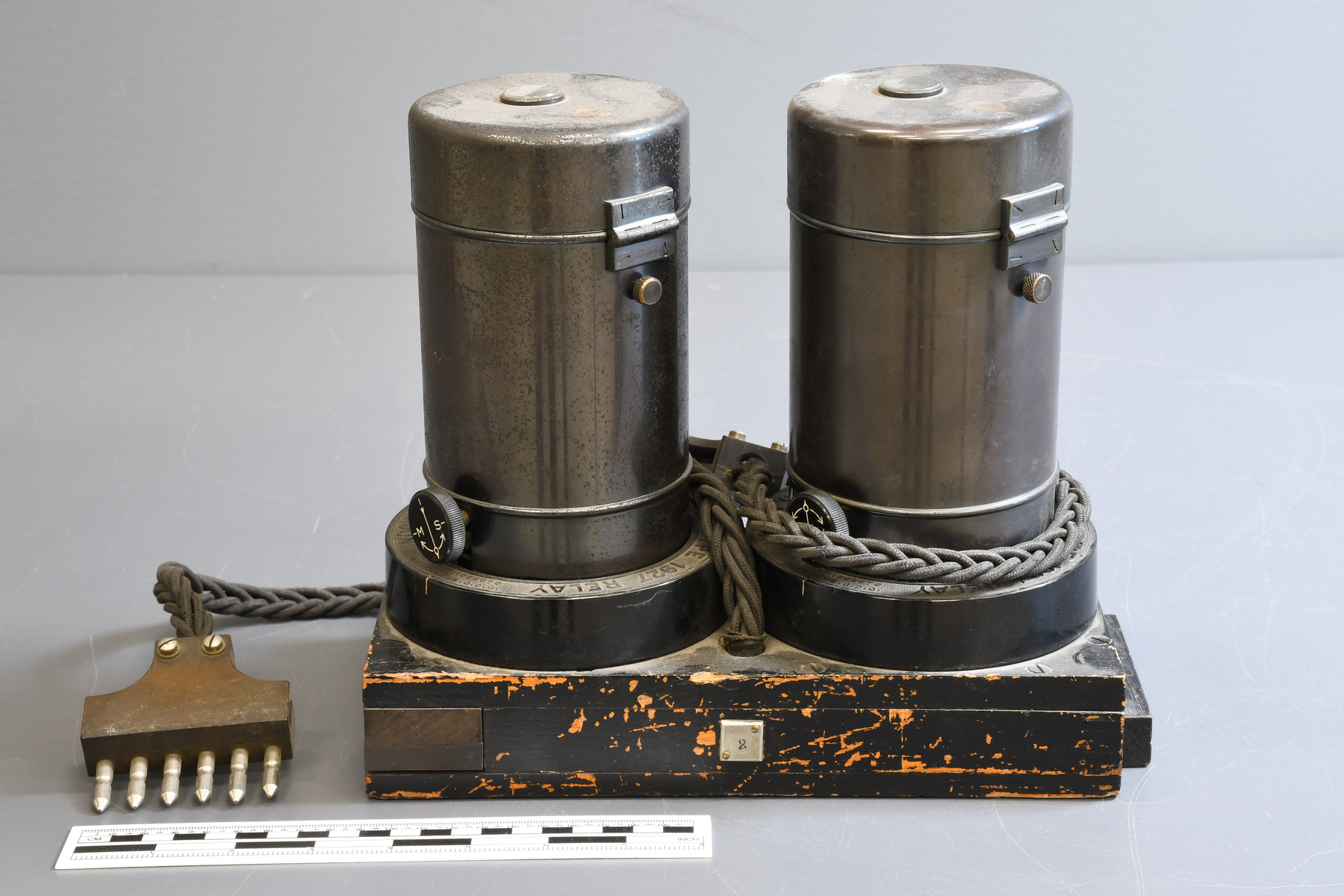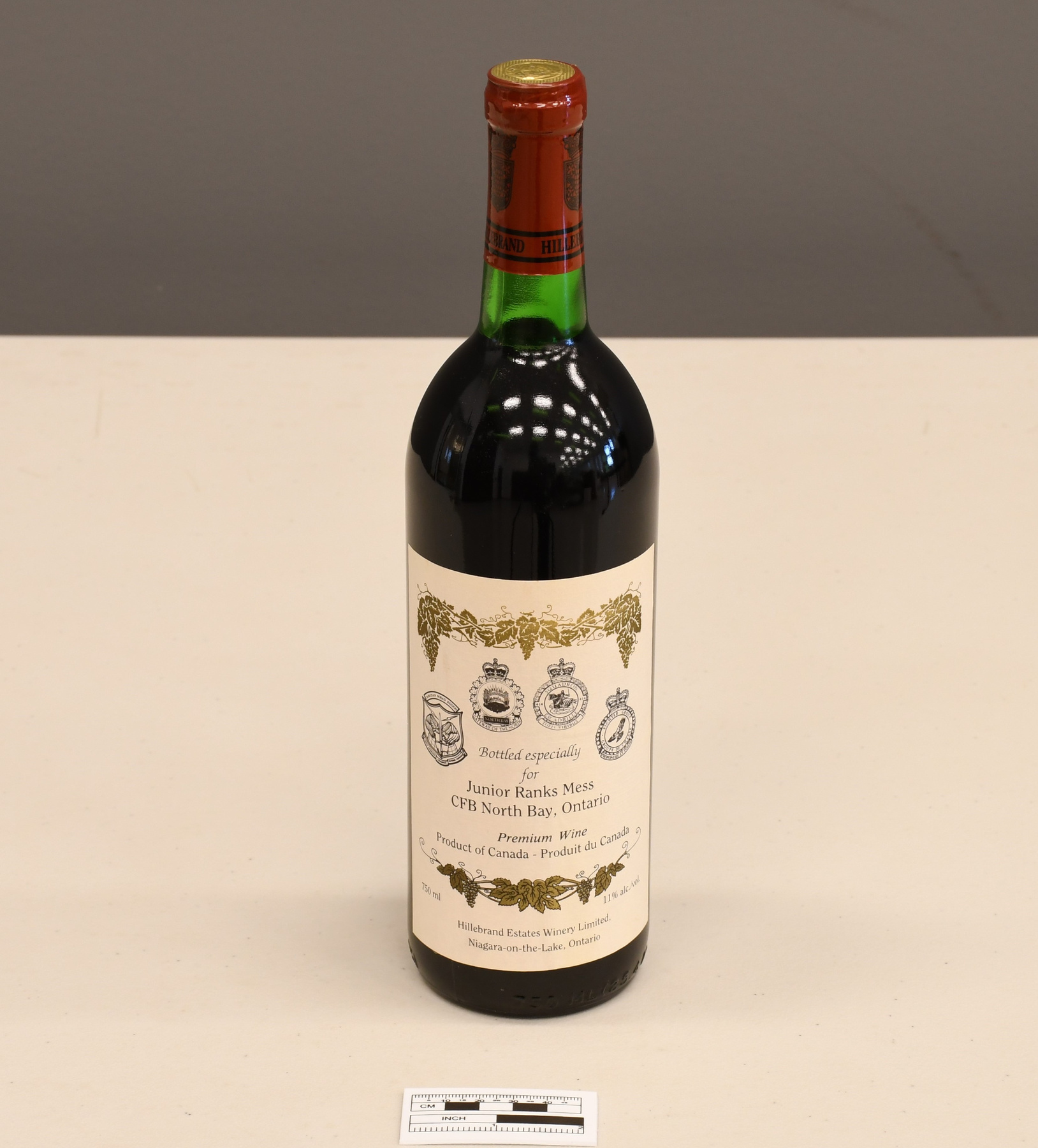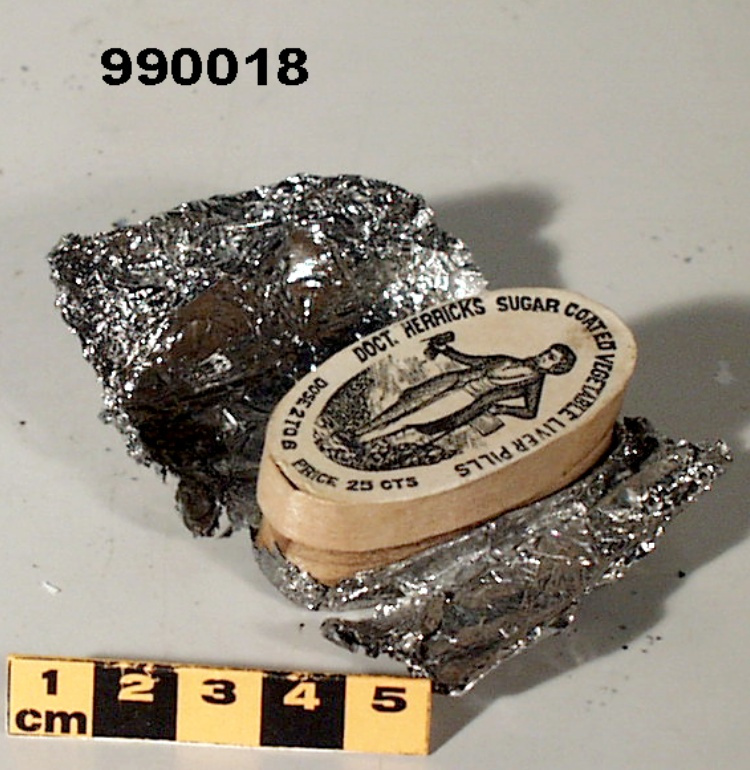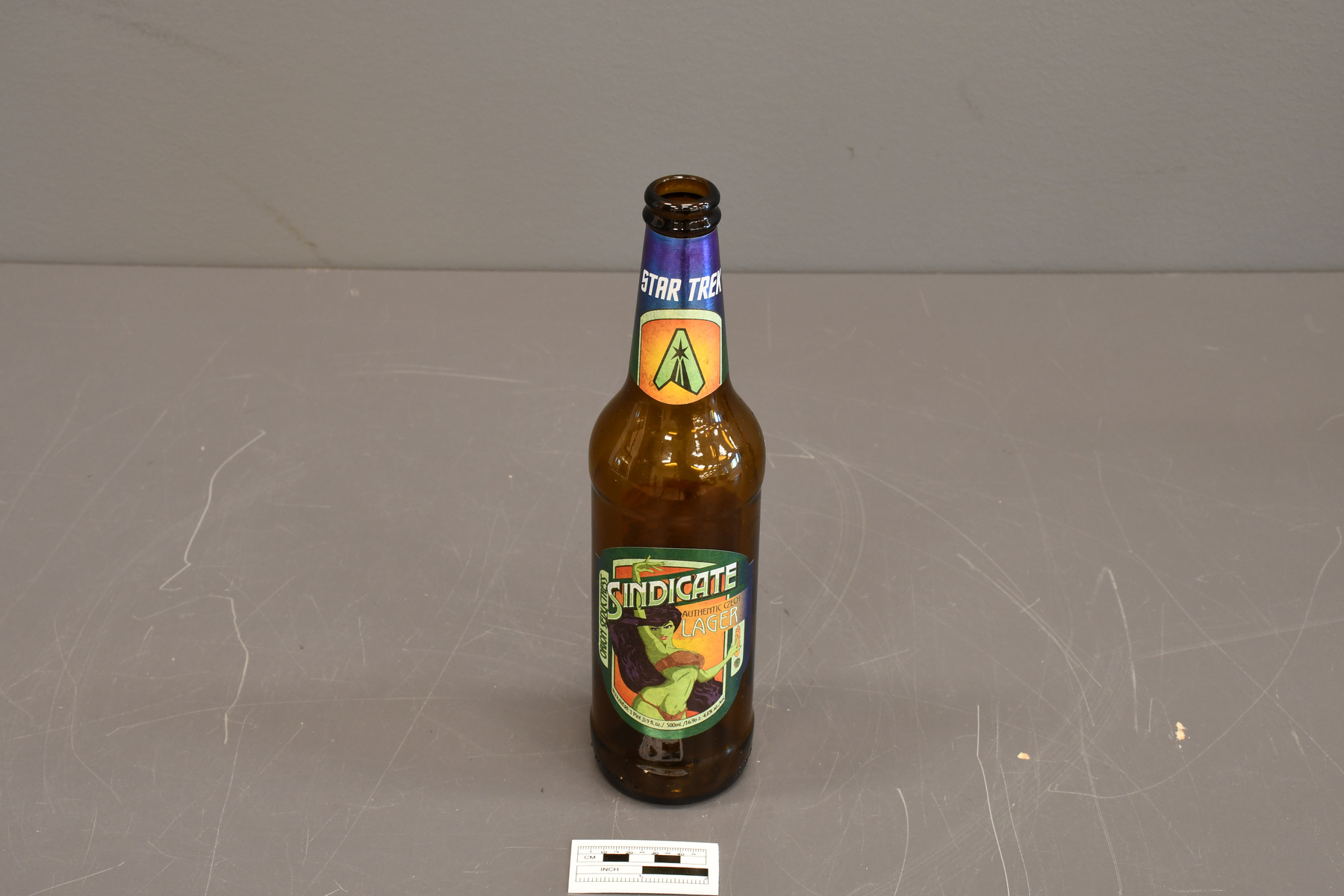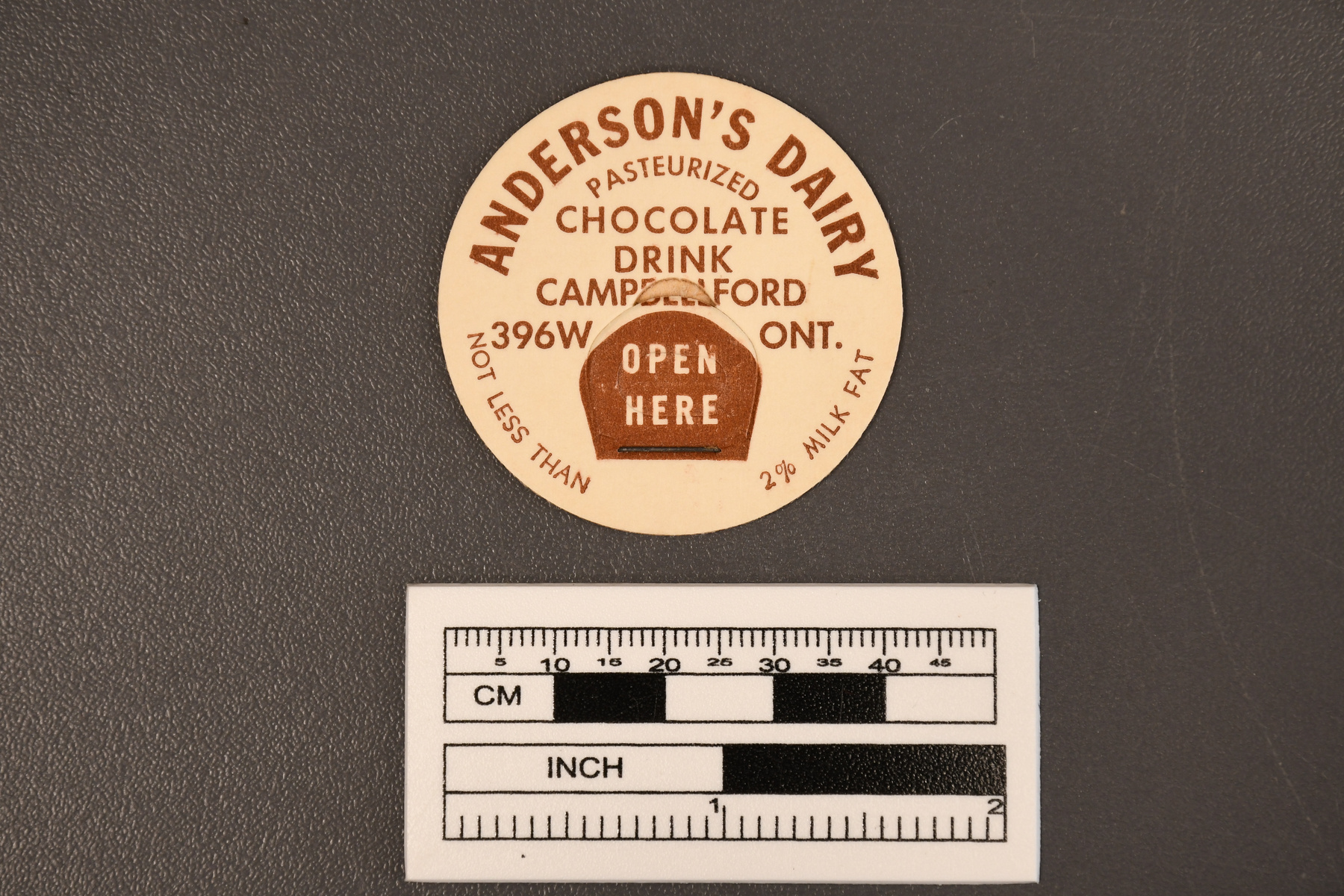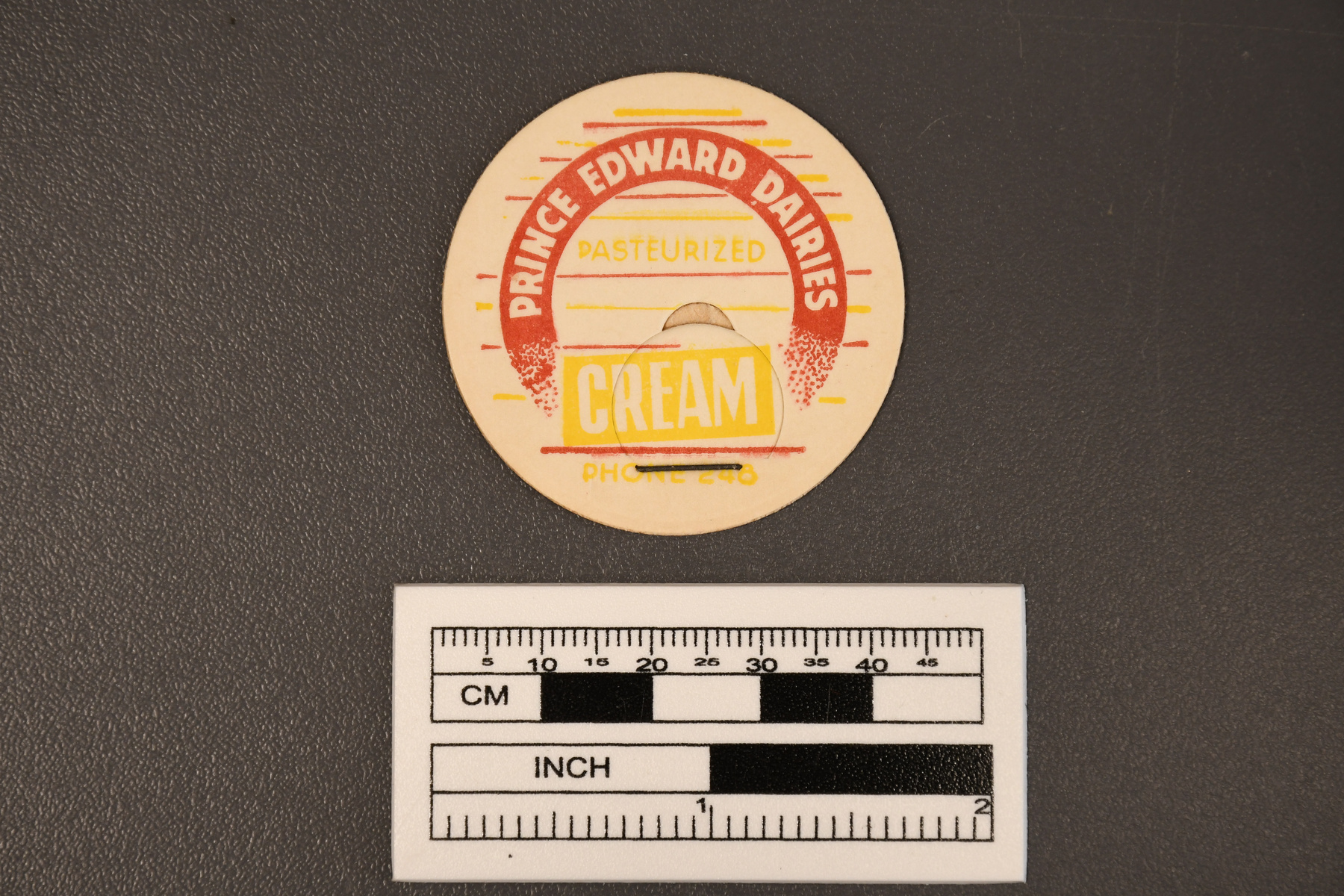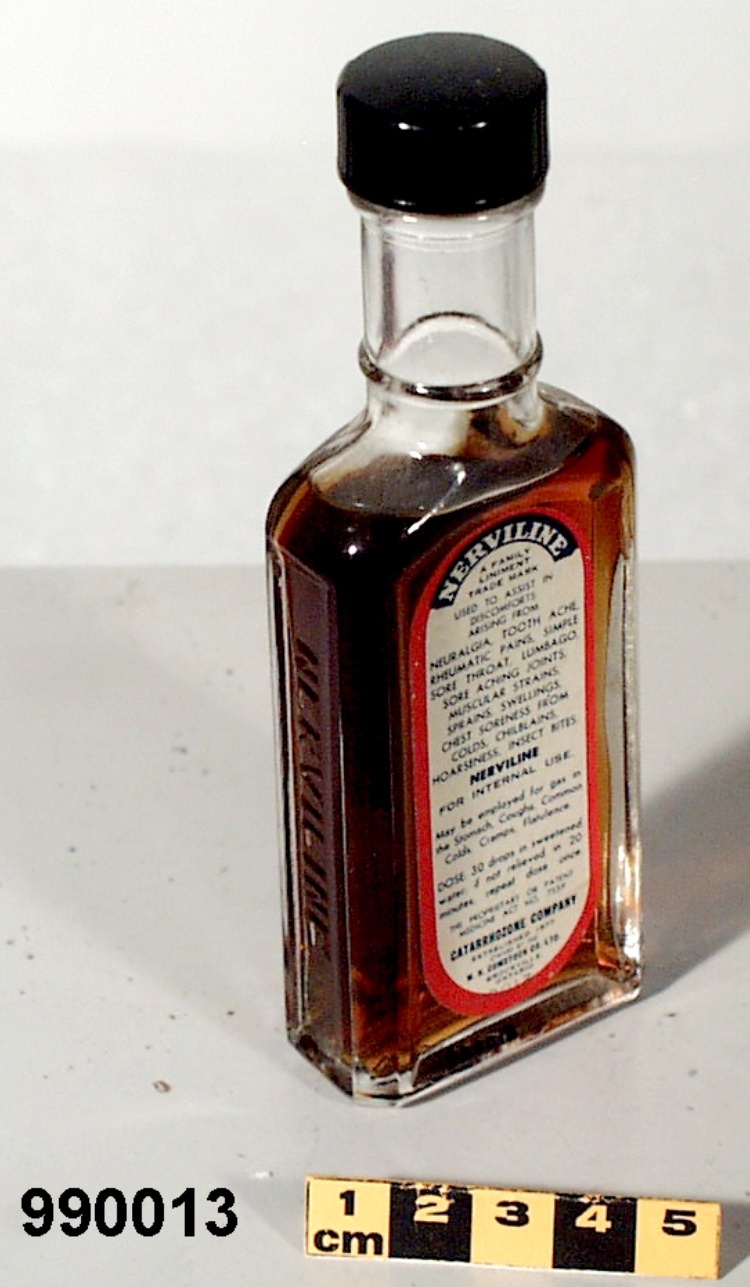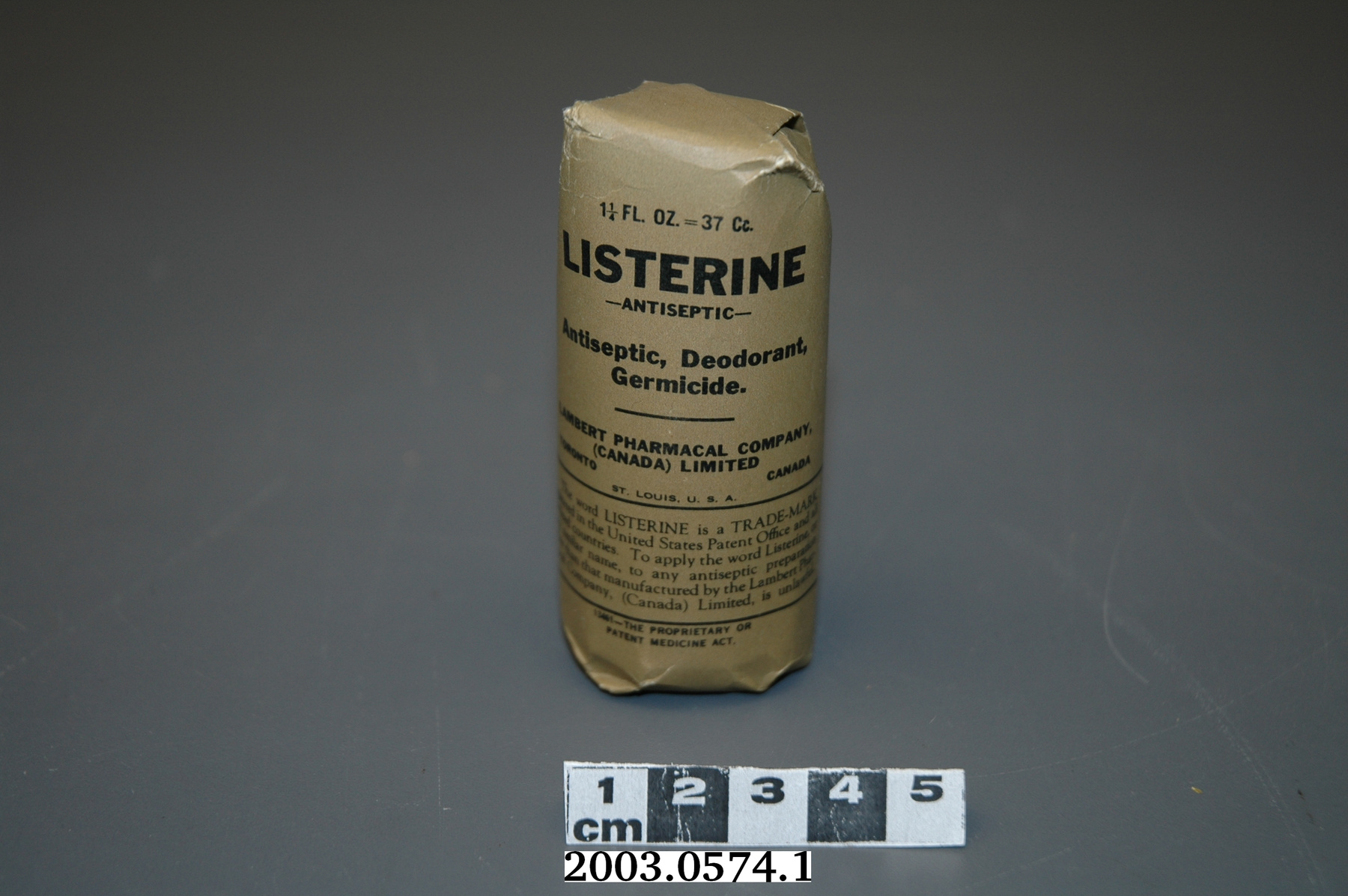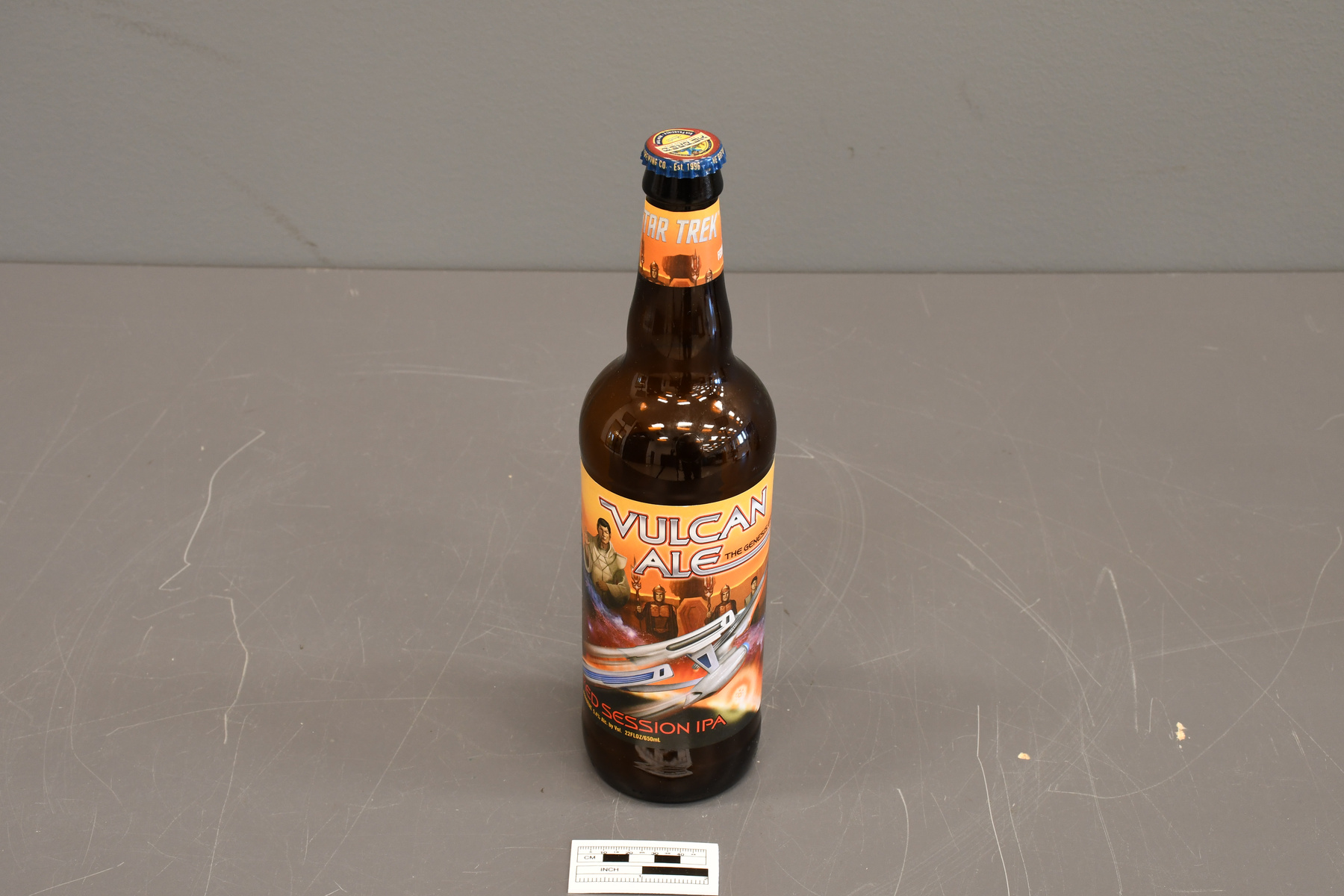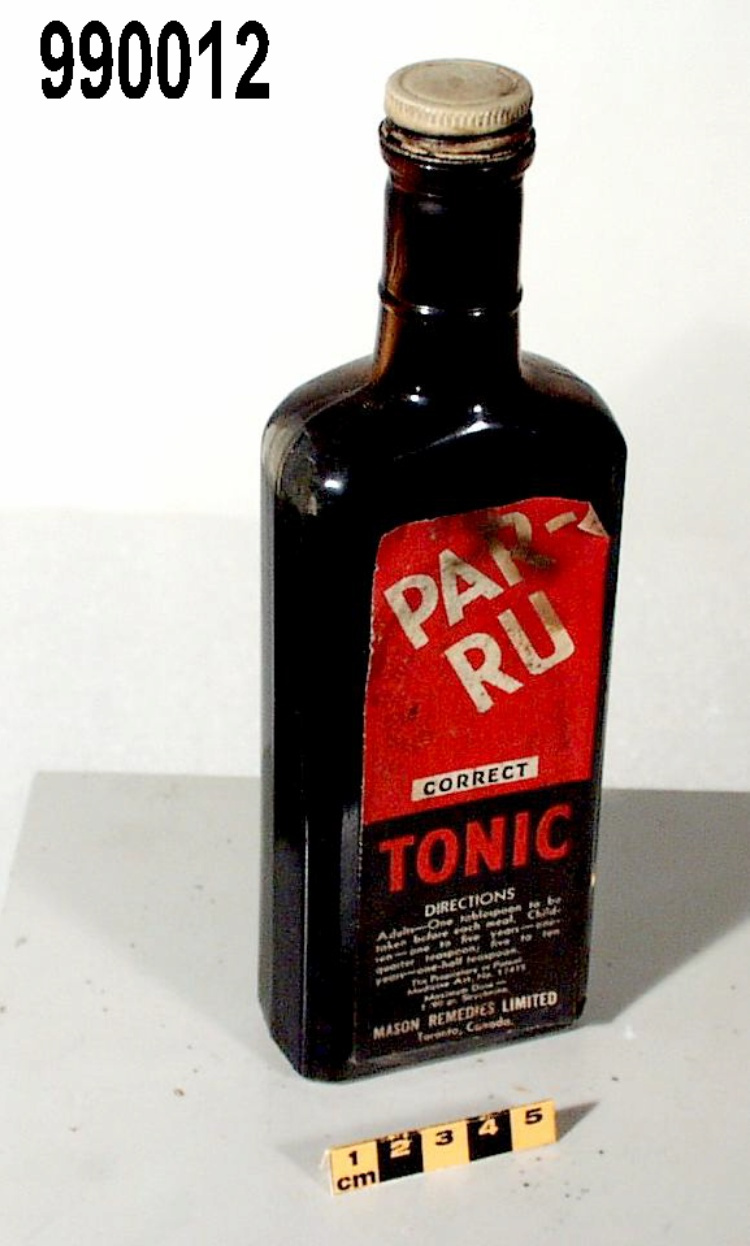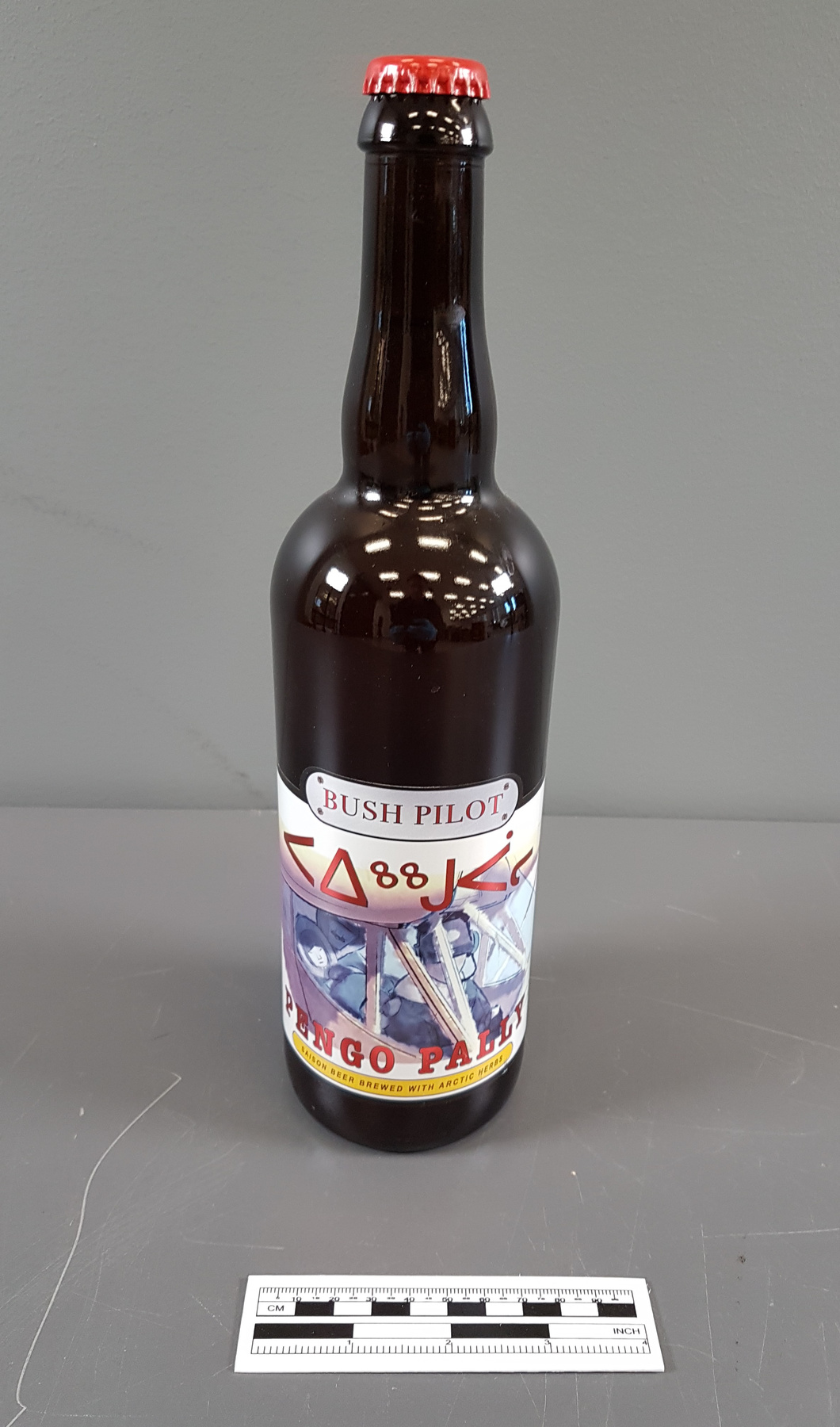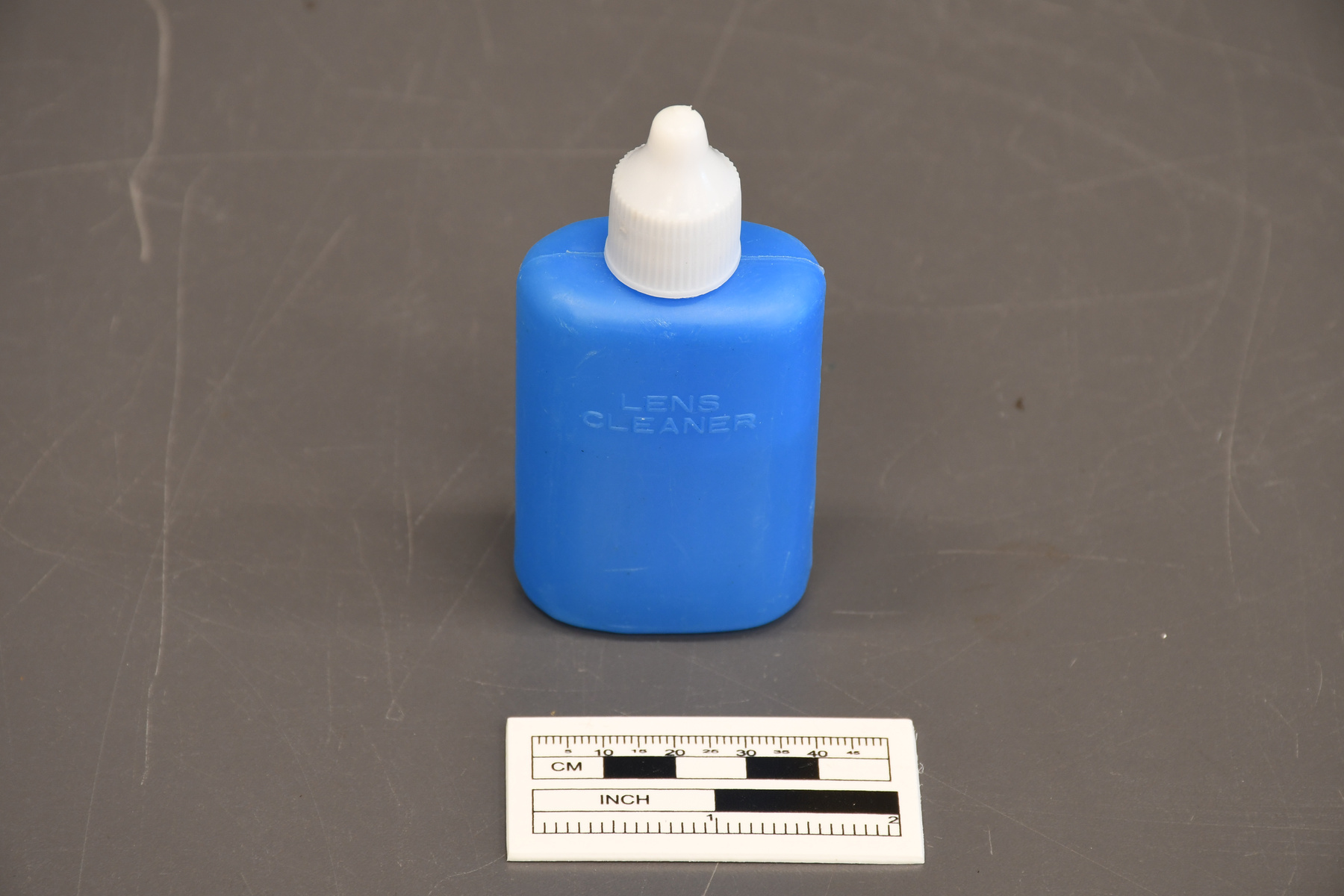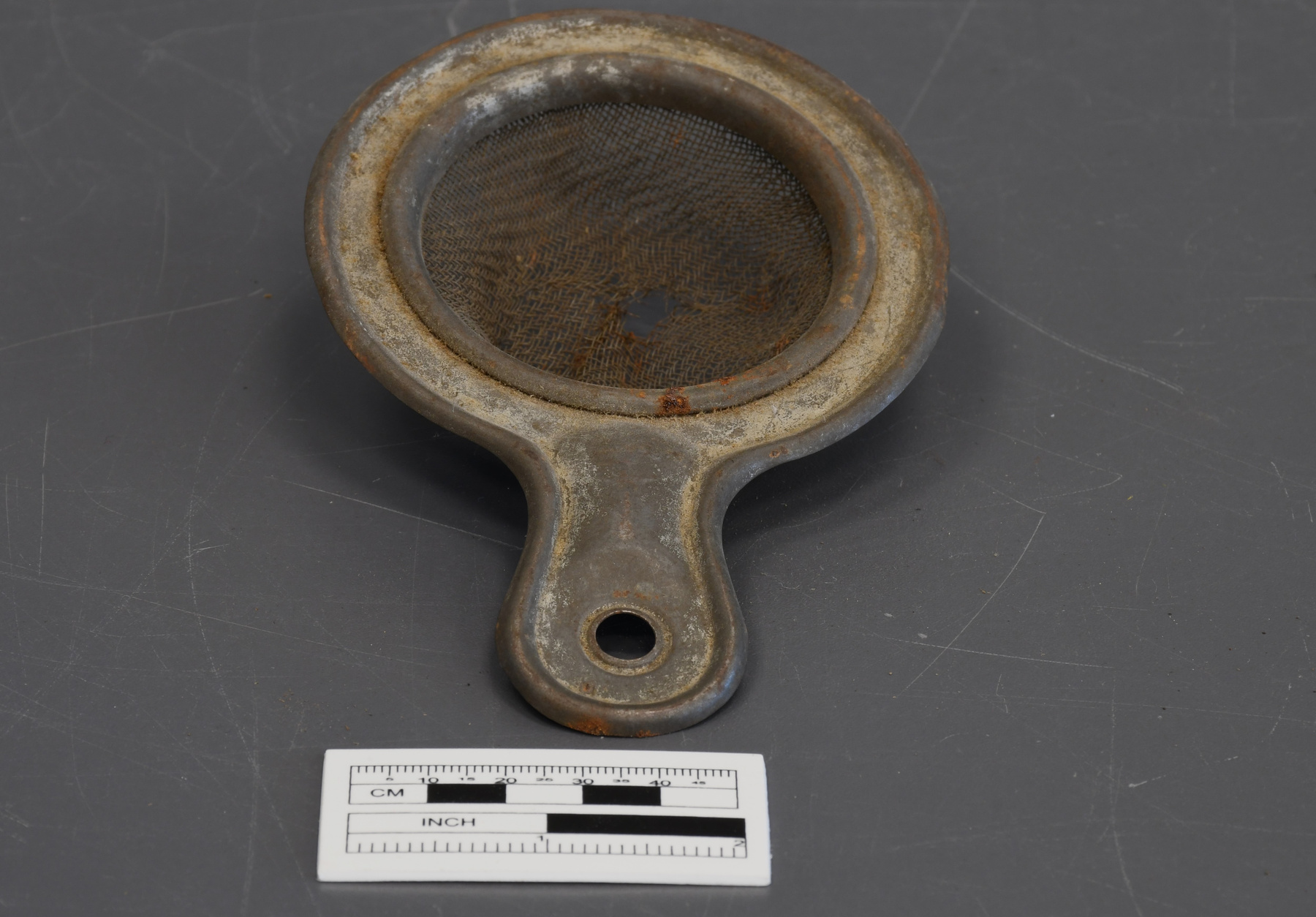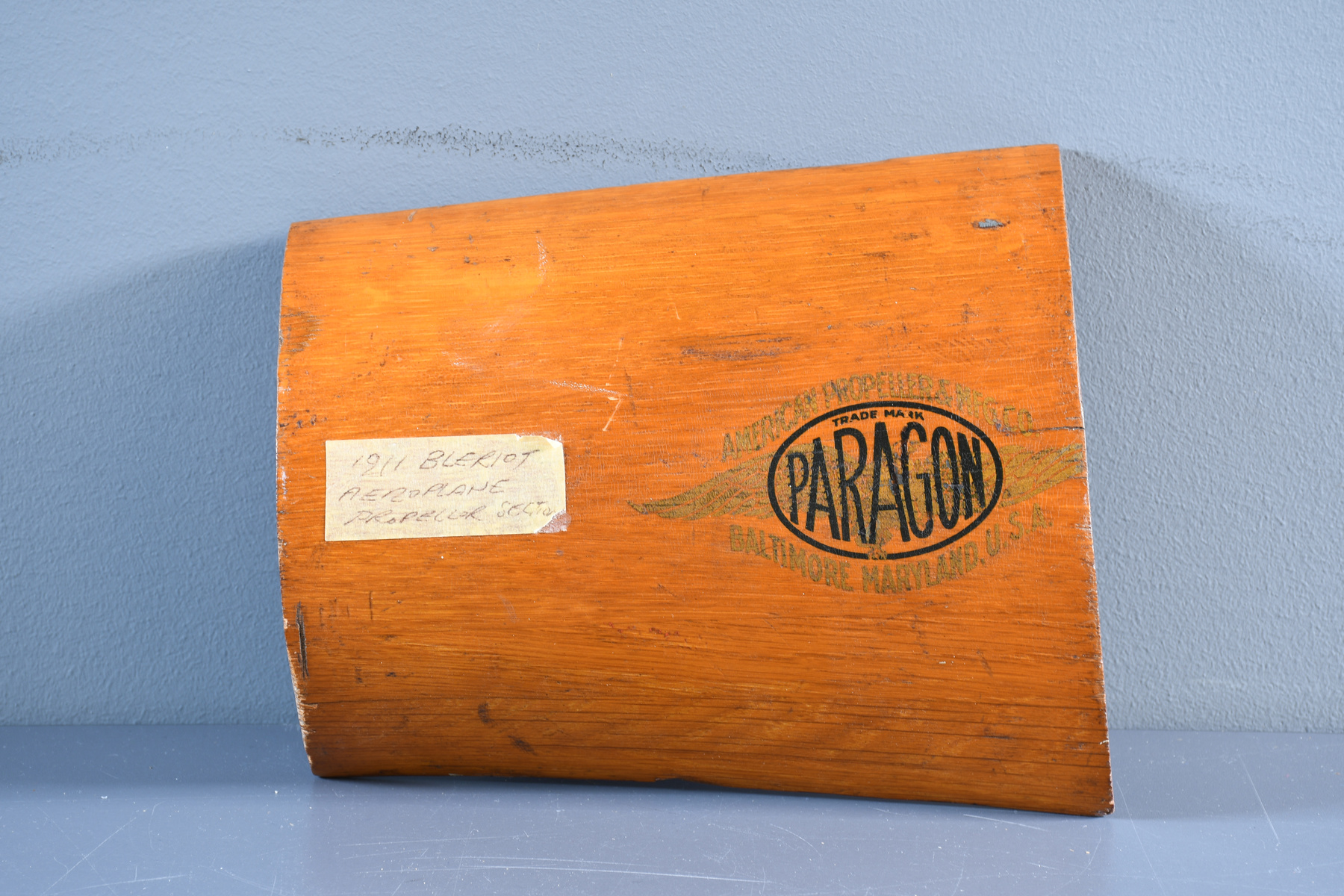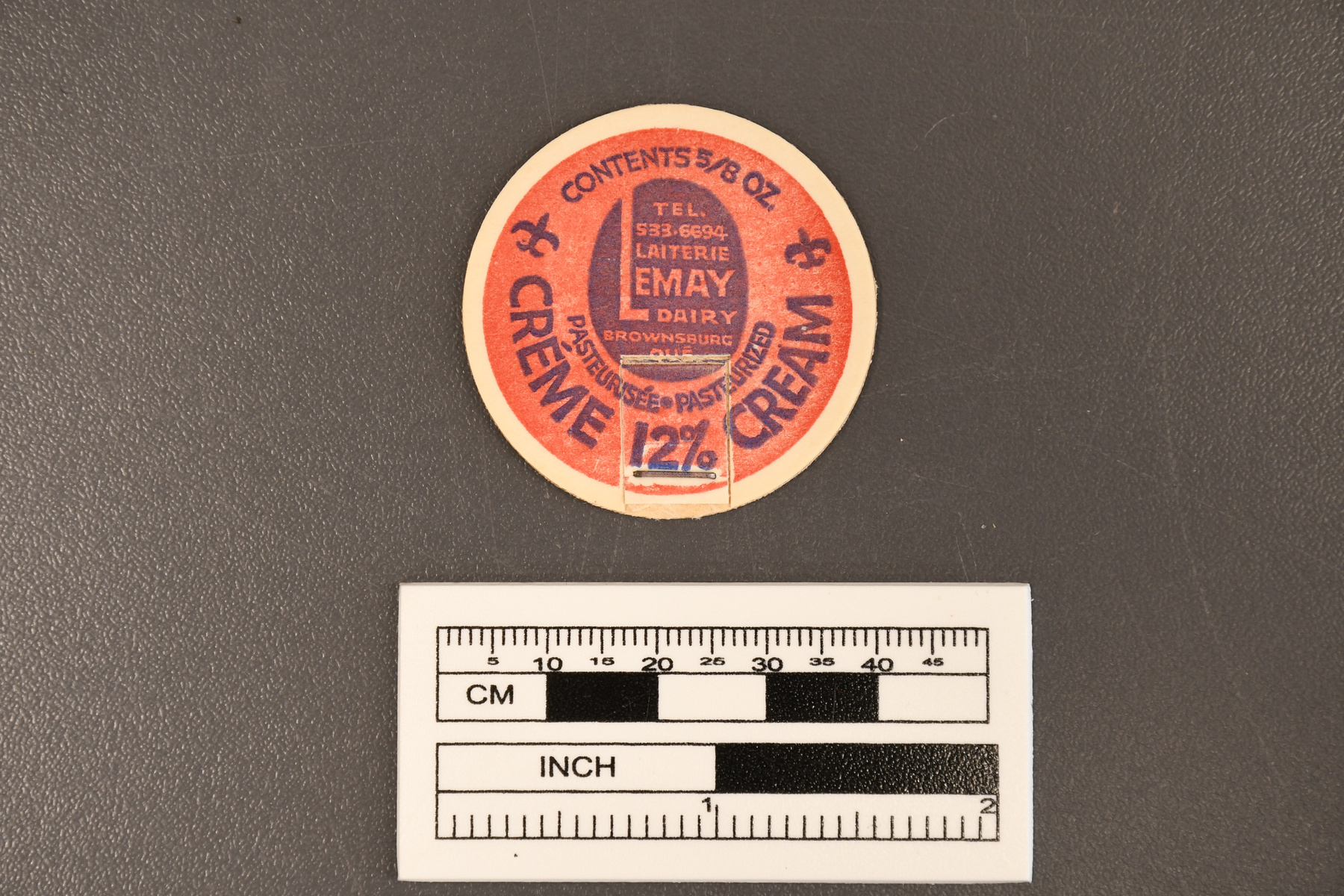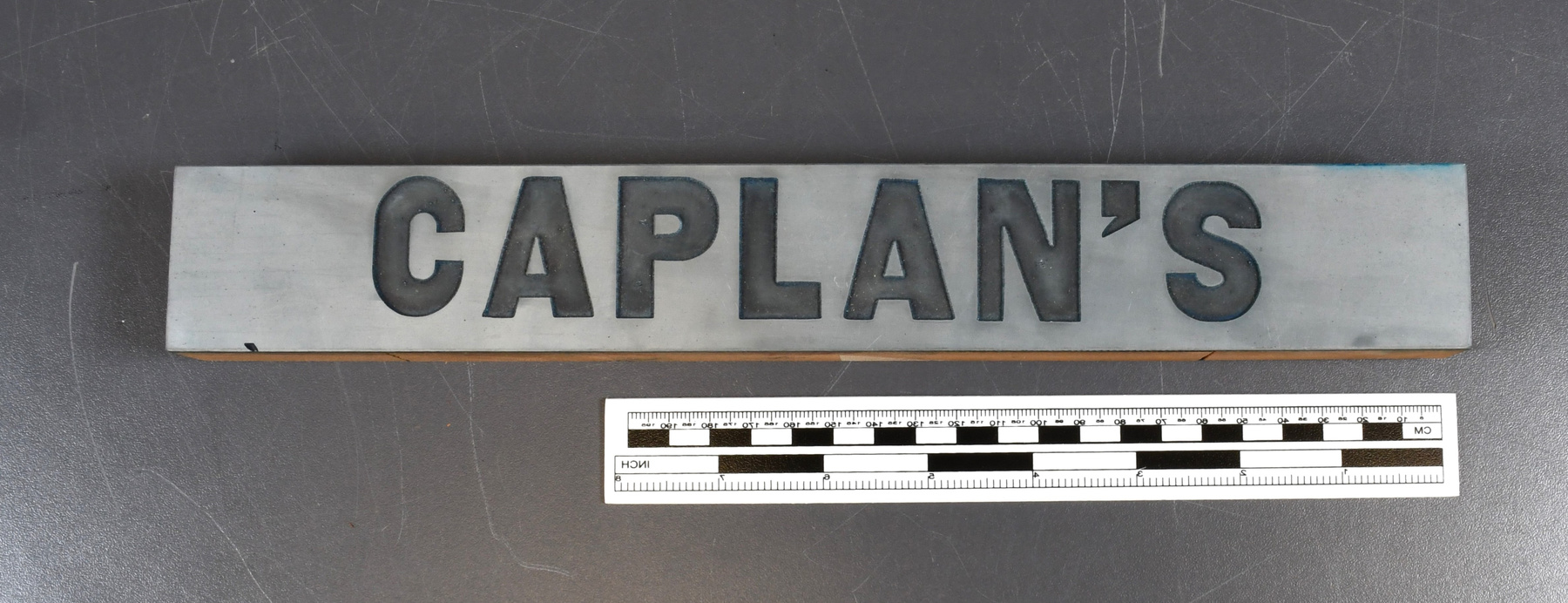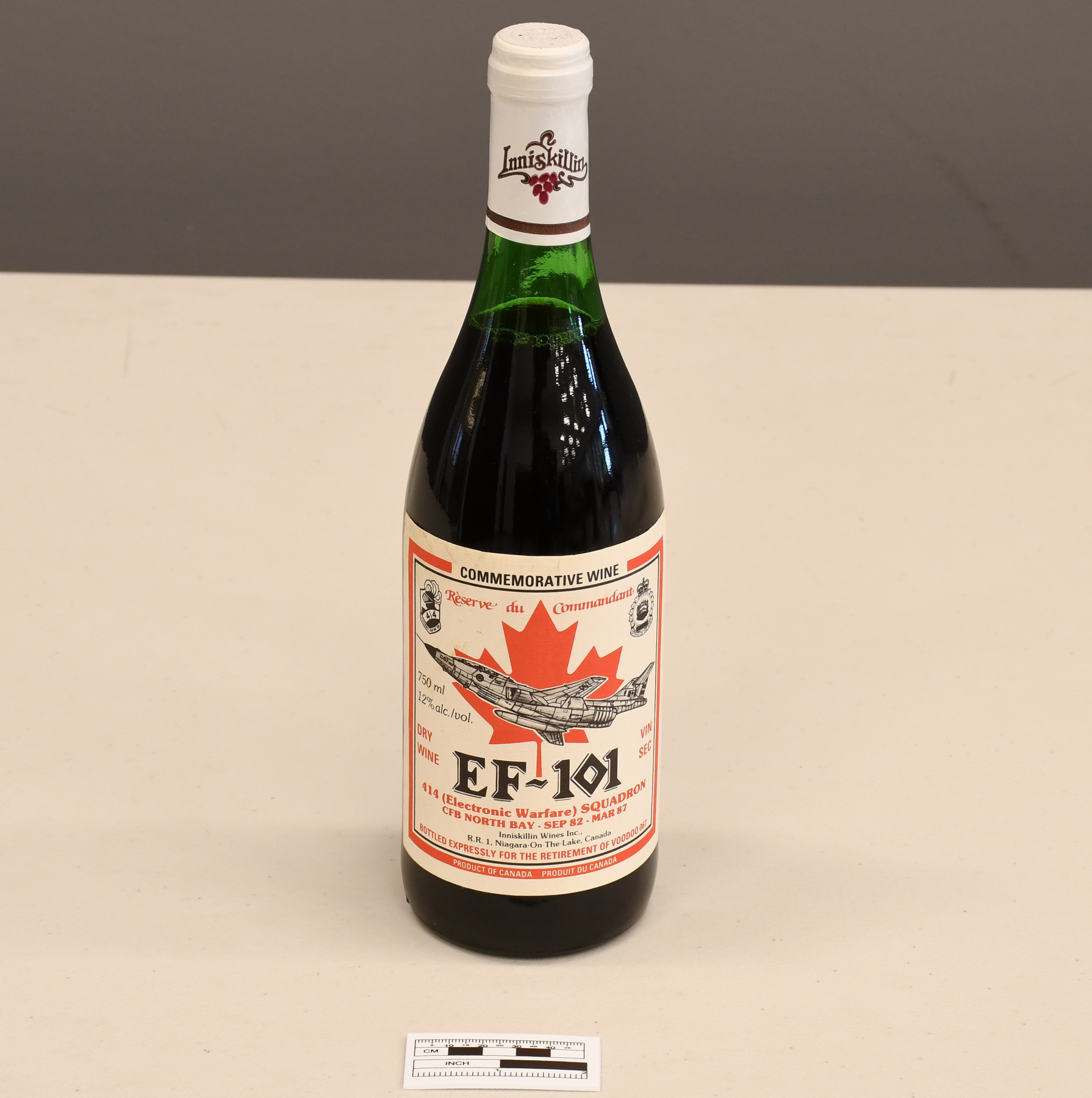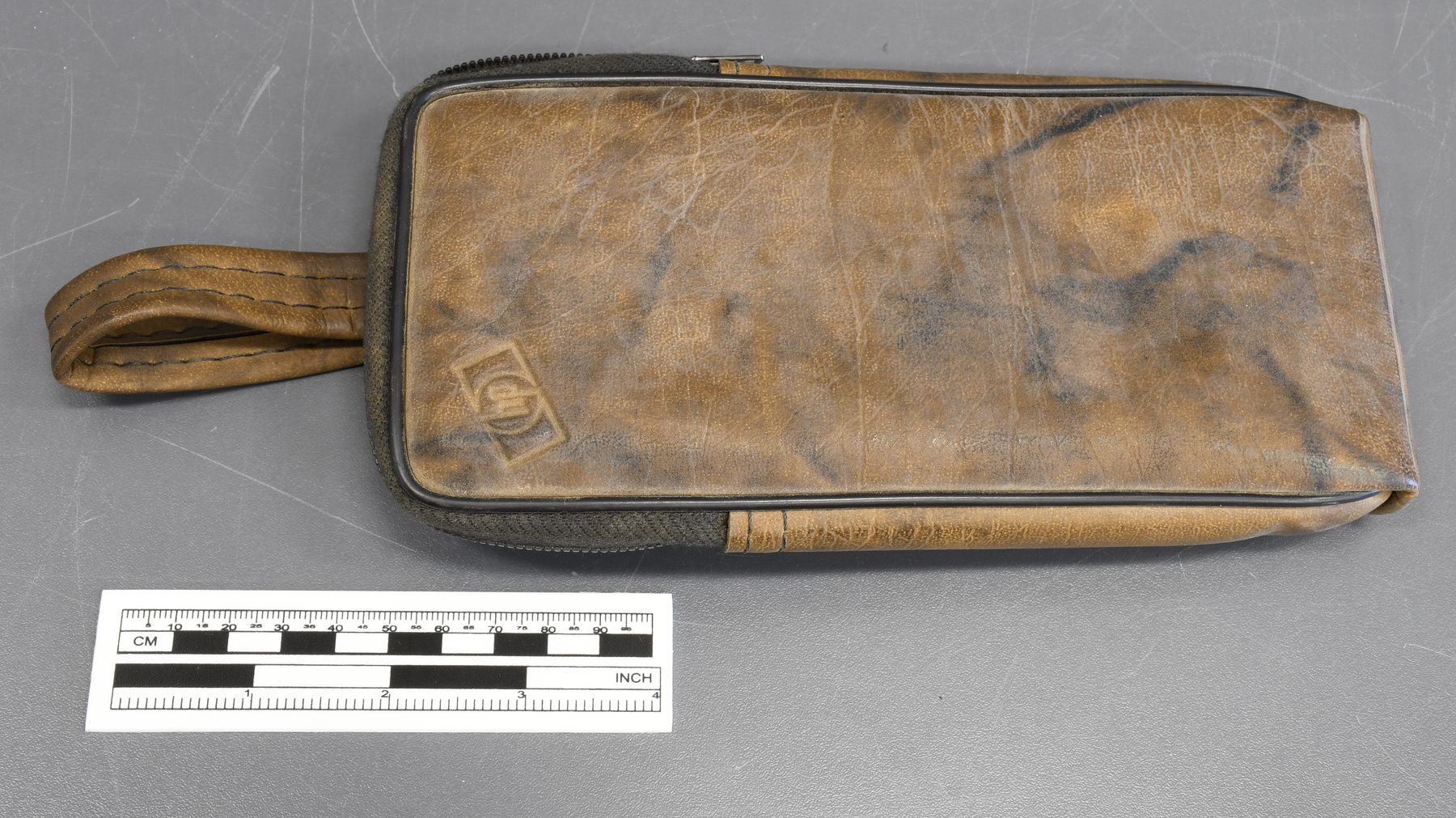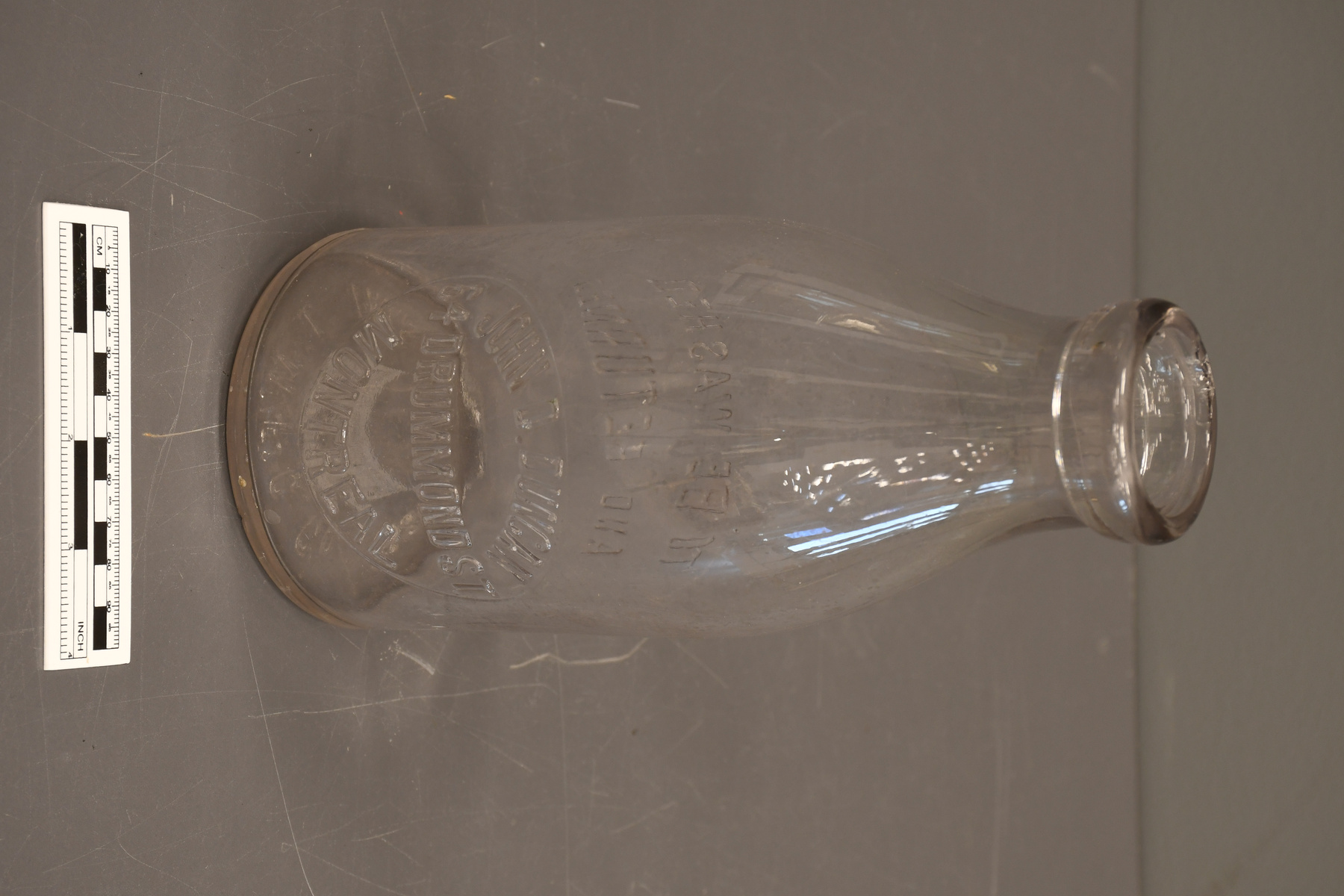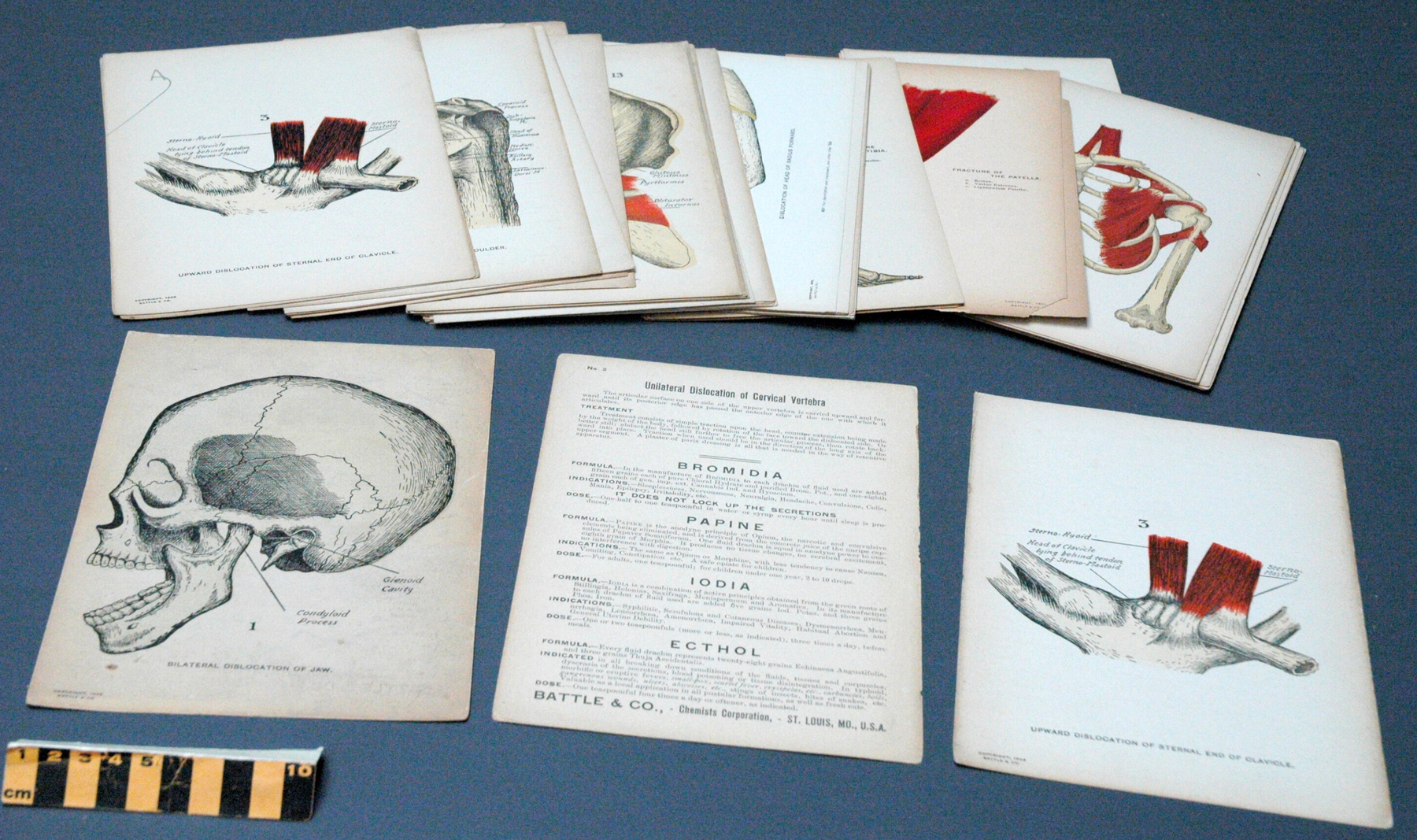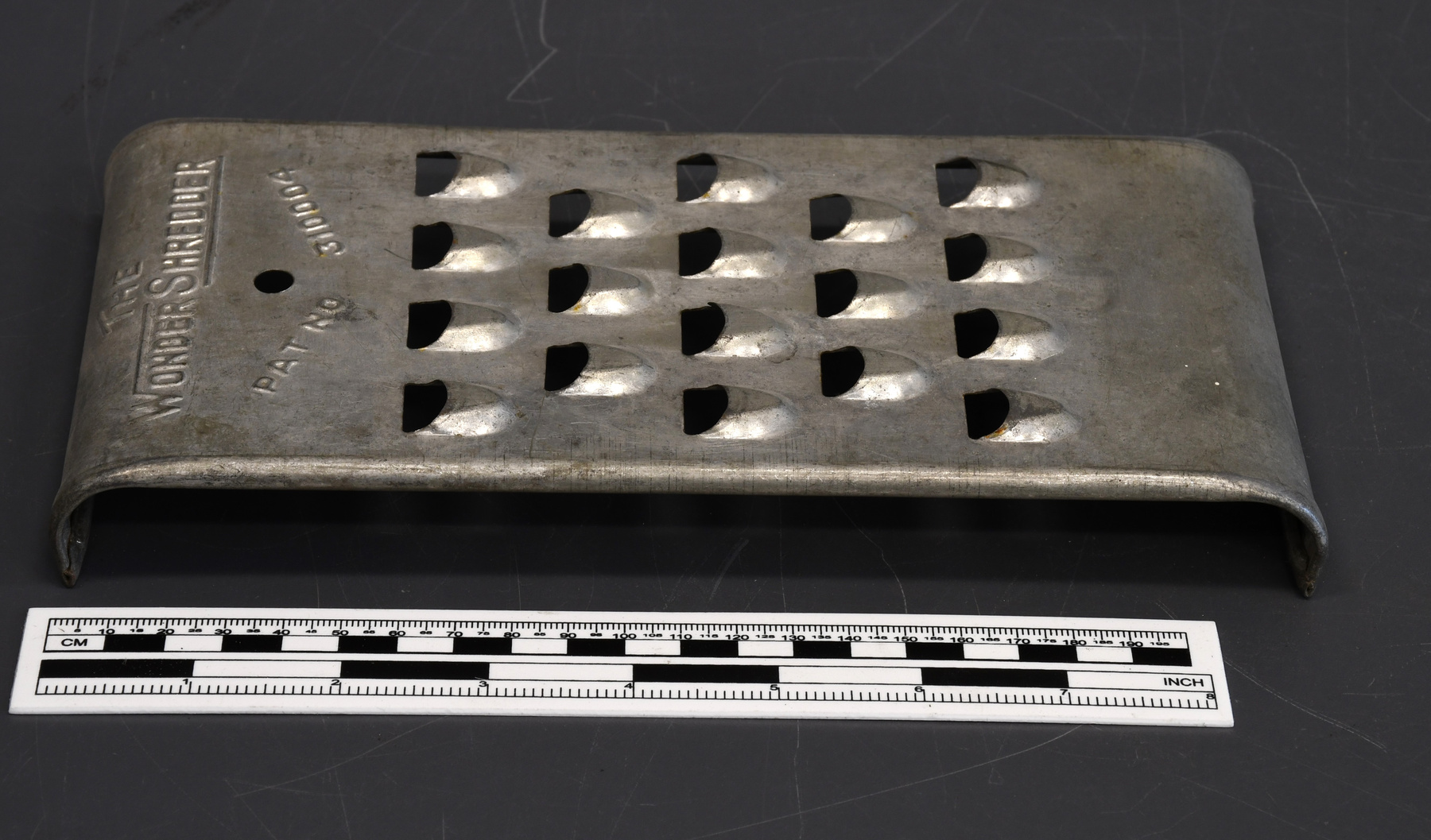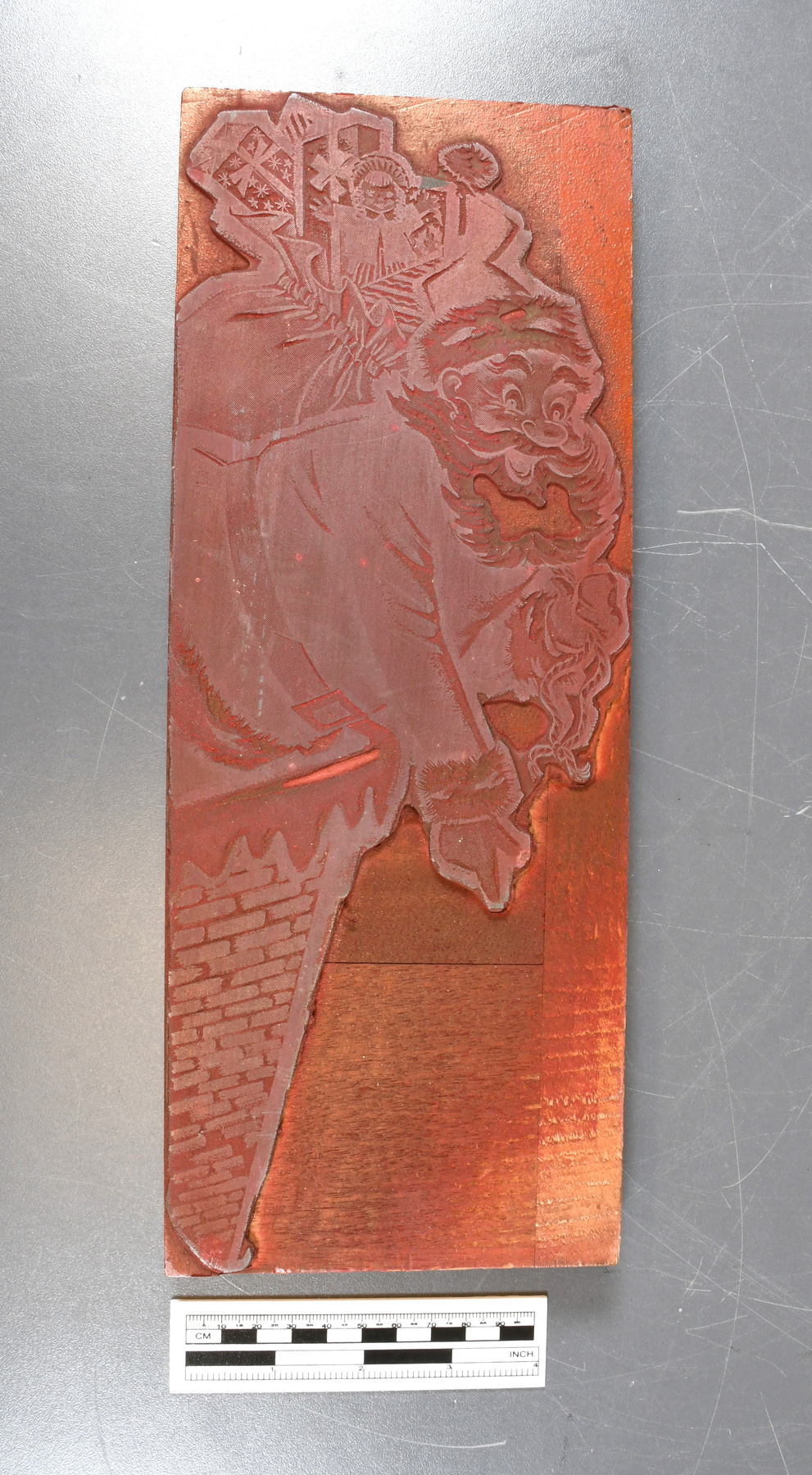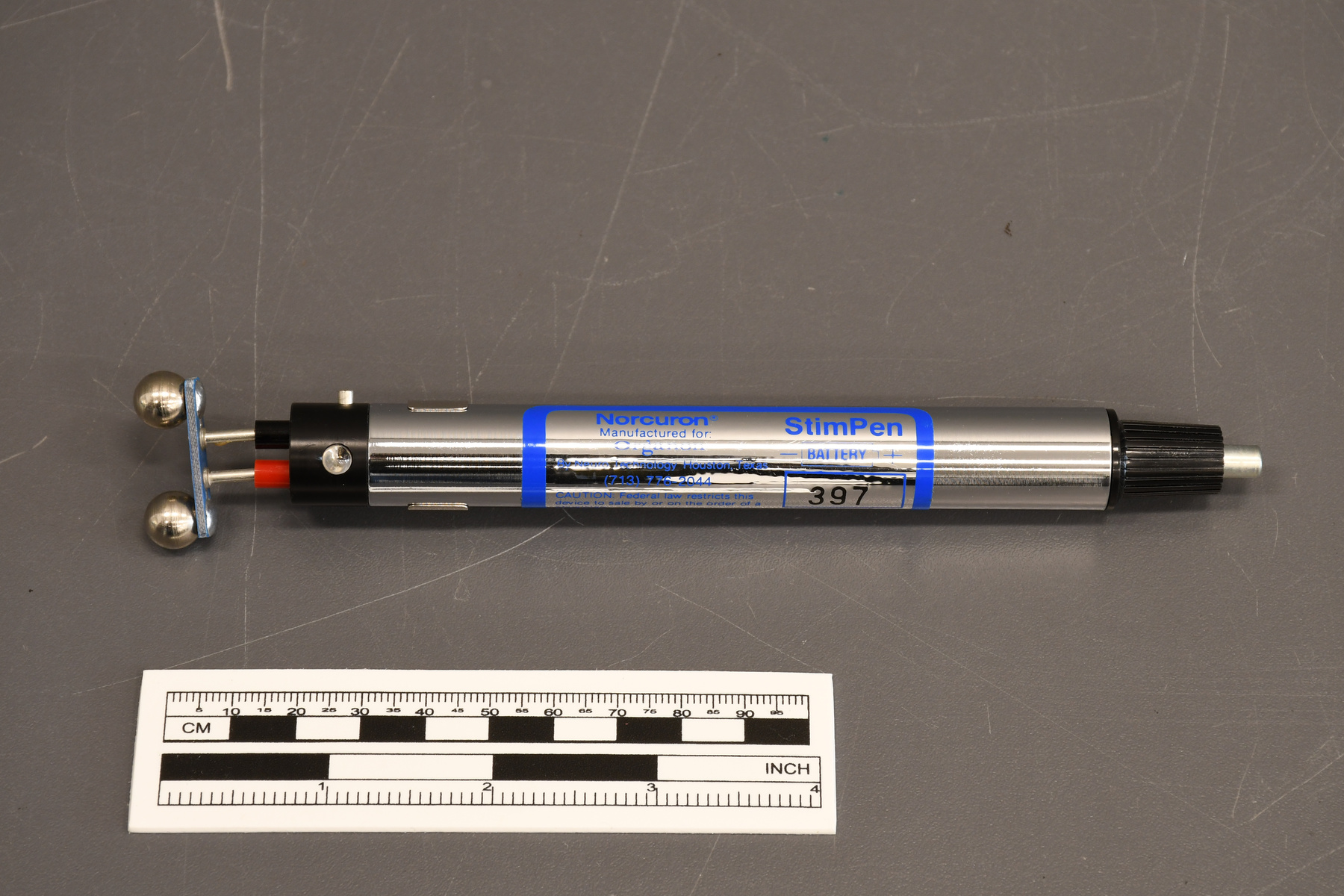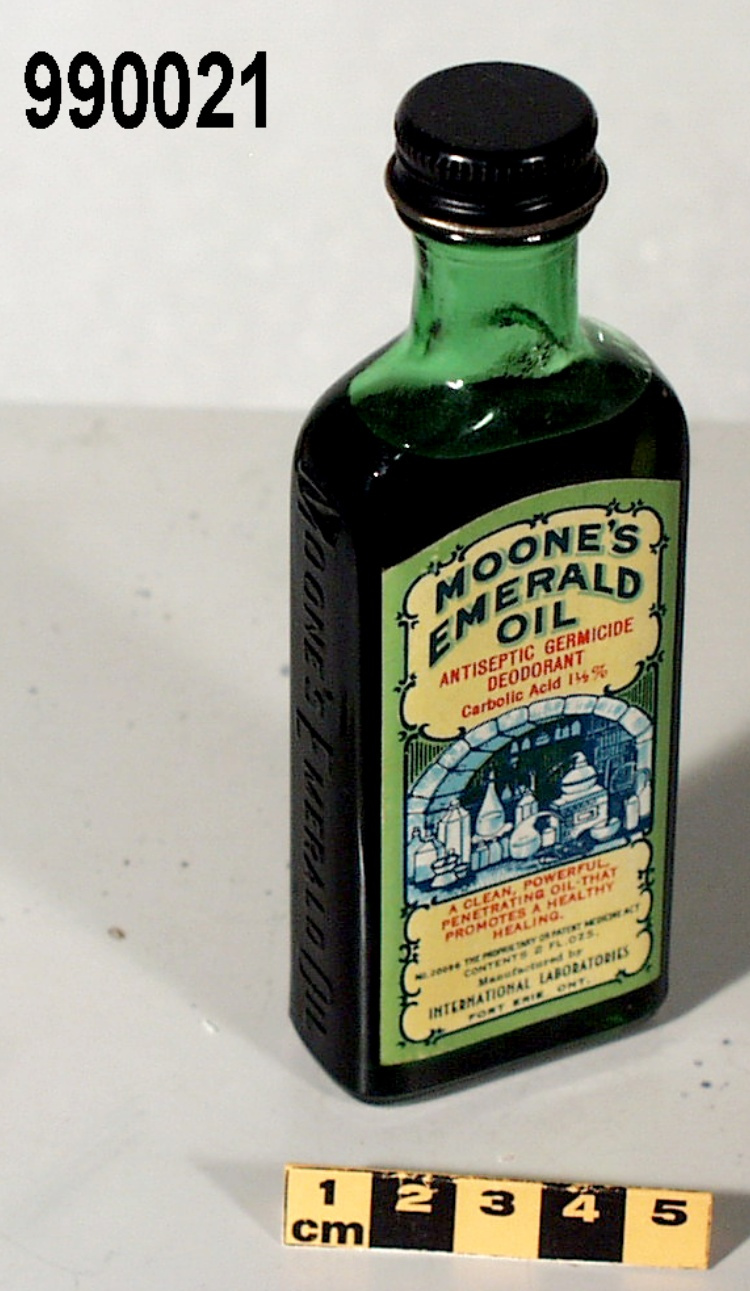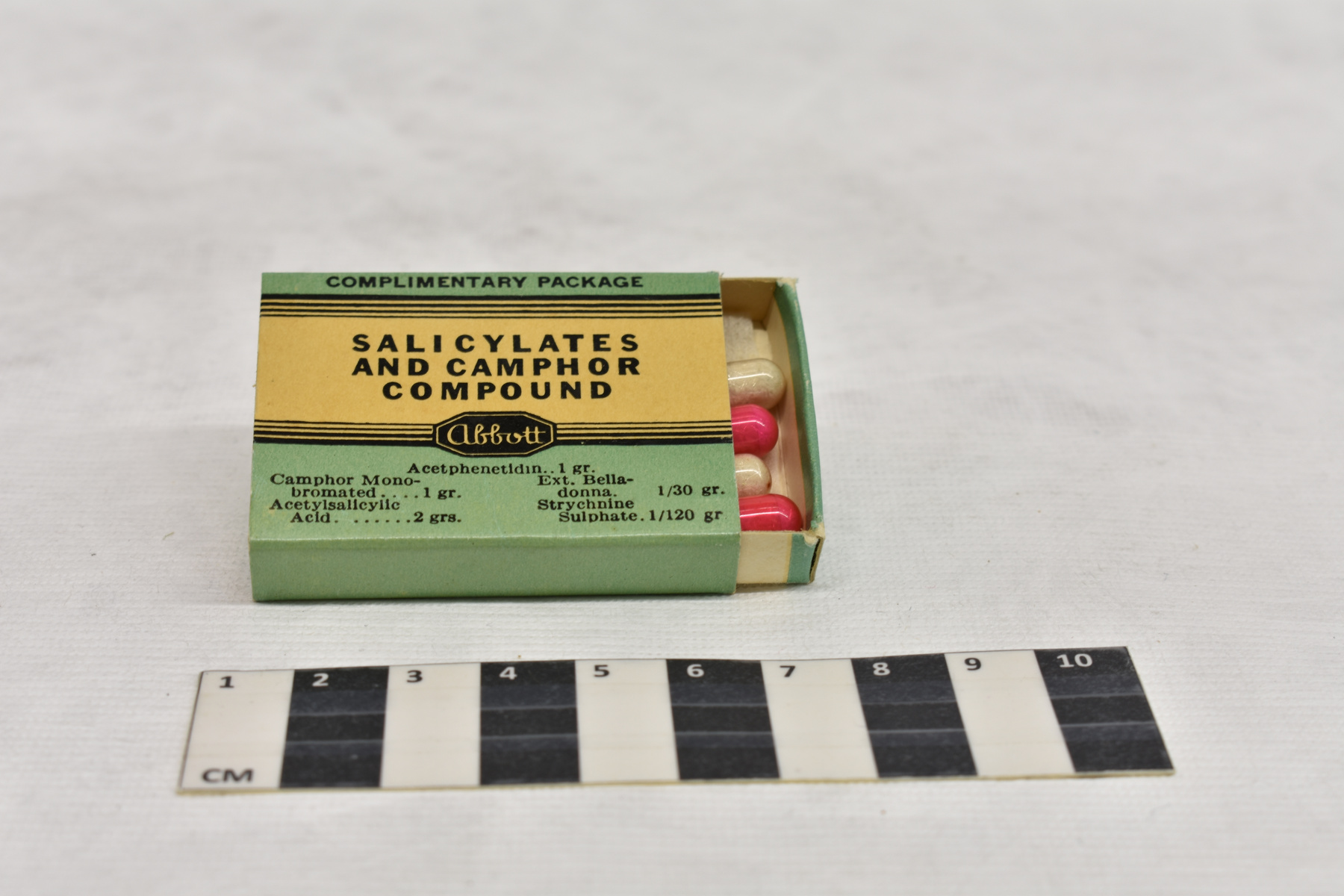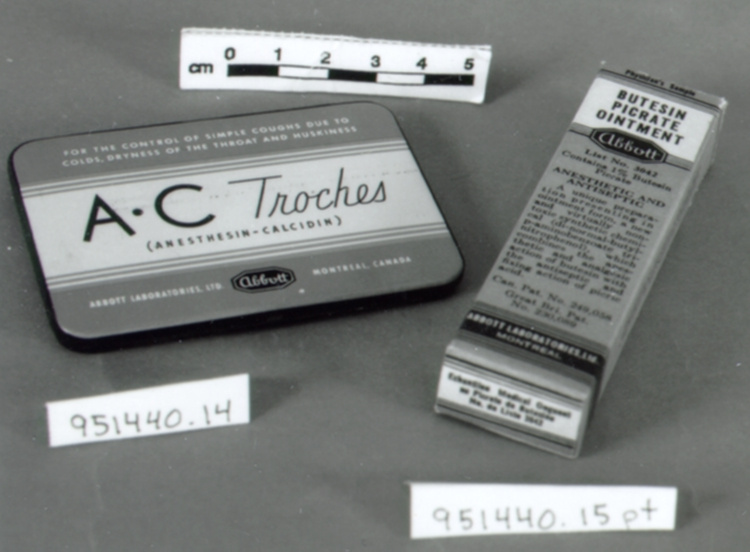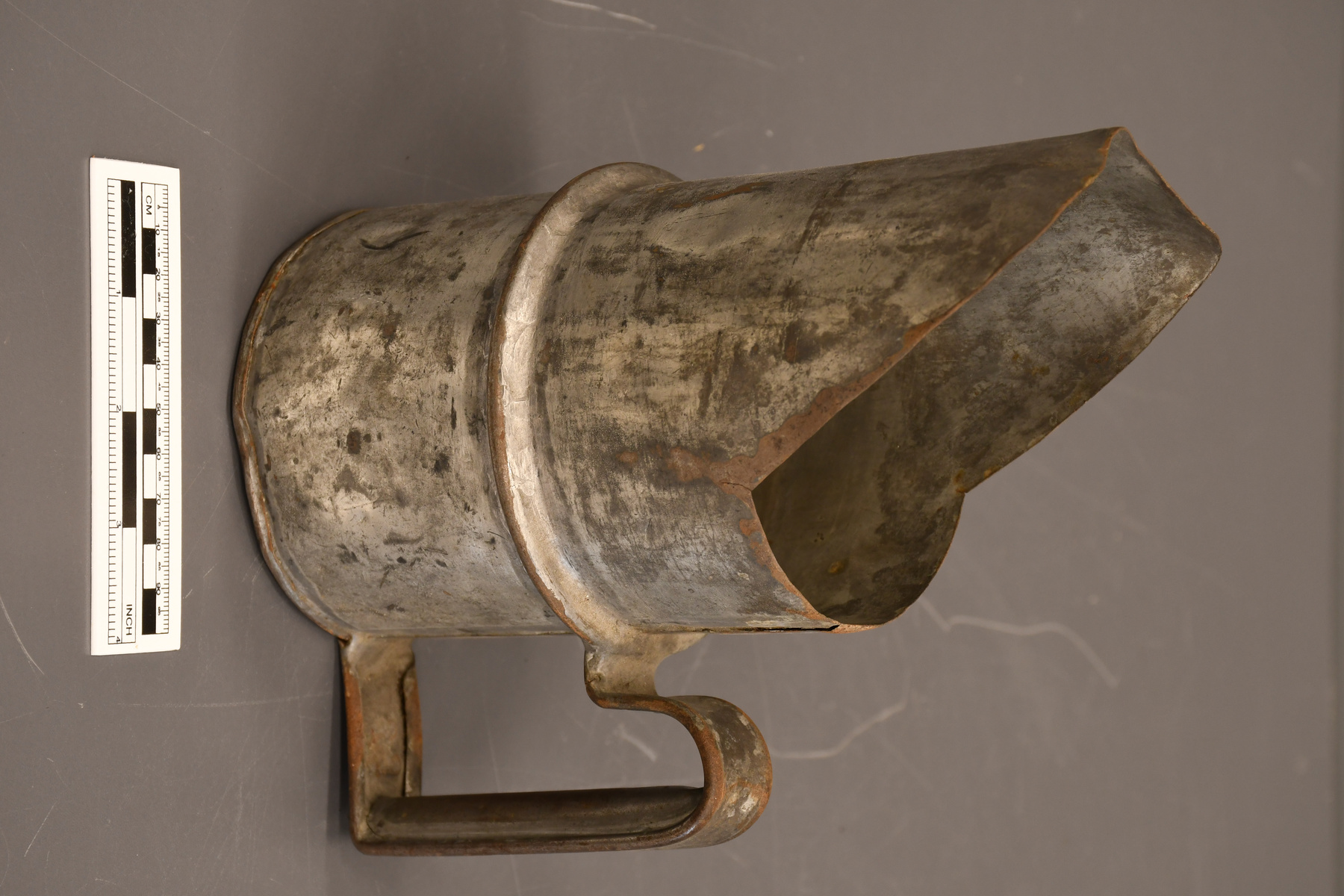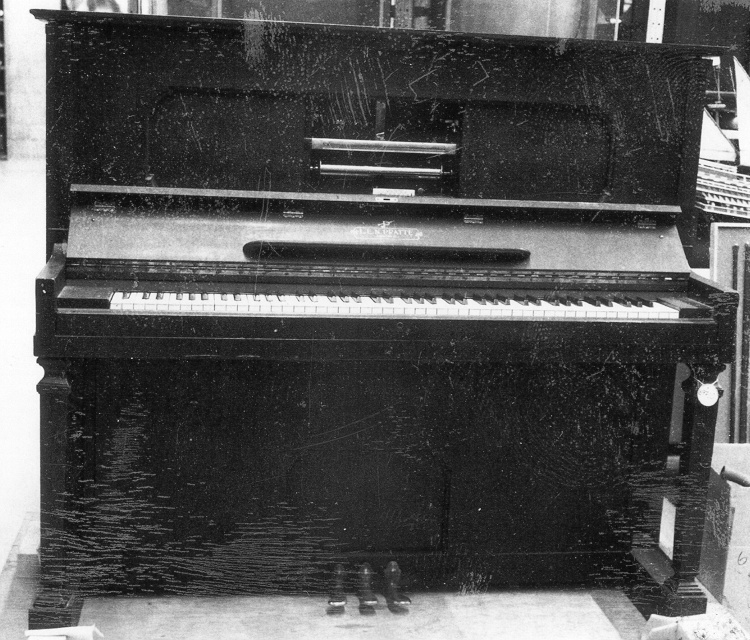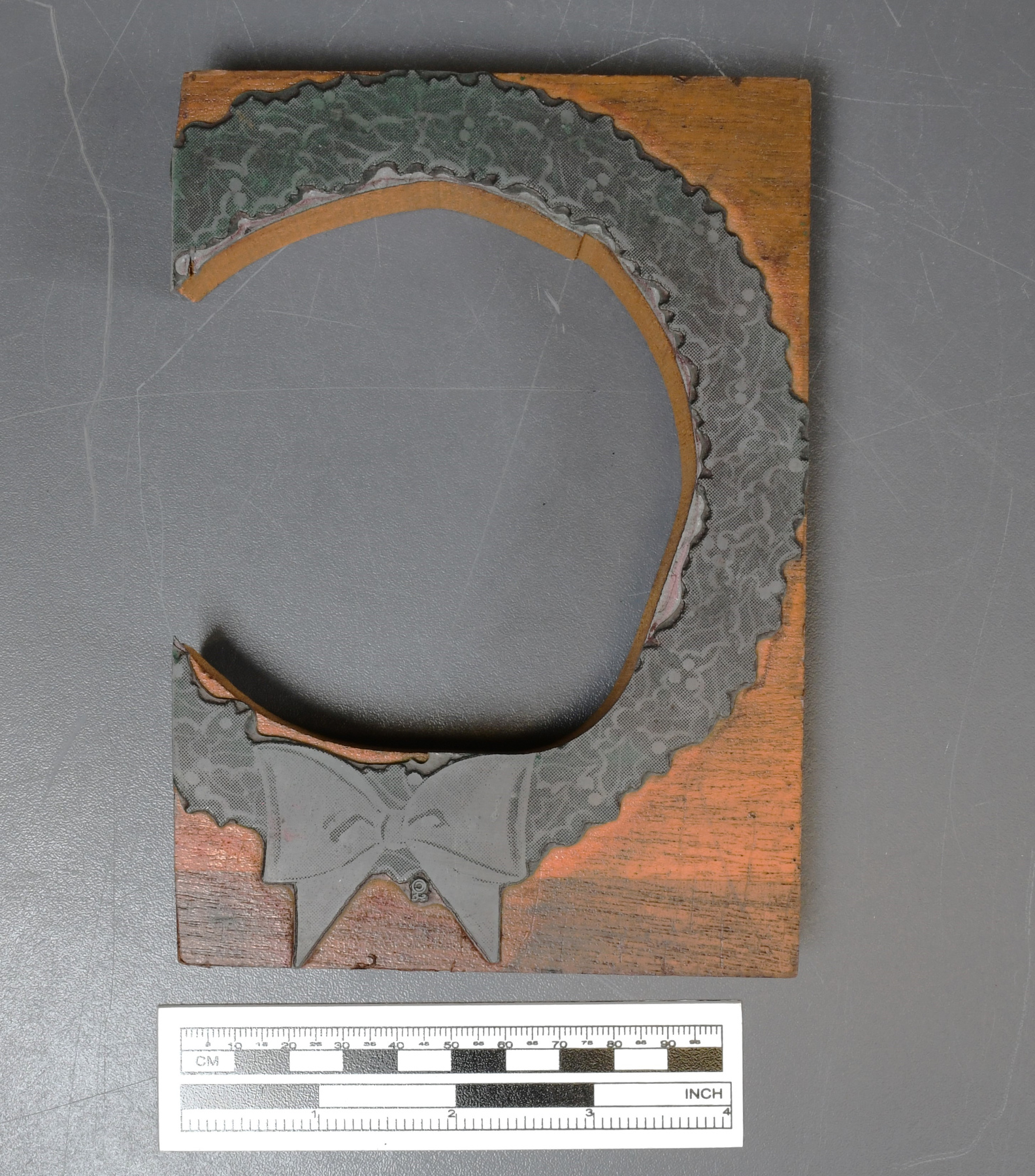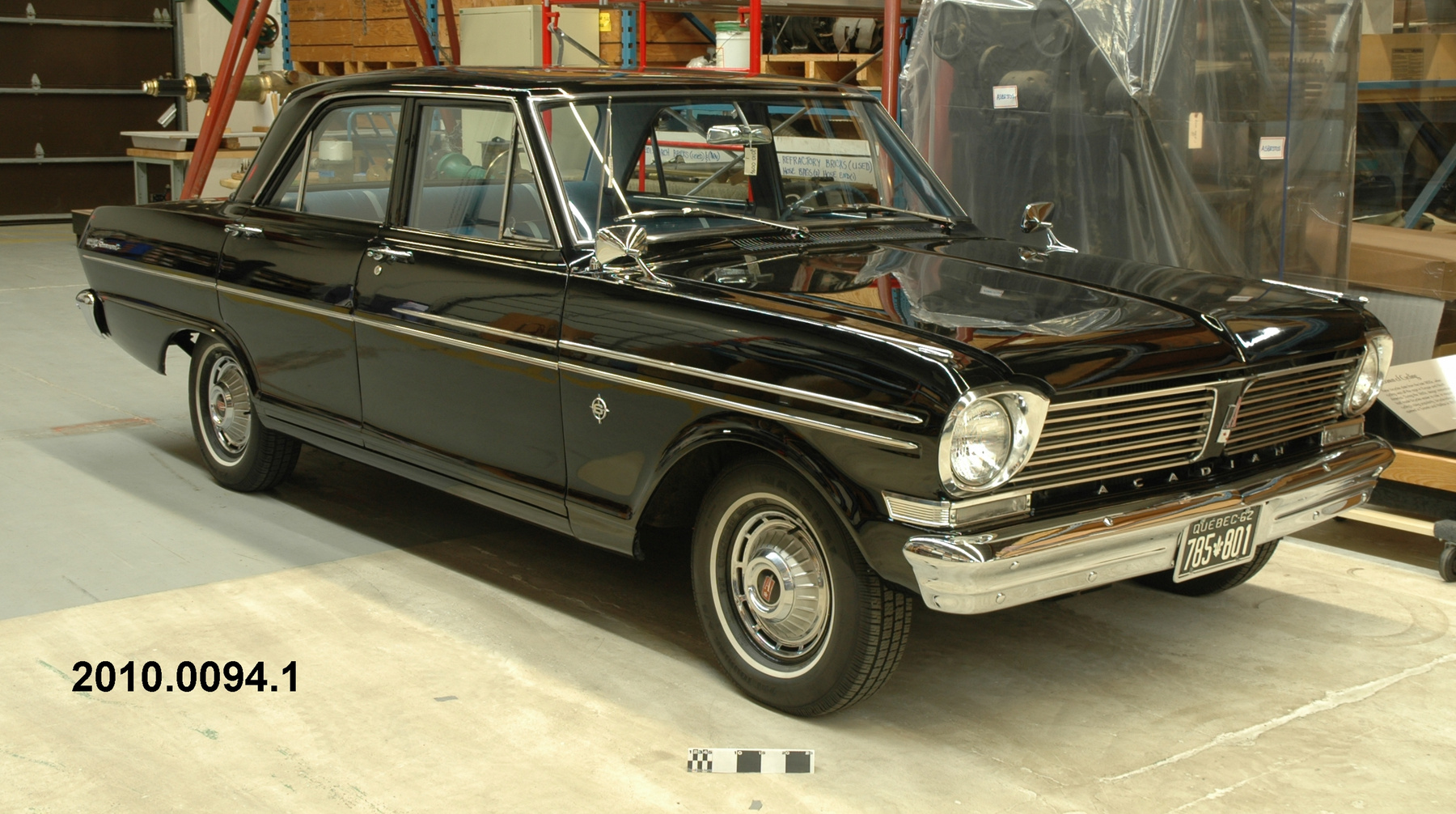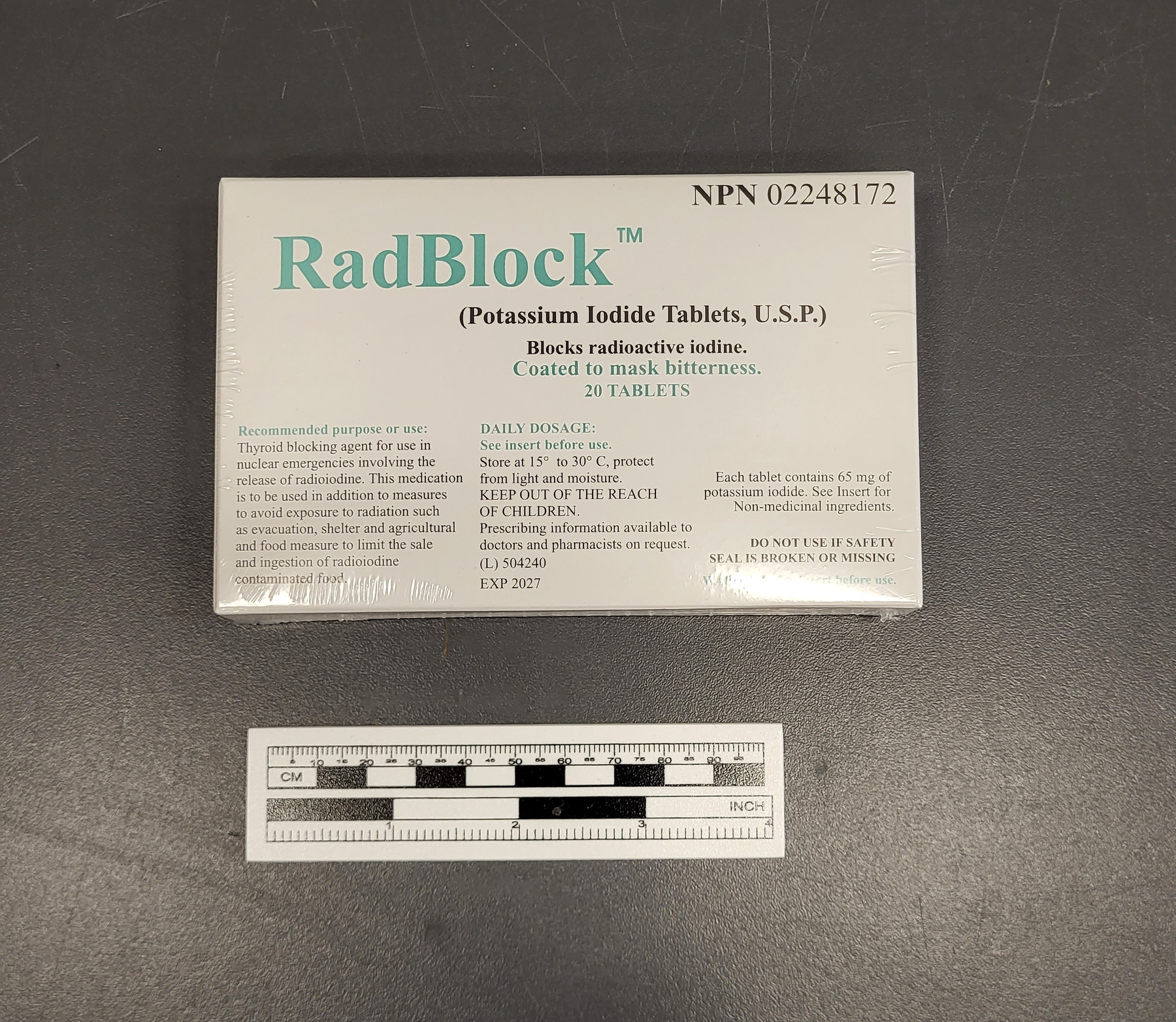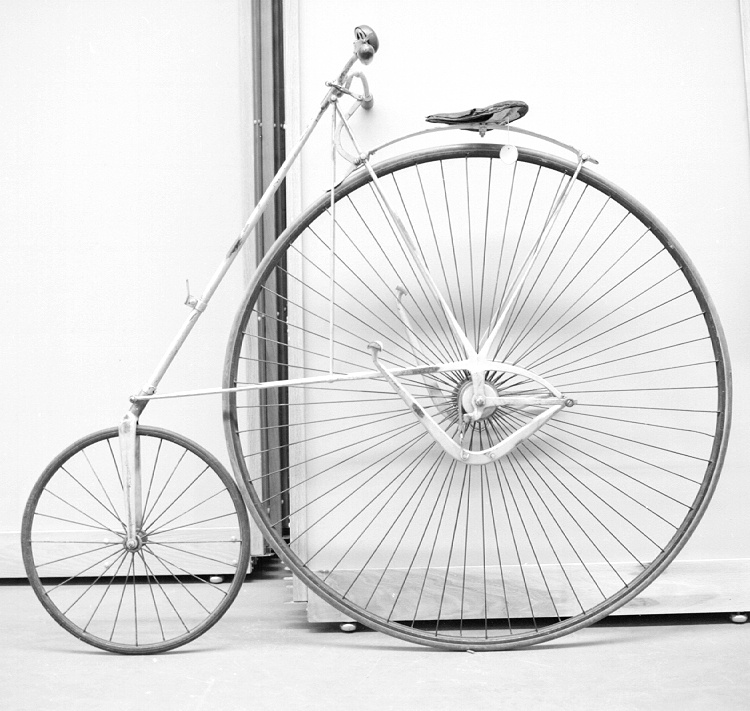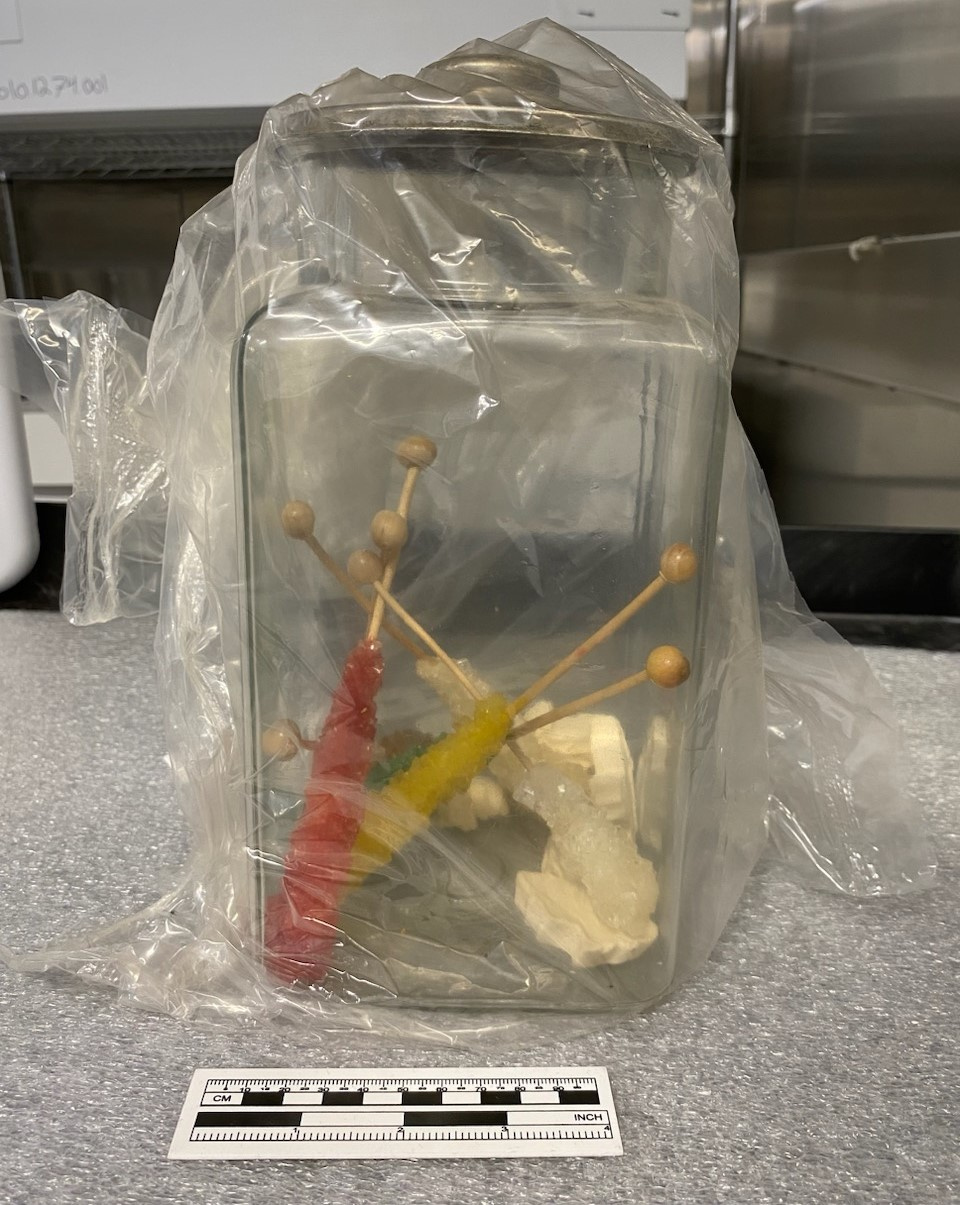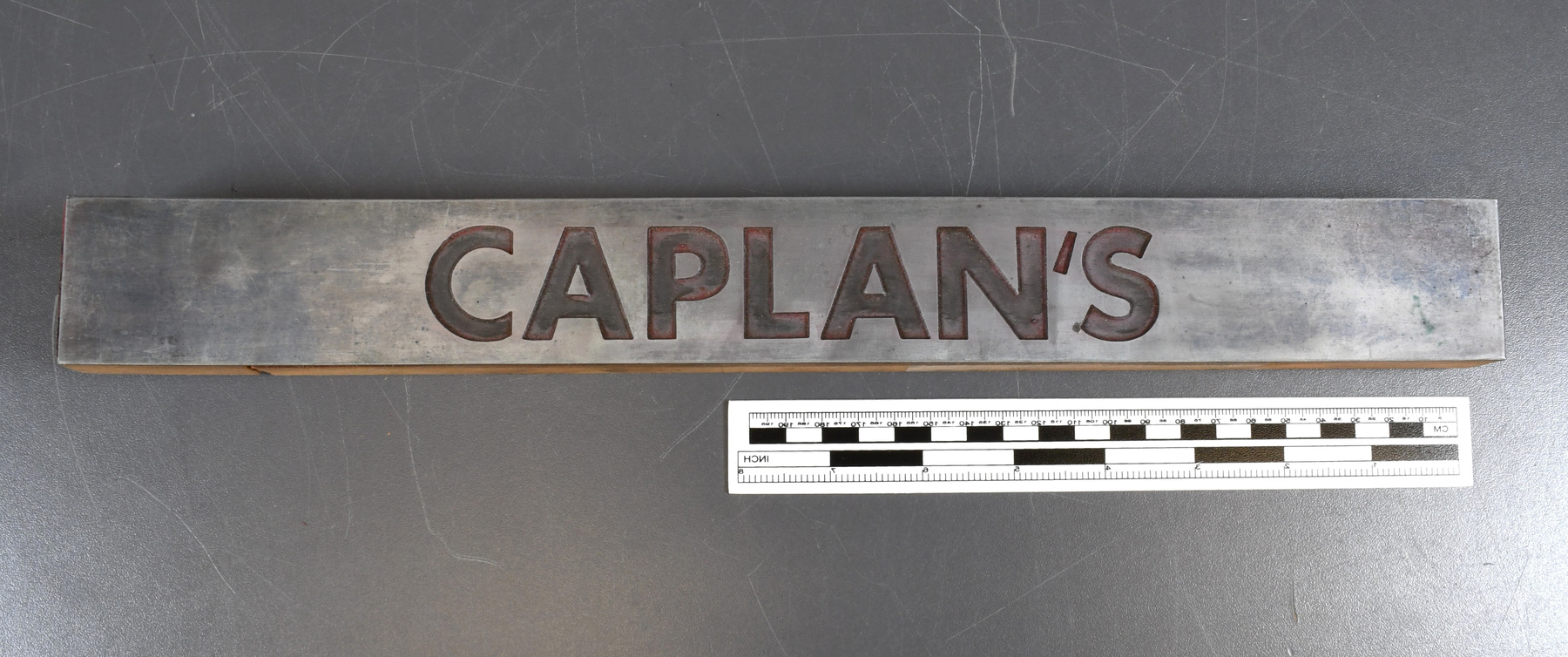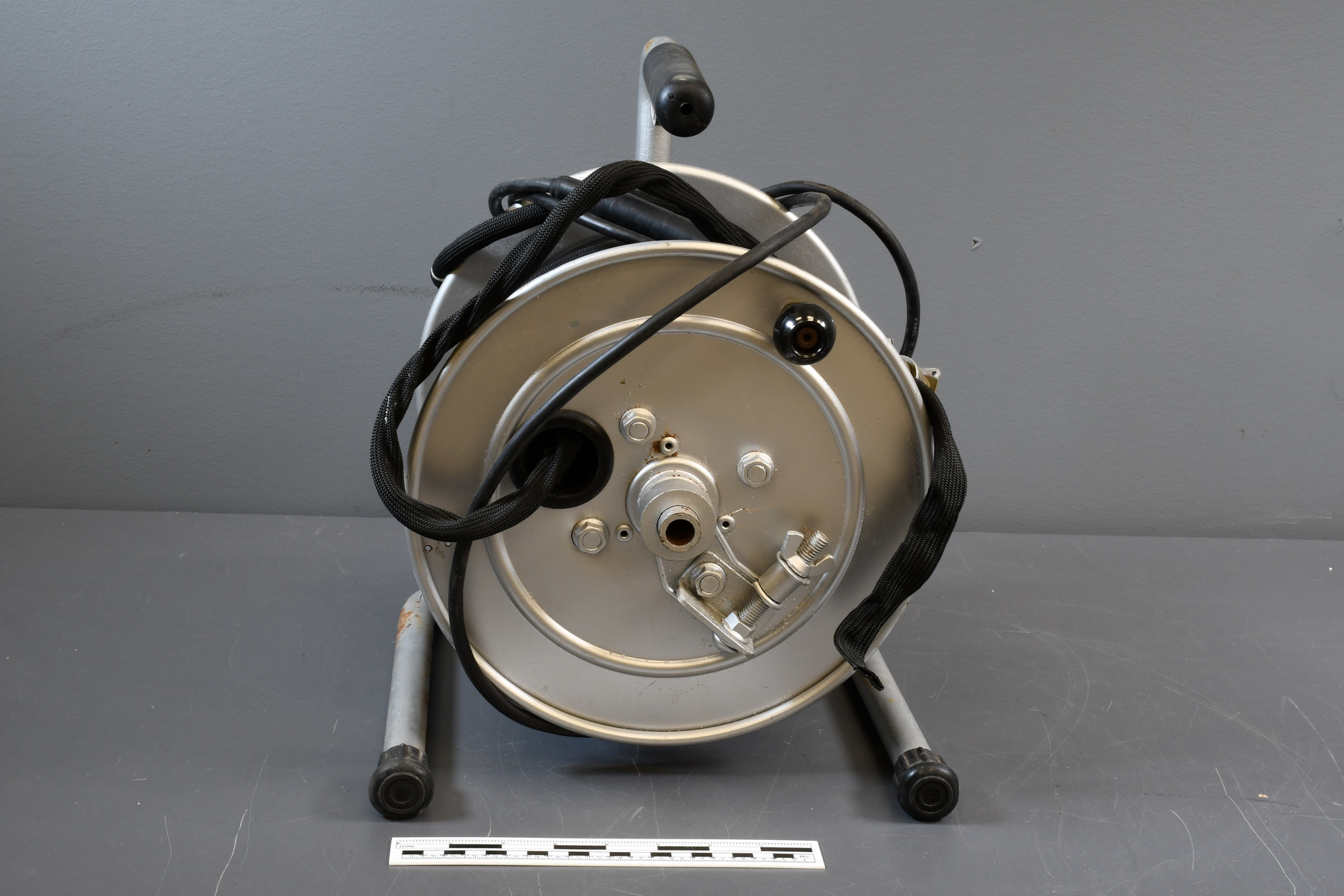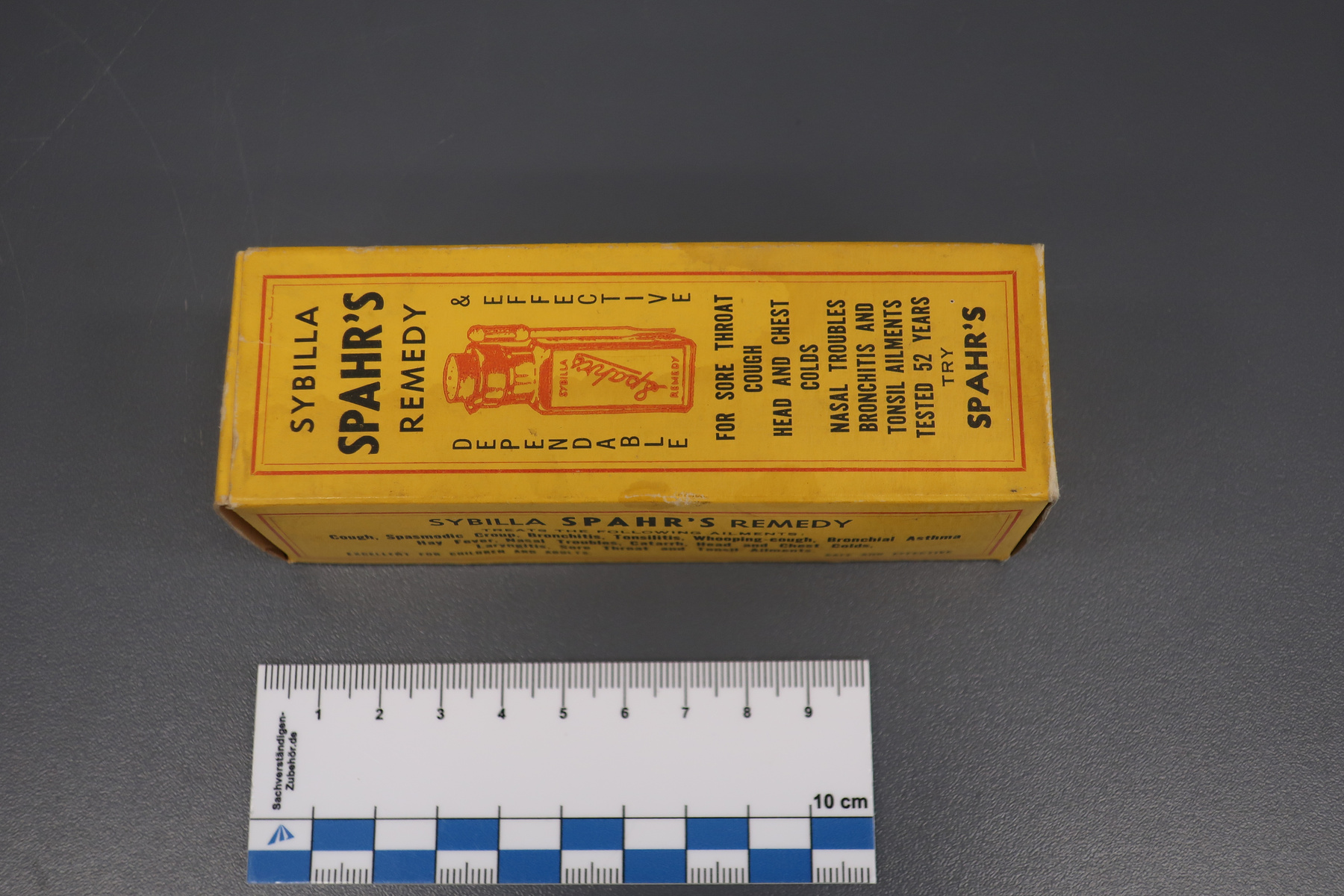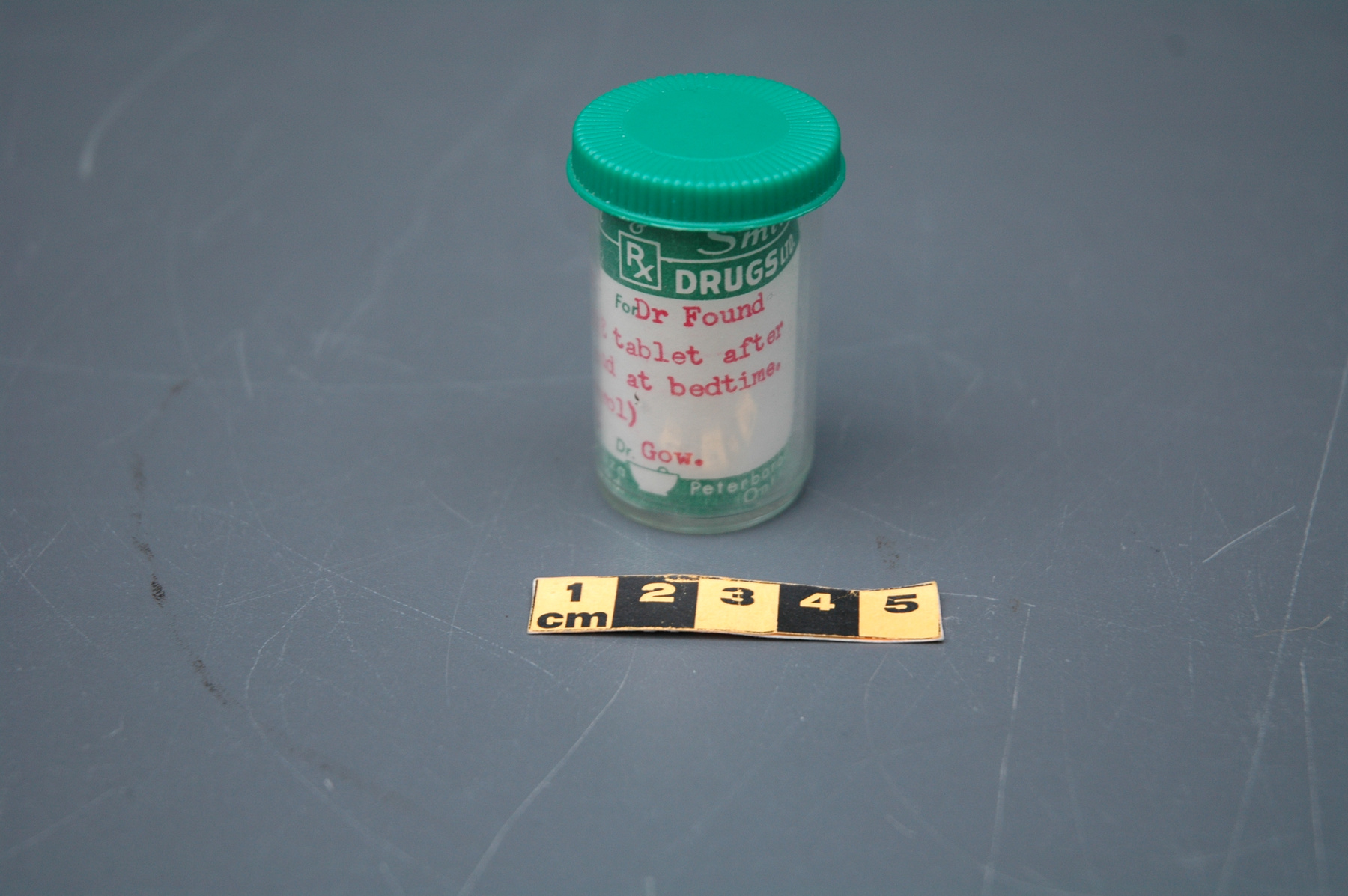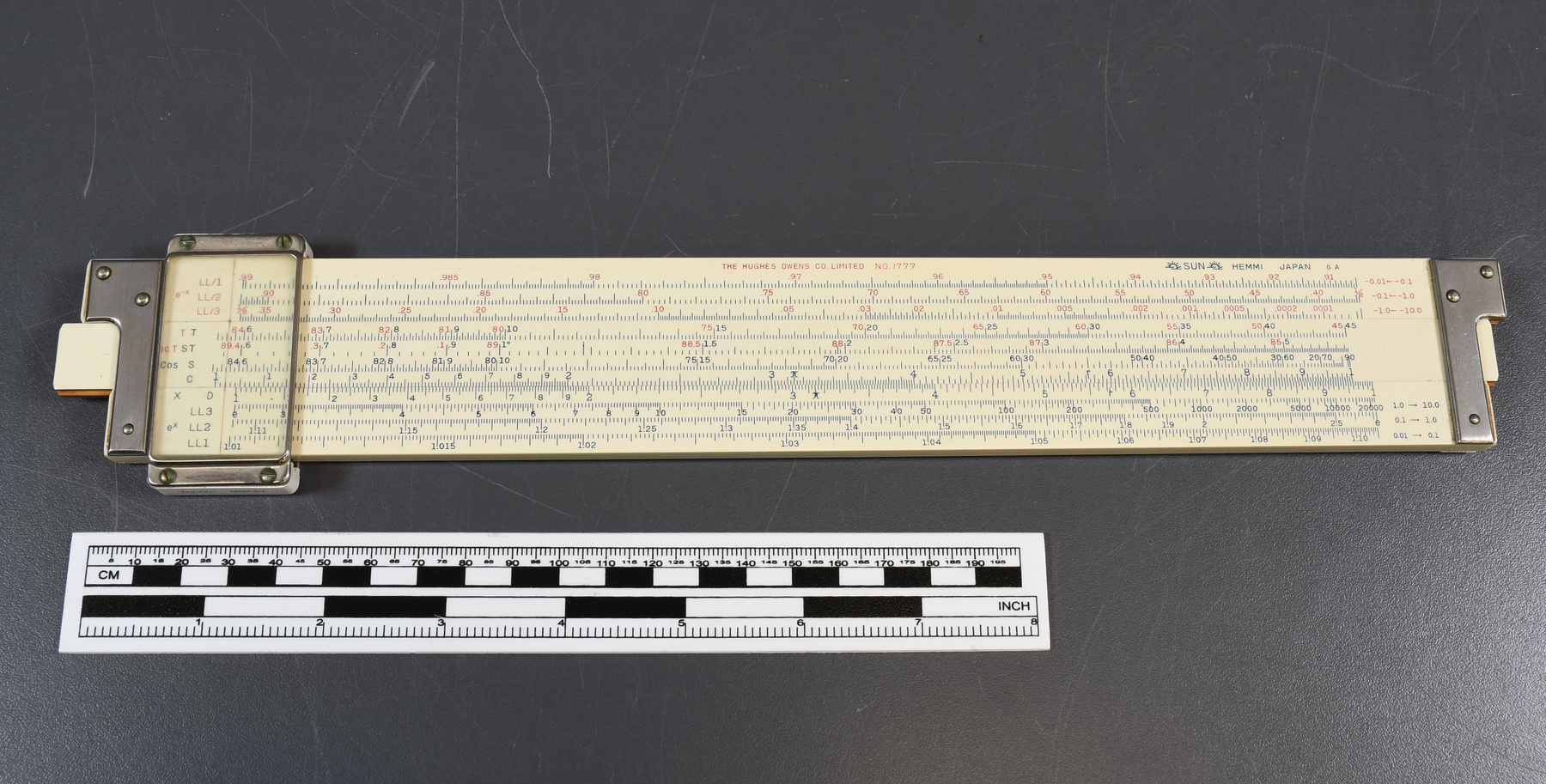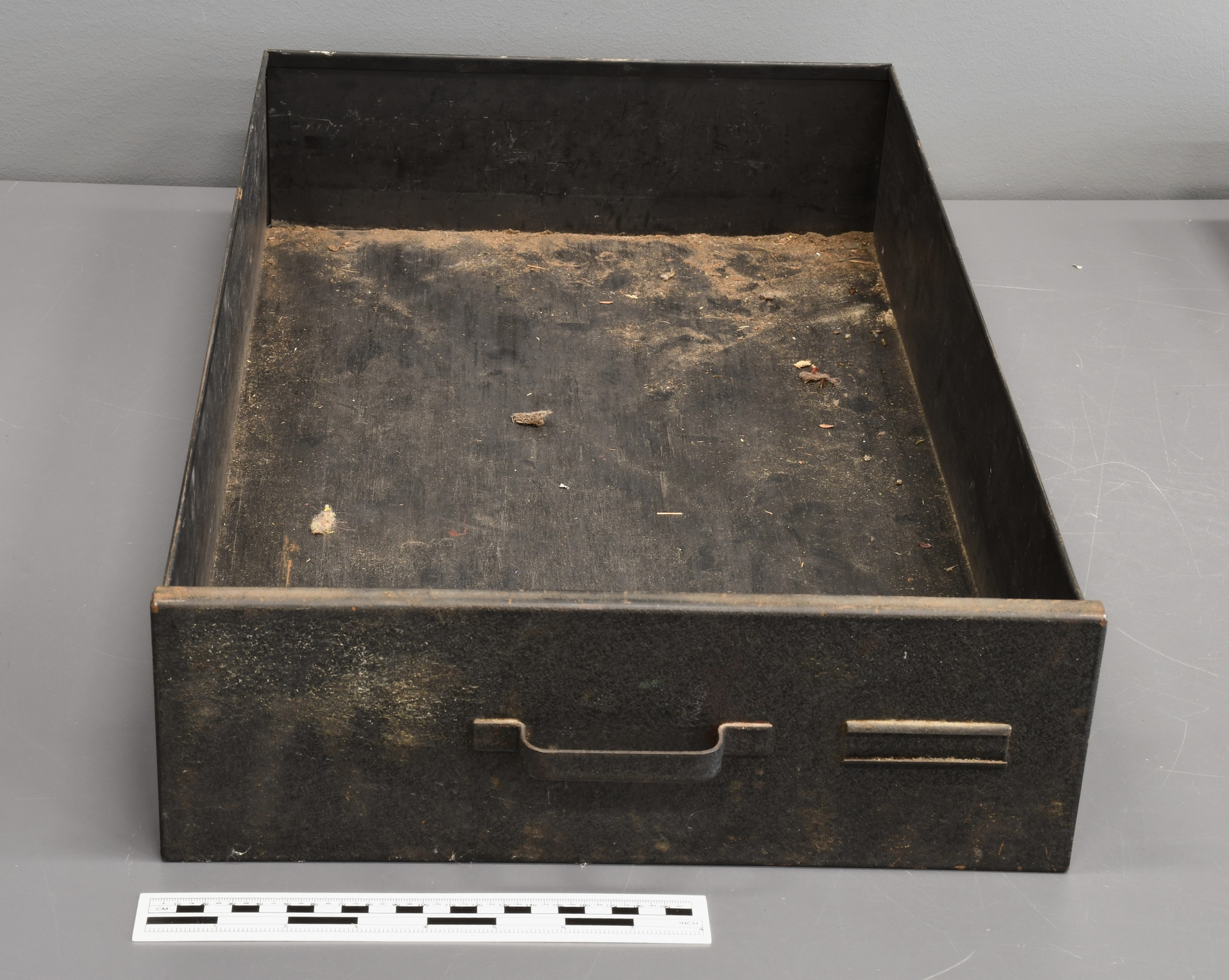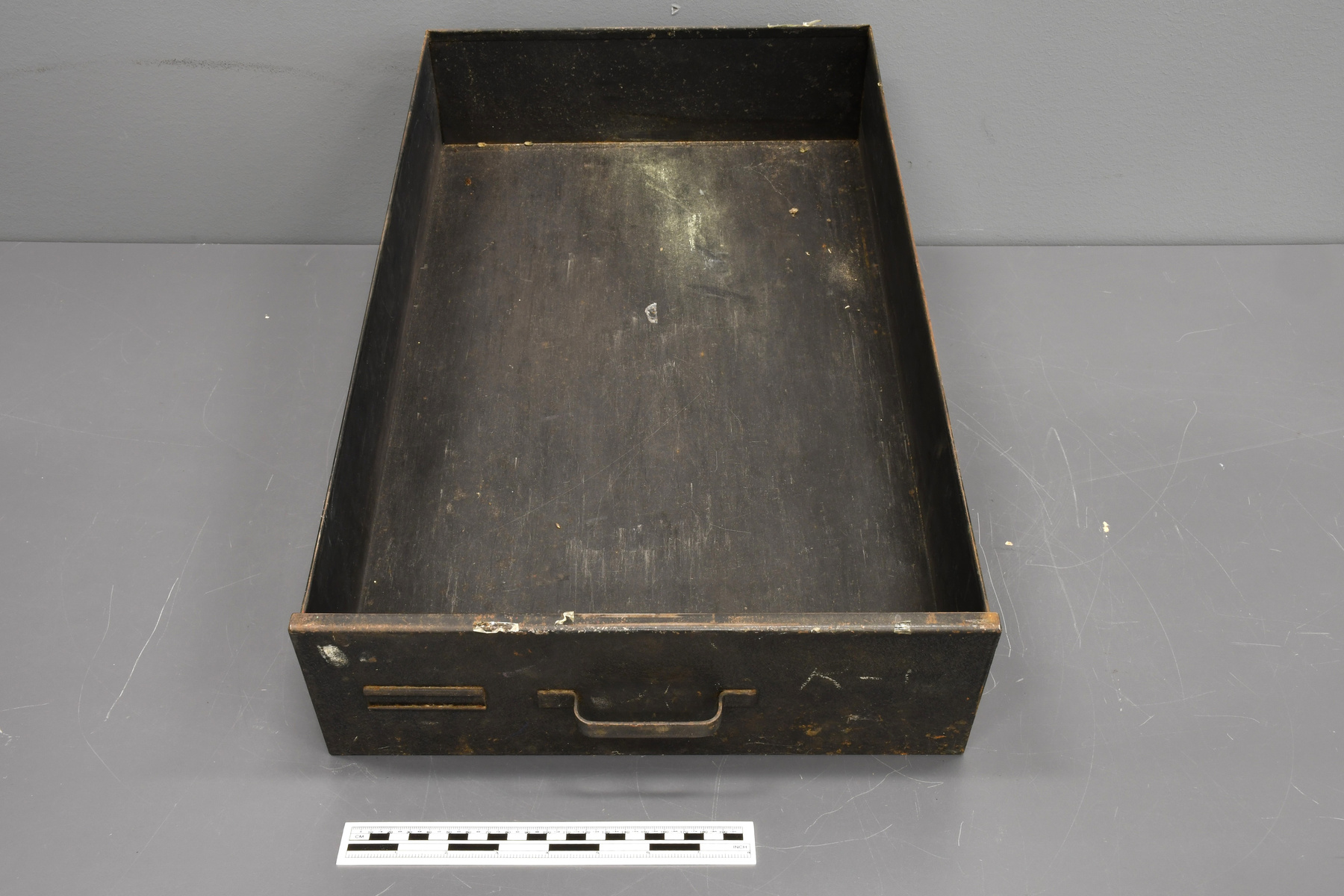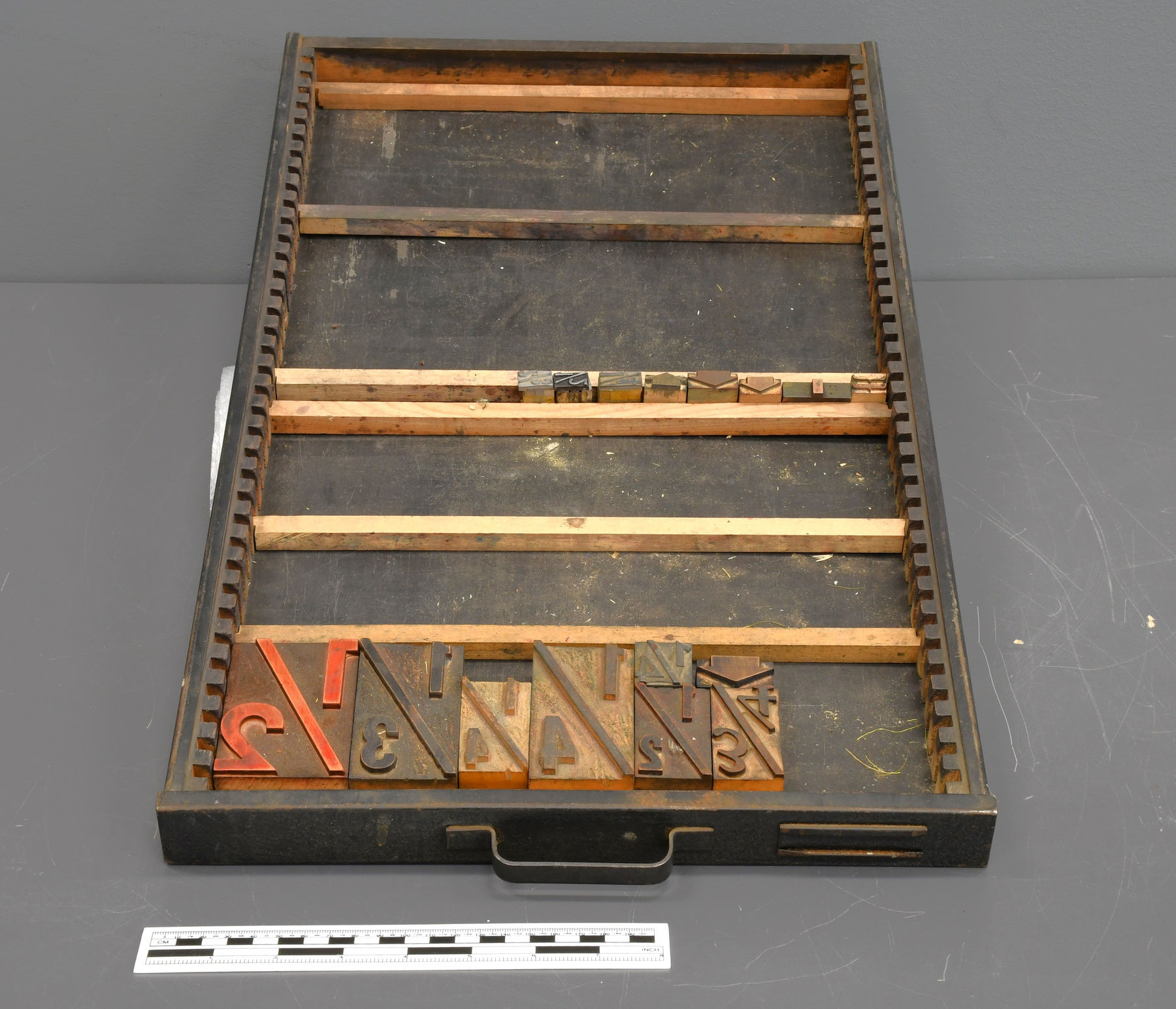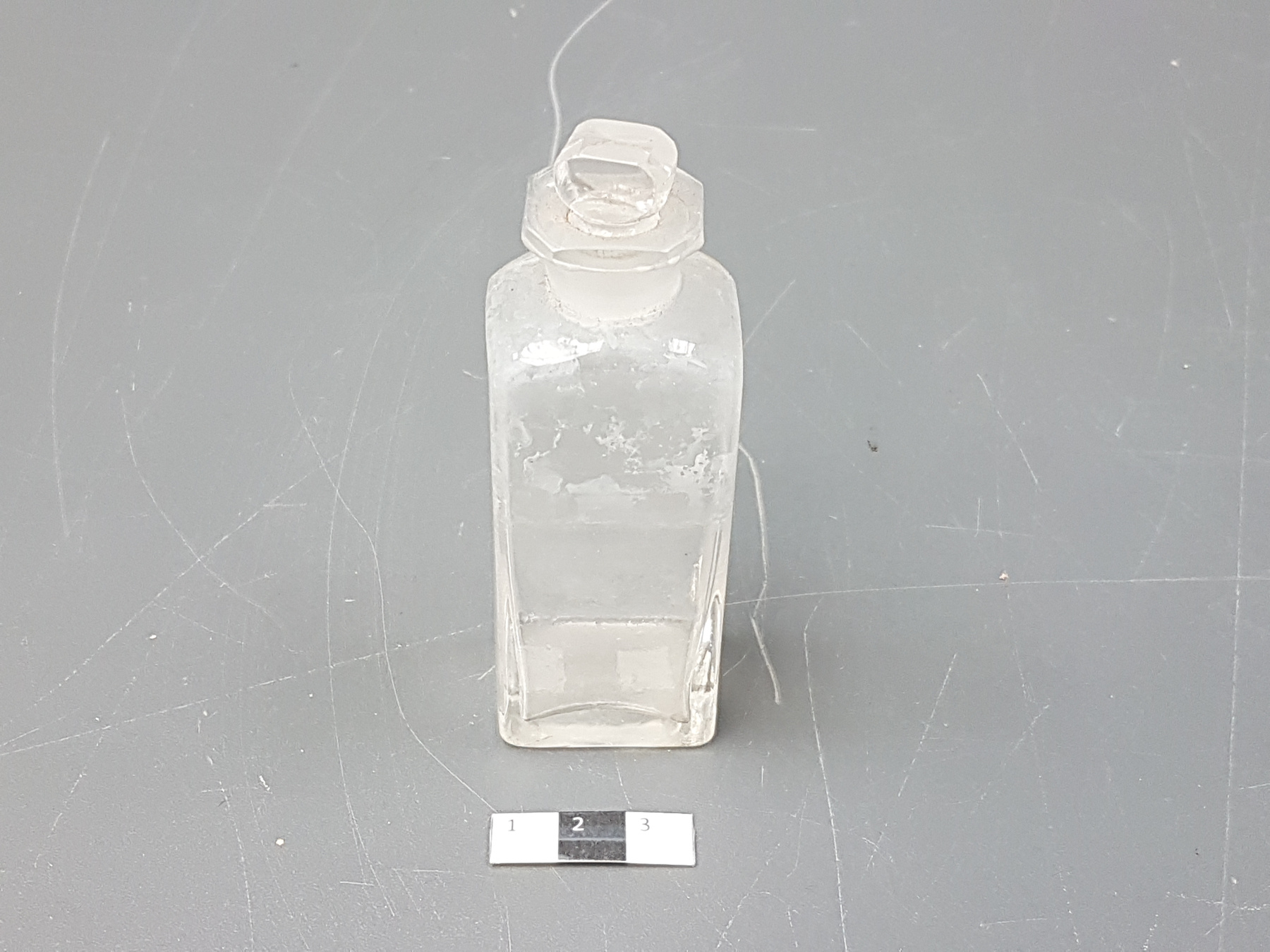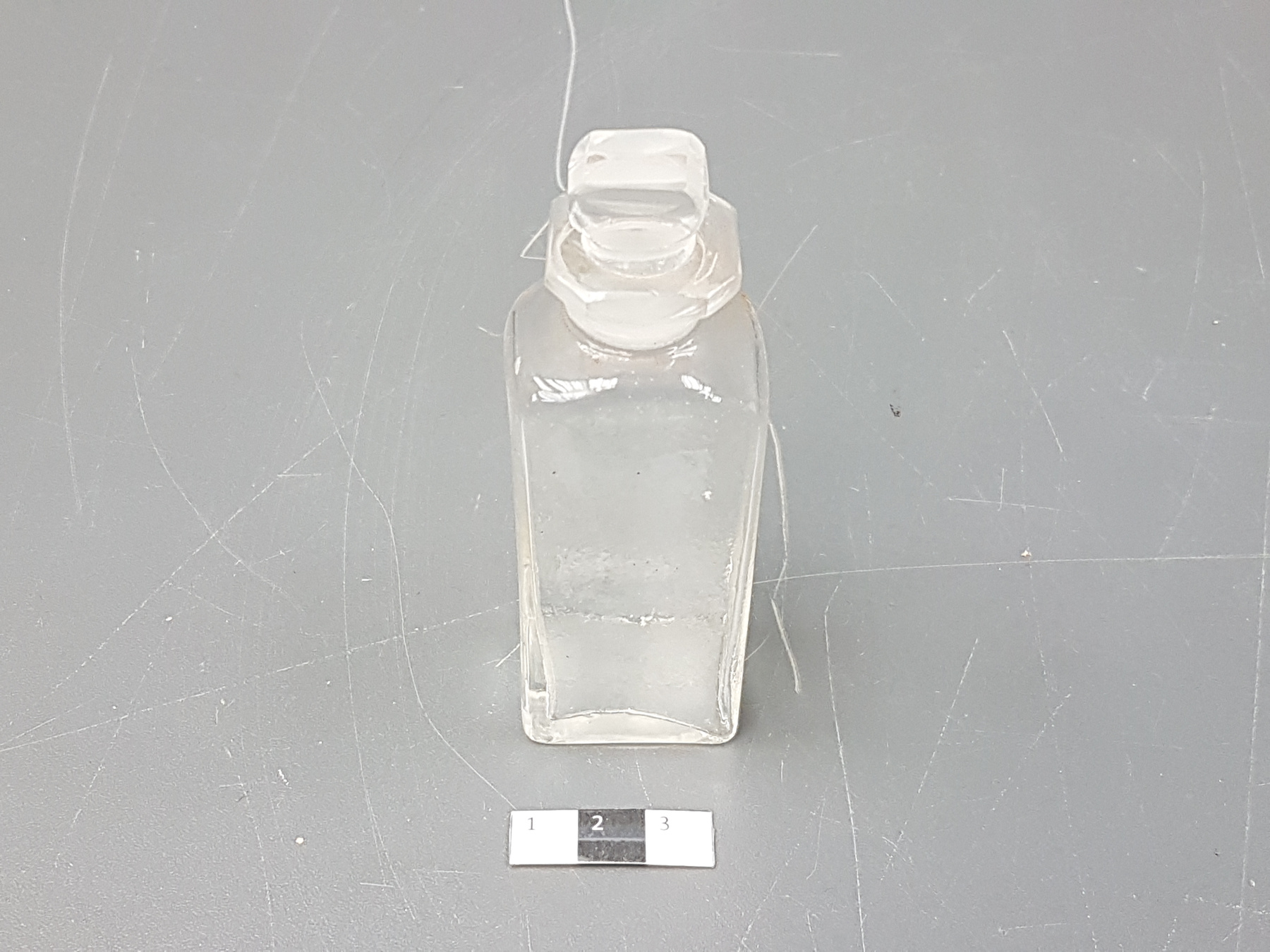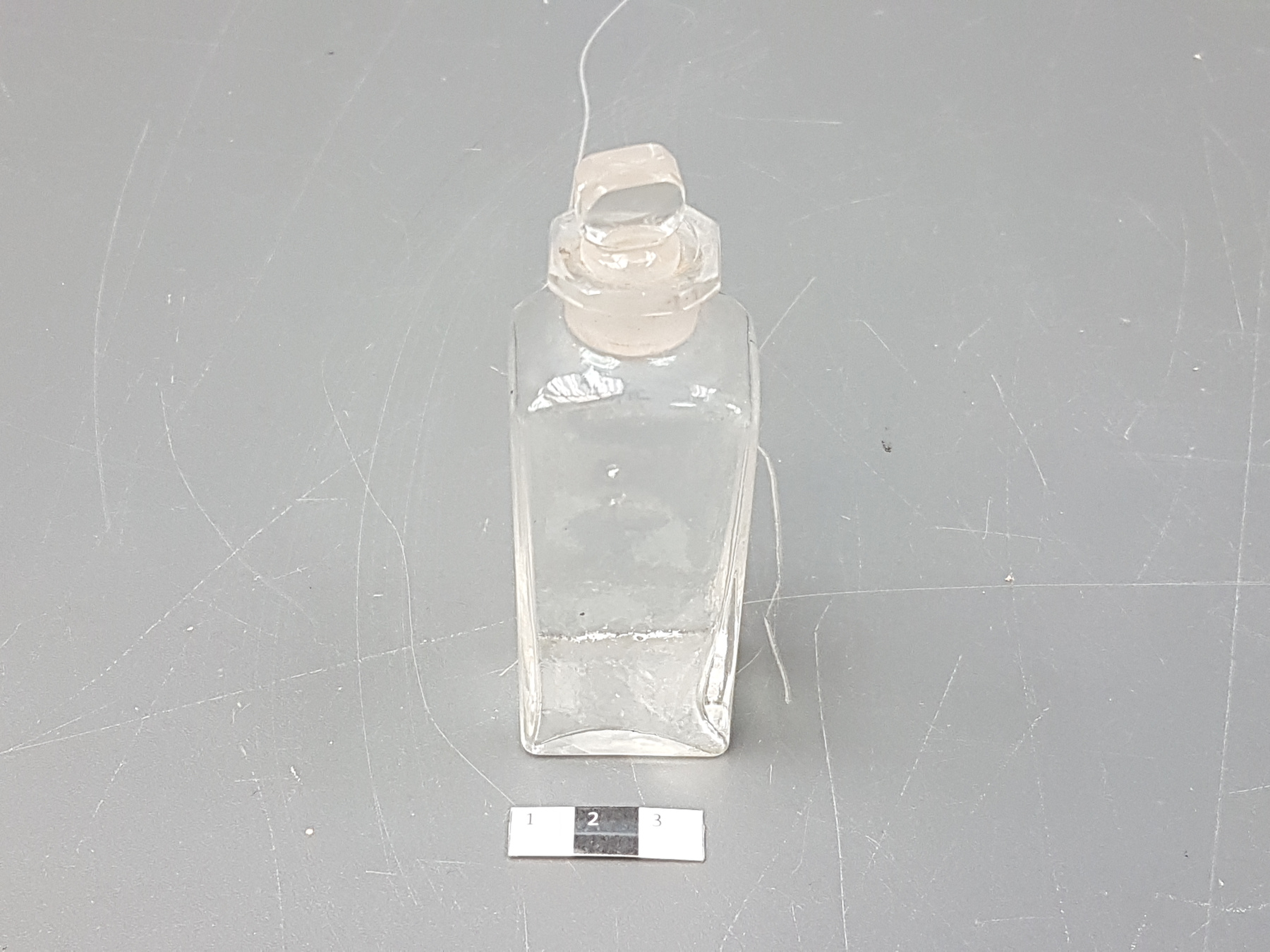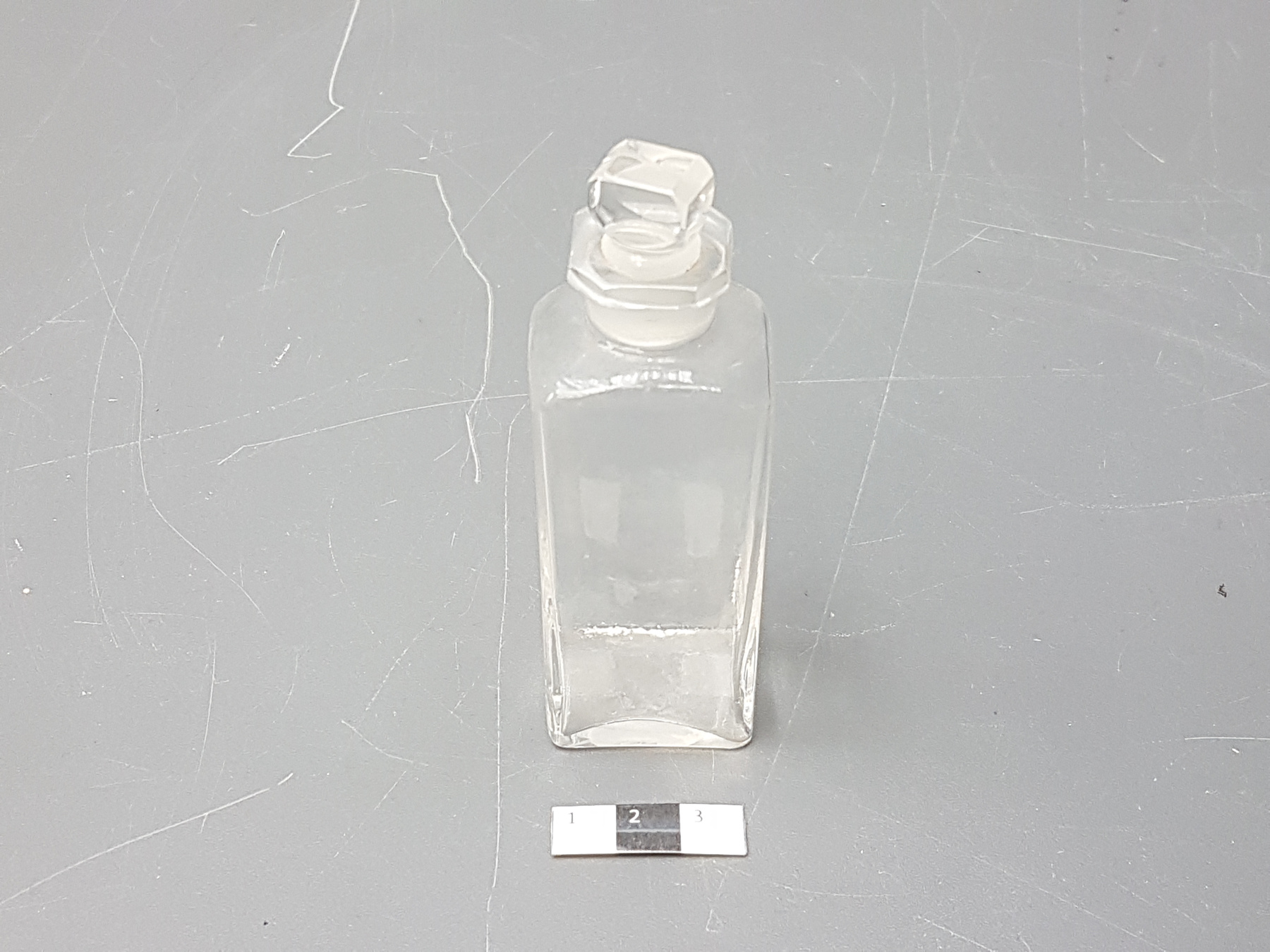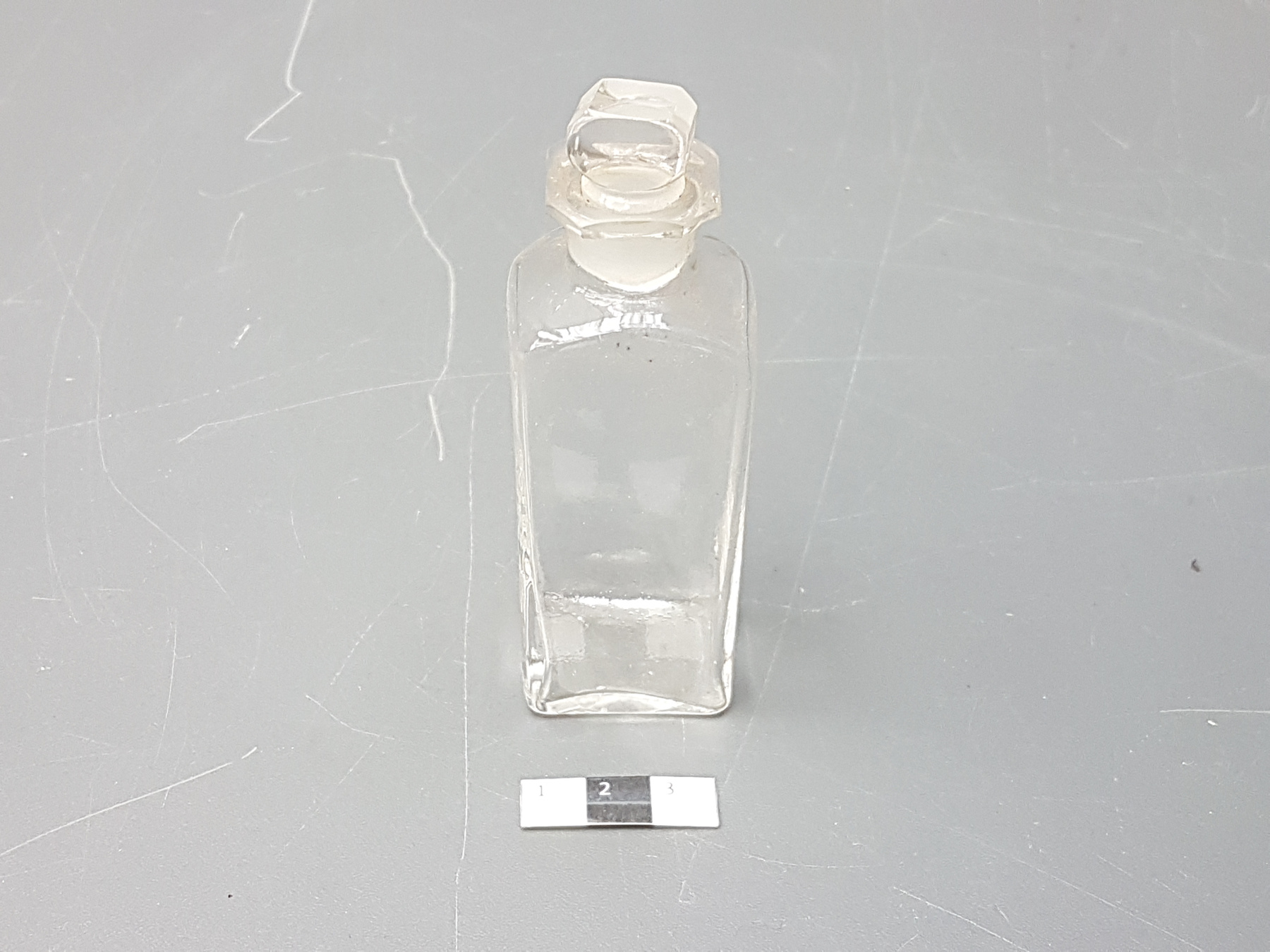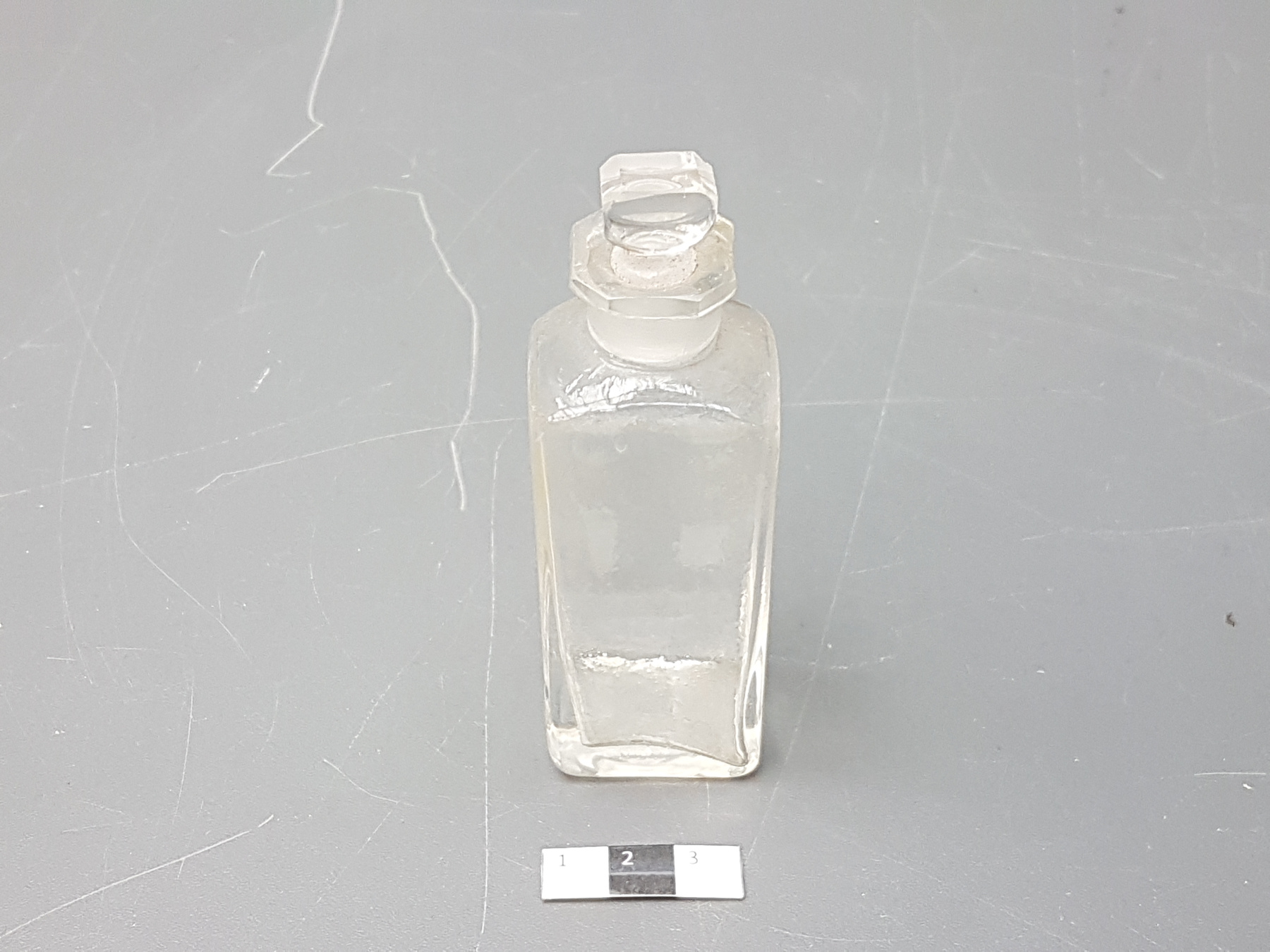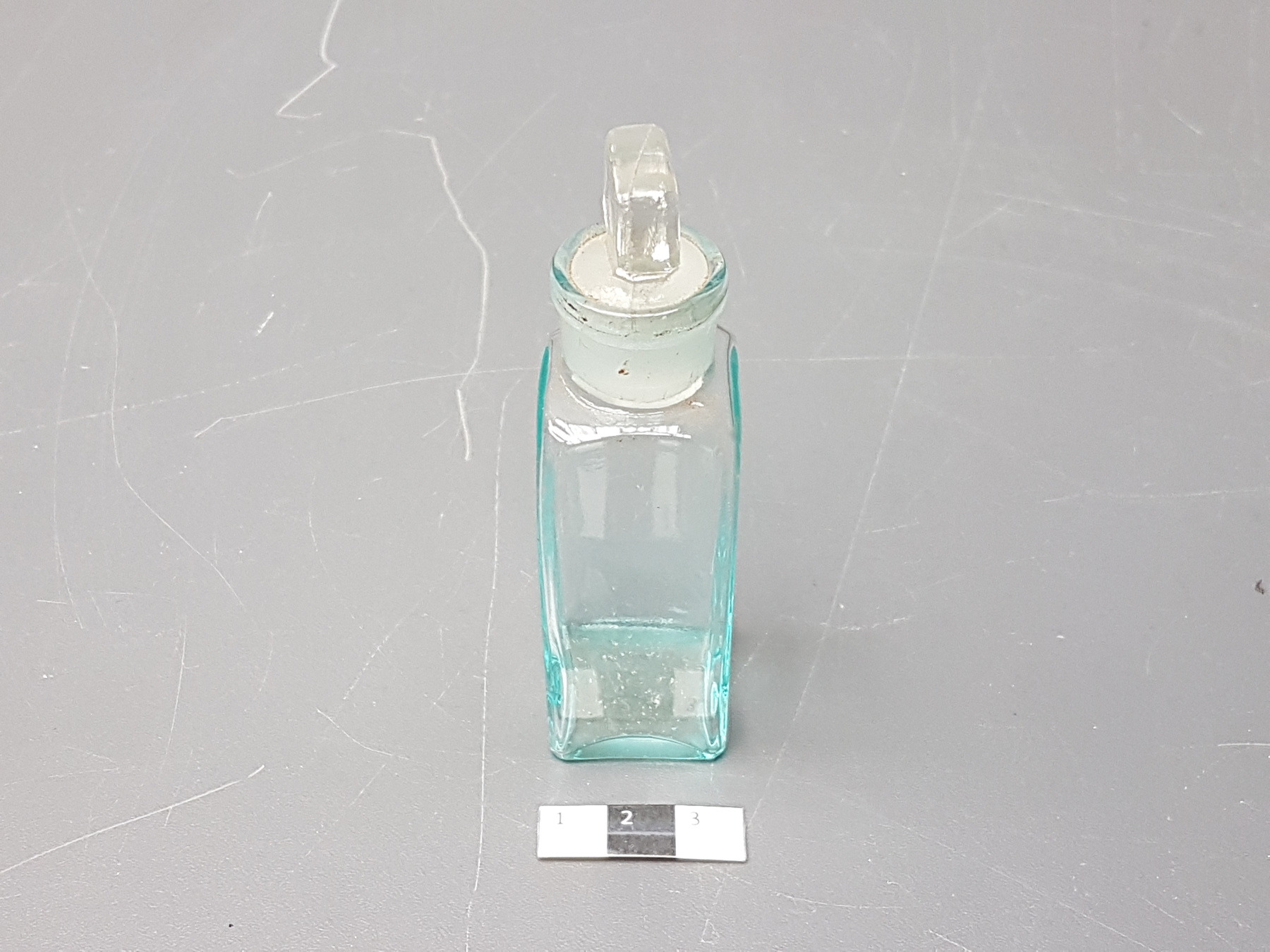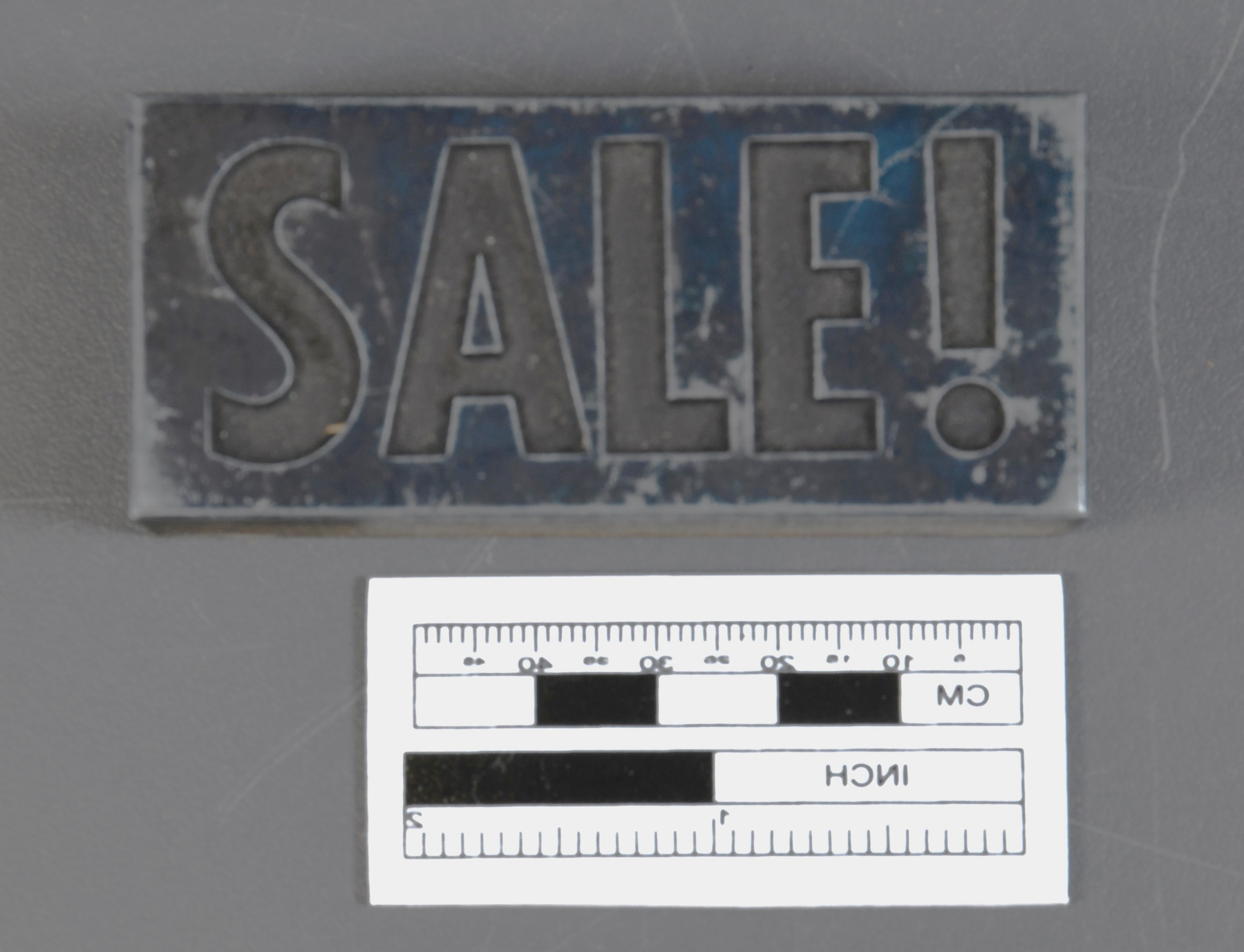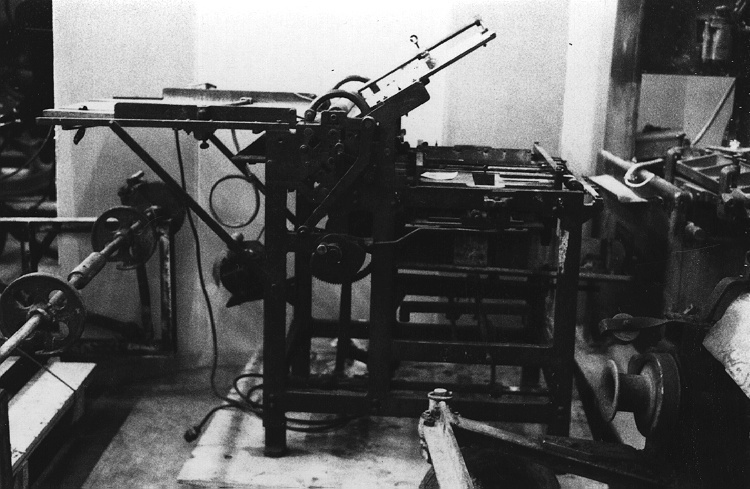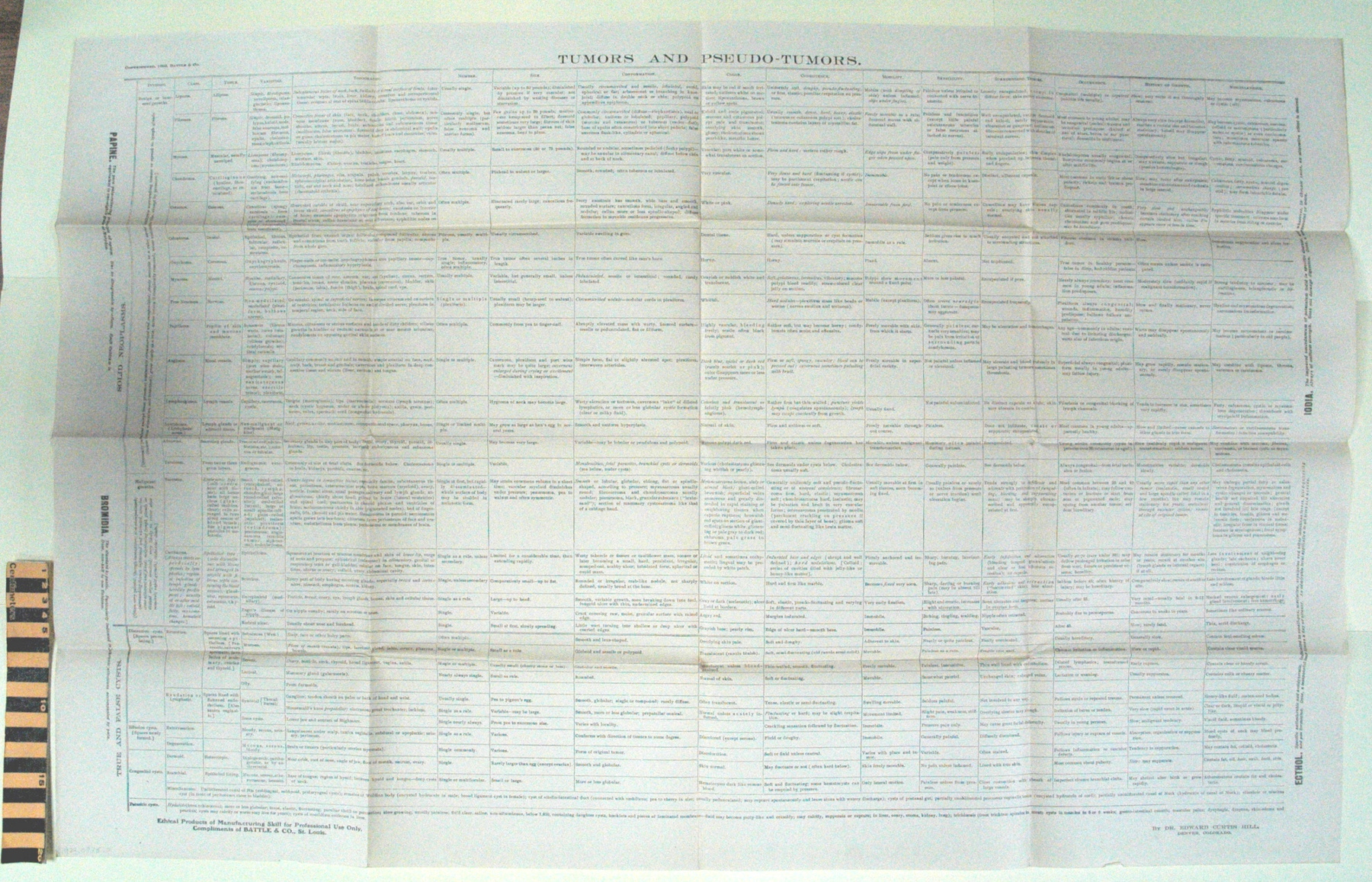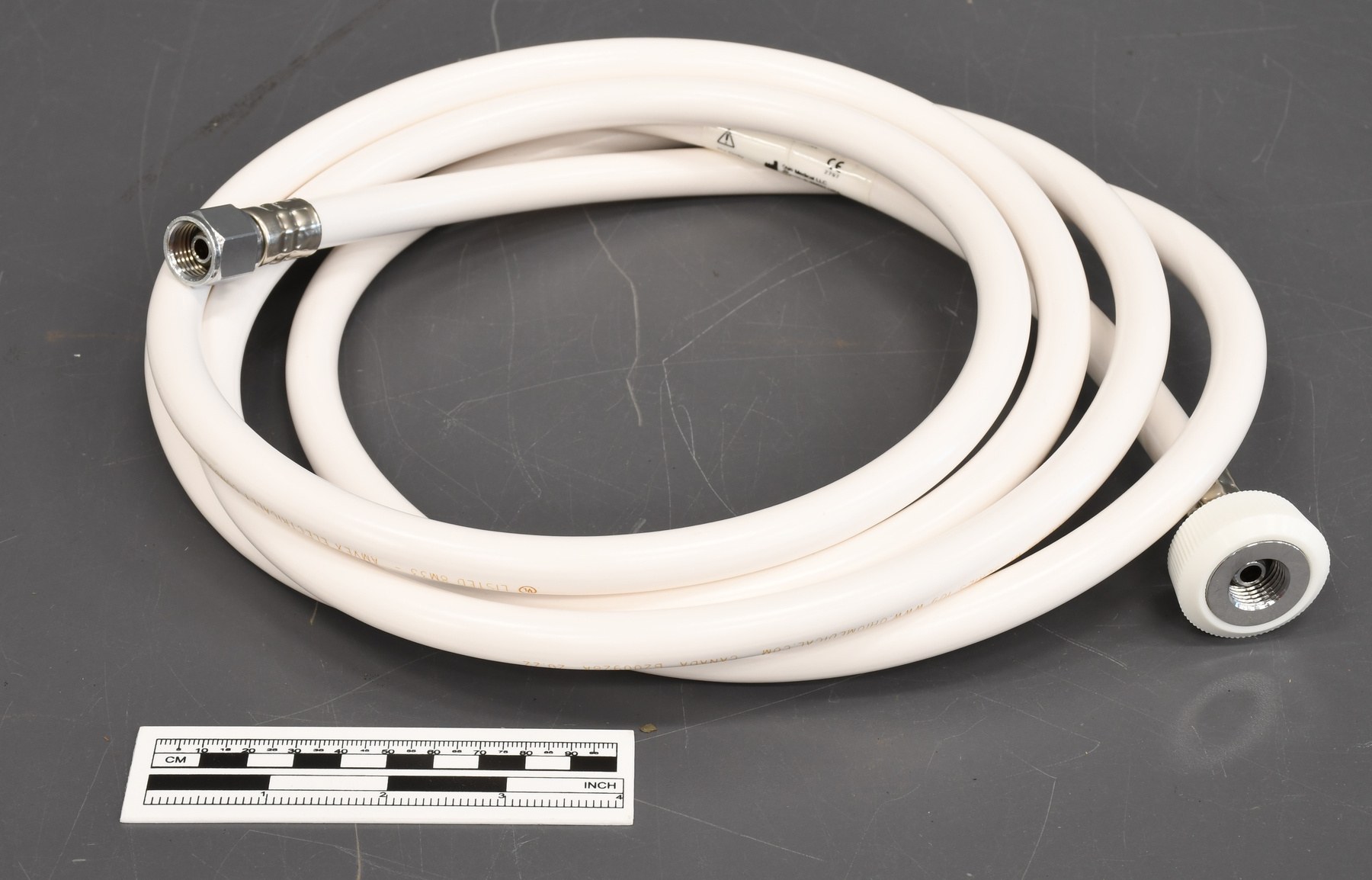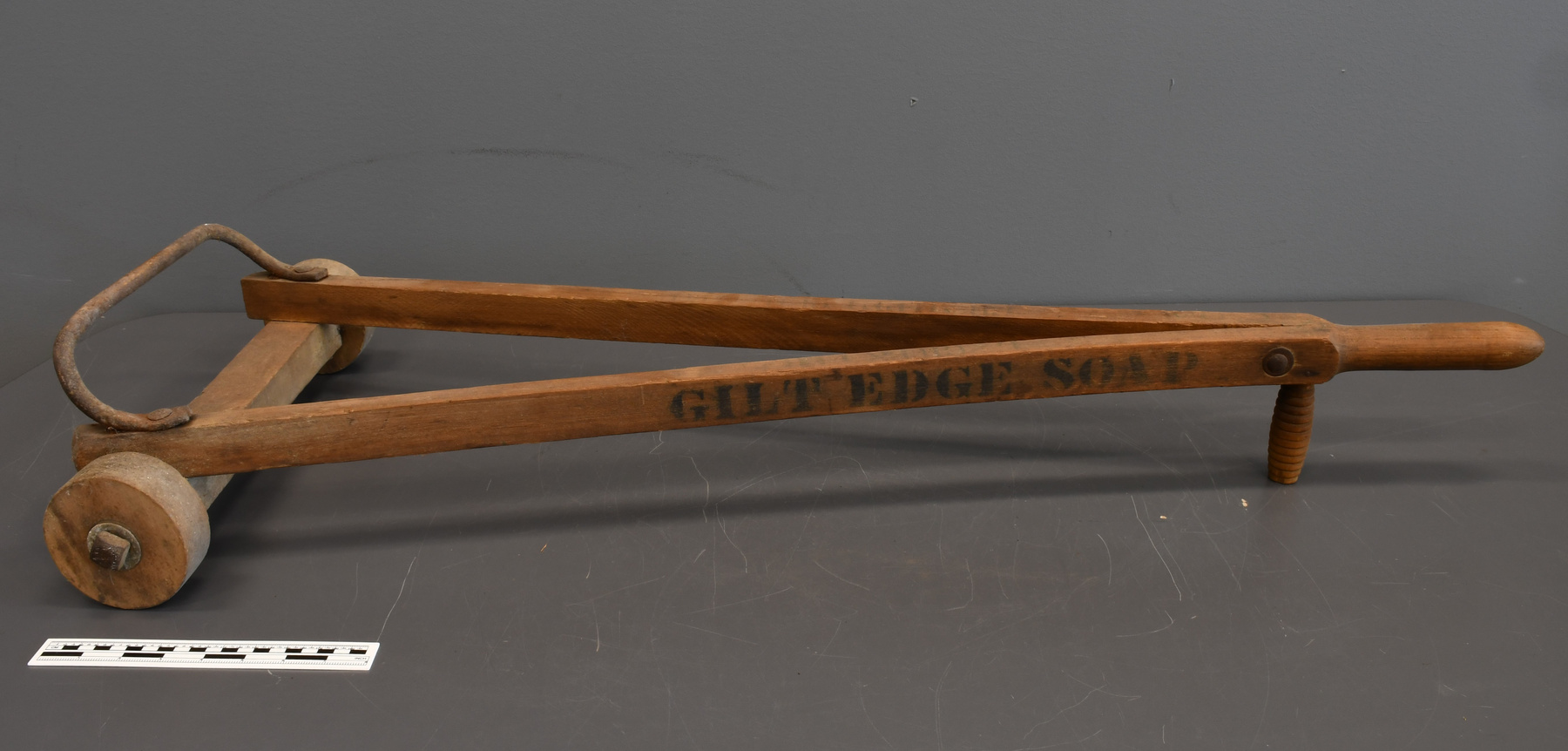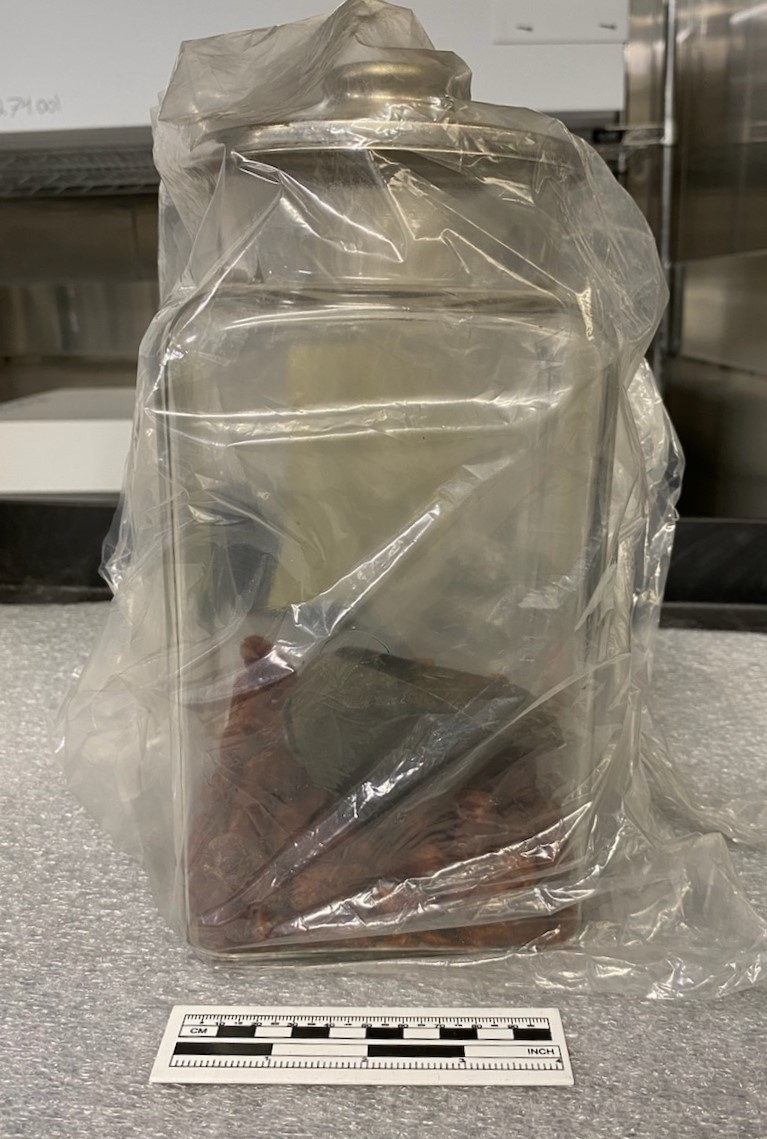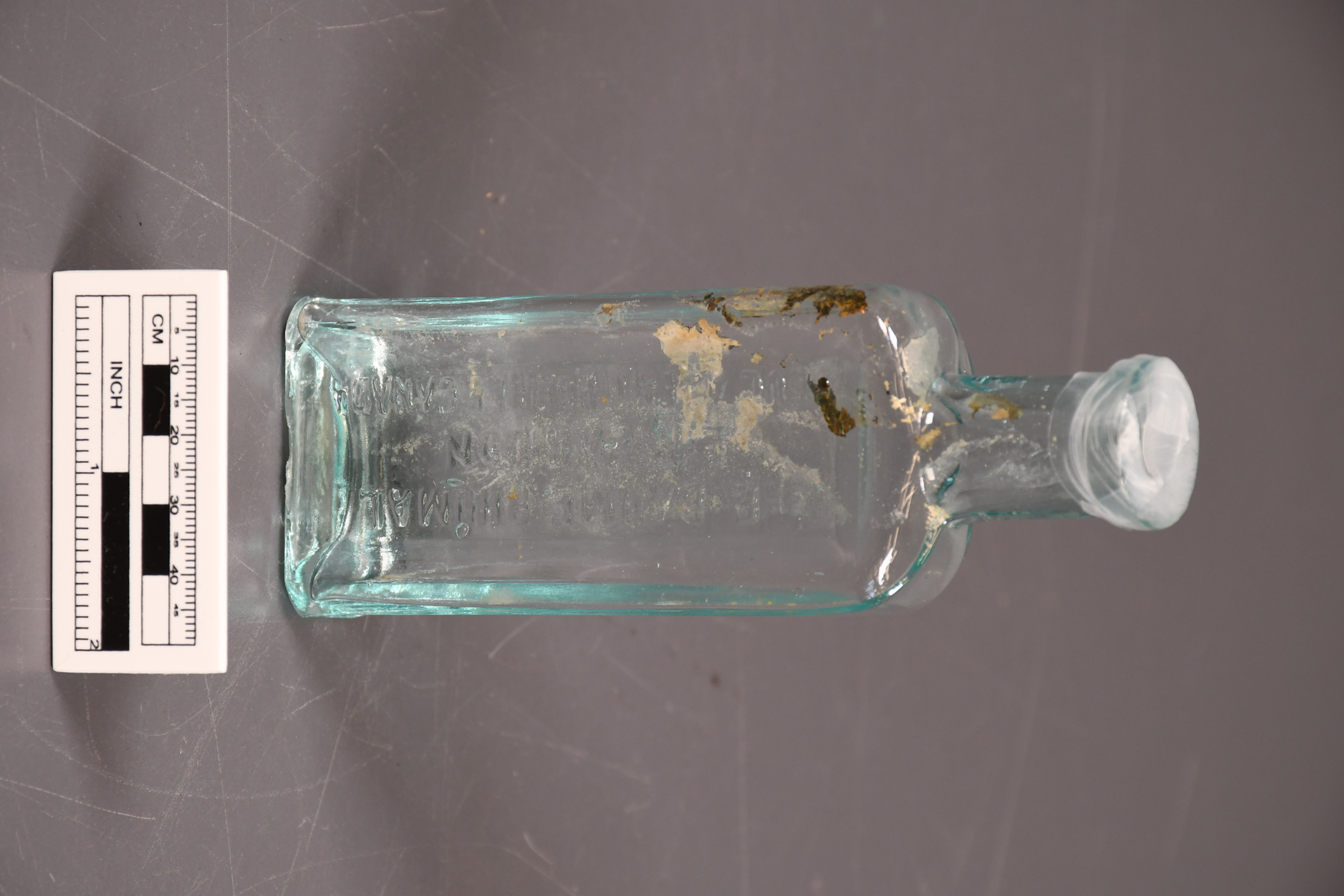Bottle, medicine
Use this image
Can I reuse this image without permission? Yes
Object images on the Ingenium Collection’s portal have the following Creative Commons license:
Copyright Ingenium / CC BY-NC-ND (Attribution-NonCommercial 4.0 International (CC BY-NC 4.0)
ATTRIBUTE THIS IMAGE
Ingenium,
2010.1204.001
Permalink:
Ingenium is releasing this image under the Creative Commons licensing framework, and encourages downloading and reuse for non-commercial purposes. Please acknowledge Ingenium and cite the artifact number.
DOWNLOAD IMAGEPURCHASE THIS IMAGE
This image is free for non-commercial use.
For commercial use, please consult our Reproduction Fees and contact us to purchase the image.
- OBJECT TYPE
- multidose/liquid
- DATE
- 1889–1917
- ARTIFACT NUMBER
- 2010.1204.001
- MANUFACTURER
- Baridon, L. R.
- MODEL
- Baume Rhumal
- LOCATION
- Canada
More Information
General Information
- Serial #
- N/A
- Part Number
- 1
- Total Parts
- 1
- AKA
- N/A
- Patents
- N/A
- General Description
- Glass bottle. Bouteille en verre.
Dimensions
Note: These reflect the general size for storage and are not necessarily representative of the object's true dimensions.
- Length
- 14.5 cm
- Width
- 4.8 cm
- Height
- 2.4 cm
- Thickness
- N/A
- Weight
- N/A
- Diameter
- N/A
- Volume
- N/A
Lexicon
- Group
- Medical Technology
- Category
- Chemicals & medications
- Sub-Category
- N/A
Manufacturer
- AKA
- Baridon
- Country
- Canada
- State/Province
- Unknown
- City
- Unknown
Context
- Country
- Canada
- State/Province
- Quebec
- Period
- Unknown Inconnu
- Canada
-
The bottle was found at the bottom of the Rivière des Envies, near an old mill downstream from the main bridge of Saint-Séverin-de-Proulxville, a small village in the Mauricie. It is therefore indicative of rural use of a patented drug of Montreal origin. In 1908, the Canadian government passed the Loi sur les droits de propriété des medicaments brevetés/Proprietary or Patent Medicine Act, which came into force the following year. The purpose of the law was to regulate the use of potentially dangerous drugs by manufacturers and suppliers of non-prescription drugs. In particular, the law prohibited drugs containing cocaine, an excessive amount of alcohol or a drug recognized by law in the absence of an indication of the presence of this drug on the packaging or label. However, the law did not prohibit false advertising. Since the penalties were relatively modest and the application of the law intermittent, patented medicines continued to sell for several years before losing ground during the interwar period. It was between 1883 (announcement of the sale of patented medicines) and 1887 (according to the 1917 claim that states “30 years of Constant Success”) that the “Baume Rhumal” was launched. The advertising of Baume Rhumal is organized with sustained energy. Louis R. Baridon had advertising tokens struck, including a print run of a hundred pieces between 1891 and 1894. He claimed his medicine in numerous publications, including the periodical “La Bonne Littérature française” in 1894, 1896, 1897, 1898 and 1899, the book “Récit-souvenir de l'inauguration du monument Maisonneuve à Montréal” (Montreal: E. Globensky, 1895), “Le Cyclorama universel” in 1897, the “Guide de Montréal et de ses environs” (Montréal, Granger Frères, 1897), “L'Almanach du peuple de Beauchemin” in 1898 and 1917, and “Le Passe-Temps” in 1901, 1902 and 1903, to mention only the places where these advertisements were found. If the claims are less frequent after the death of Louis R. Baridon, the Baume Rhumal continues to sell. Despite its allegedly French origin, Baume Rhumal was missed by at least one Canadian visitor to Paris, Ernest Bilodeau, who complained in a letter of 23 September 1910 inserted in his collection “Un Canadien errant : lettres parisiennes, croquis canadiens, chroniques, voyages et fantaisies” (Québec, Action Sociale ltée, 1915). This suggests that, although the recipe may be French and a patent would have been taken in France, the drug is probably made exclusively in Canada. La bouteille a été retrouvée au fond de la rivière des Envies, à proximité d’un ancien moulin en aval du pont principal de Saint-Séverin-de-Proulxville, un petit village de la Mauricie. Elle témoigne donc d’une utilisation rurale d’un médicament breveté d’origine montréalaise. En 1908, le gouvernement canadien adoptait la Loi sur les droits de propriété des médicaments brevetés/Proprietary or Patent Medicine Act qui entrerait en vigueur l’année suivante. La loi avait pour but de réguler l’utilisation de drogues potentiellement dangereuses par les fabricants et les fournisseurs de médicaments vendus sans ordonnance. En particulier, la loi interdisait les médicaments contenant de la cocaïne, une quantité excessive d’alcool ou une drogue reconnue par la loi en l’absence d’une indication de la présence de cette drogue sur l’emballage ou l’étiquette. En revanche, la loi n’interdisait nullement la publicité mensongère. Comme les peines étaient relativement modestes et l’application de la loi intermittente, les médicaments brevetés continuèrent à se vendre pendant plusieurs années avant de perdre du terrain durant l’entre-deux-guerres. C’est entre 1883 (annonce de la vente de médicaments brevetés) et 1887 (selon la réclame de 1917 qui fait état de « 30 ans de Succès Constants ») que le Baume Rhumal a été lancé. La publicité du Baume Rhumal est organisée avec une énergie soutenue. Louis R. Baridon fait frapper des jetons publicitaires, dont un tirage d’une centaine de pièces entre 1891 et 1894. Il fait la réclame de son médicament dans de nombreuses publications, dont le périodique La Bonne Littérature française en 1894, 1896, 1897, 1898 et 1899, l’ouvrage Récit-souvenir de l’inauguration du monument Maisonneuve à Montréal (Montréal, E. Globensky, 1895), Le Cyclorama universel en 1897, le Guide de Montréal et de ses environs (Montréal, Granger Frères, 1897), L’Almanach du peuple de Beauchemin en 1898 et 1917, et Le Passe-Temps en 1901, 1902 et 1903, pour ne citer que les lieux où ces réclames ont été retrouvées. Si les réclames sont moins fréquentes après la mort de Louis R. Baridon, le Baume Rhumal continue à se vendre. Malgré son origine prétendument française, le Baume Rhumal manque à au moins un visiteur canadien à Paris, Ernest Bilodeau, qui s’en plaint dans une lettre du 23 septembre 1910 insérée dans son recueil Un Canadien errant : lettres parisiennes, croquis canadiens, chroniques, voyages et fantaisies (Québec, Action Sociale ltée, 1915). Ceci suggère que, même si la recette peut être française et qu’un brevet aurait été pris en France, le médicament est sans doute de fabrication exclusivement canadienne. - Function
-
A bottle used to hold a liquid medication. Une bouteille utilisée pour contenir un médicament en forme liquide. - Technical
-
Patented medicines were popular, but marginal medicine. They were usually sold without a prescription, and before the Patented Medicines Act of 1908, they were not regulated or monitored. This did not prevent them from enjoying great popularity, on the contrary. Originally from France, “Baume Rhumal” was sold in 1897-1898 both in Canada by Louis R. Baridon (at 1703 rue Sainte-Catherine, Montreal) and in the United States by G. Mortimer & Co. (at 24 Central Wharf, Boston). It is presented as an inexpensive remedy (25 cents per bottle containing 16 doses), which is pleasant to take and can treat colds, coughs, consumption and bronchitis. The commercial text of an advertisement published in l’Almanach du peuple illustré (Montréal, Beauchemin, 1898) alludes to the countless healings that make it a “saviour of humanity”, but it does not promise healing every time. The advertising text of an advertisement published in L'Almanach du peuple (Montréal, Beauchemin, 1917) is more affirmative: the balm “heals” cough, colds, bronchitis and all other diseases of the throat, bronchi and lungs. It was then sold under the banner of “L. R. Baridon, enregistré” (at 52, Victoria Square, Montreal). Other diseases (croup, whooping cough) will sometimes be added to the list of enemies defeated by the “Baume Rhumal”. In 1910, the State of New Hampshire received a report from the Board of Health, which included an interest in the composition of medical substances sold on its territory. A sample of “Baume Rhumal” is reported to contain alcohol and morphine, reflecting both its spread beyond Canada’s borders and its true nature. Les médicaments brevetés (patent medicine) relèvent d’une médecine populaire et marginale. Ils étaient d’ordinaire vendus sans ordonnance et, avant la loi de 1908 sur les médicaments brevetés, ils échappaient à toute réglementation ou surveillance. Cela ne les empêchait pas de bénéficier d’une grande popularité, au contraire. D’origine française, le « Baume Rhumal » est vendu en 1897-1898 tant au Canada, par Louis R. Baridon (au 1703, rue Sainte-Catherine, Montréal), qu’aux États-Unis, par G. Mortimer & Co. (au 24 Central Wharf, Boston). Il est présenté comme un remède peu dispendieux (25 cents la bouteille contenant 16 doses), qui est agréable à prendre et qui permet de traiter le rhume, la toux, la consomption et la bronchite. Le texte publicitaire d’une réclame parue dans l’Almanach du peuple illustré (Montréal, Beauchemin, 1898) fait allusion à des guérisons sans nombre qui en font un « sauveur de l’humanité », mais elle se garde de promettre la guérison à tout coup. Le texte publicitaire d’une réclame parue dans L’Almanach du peuple (Montréal, Beauchemin, 1917) est plus affirmatif : le baume « guérit » toux, rhumes, bronchites et toutes les autres affections de la gorge, des bronches et des poumons. Il est alors vendu à l’enseigne de « L. R. Baridon, enregistrée » (au 52, Carré Victoria, Montréal). D’autres maladies (le croup, la coqueluche) s’ajouteront parfois à la liste des ennemis vaincus par le « Baume Rhumal ». En 1910, l’État du New-Hampshire reçoit un rapport du conseil de la santé qui s’intéresse entre autres à la composition des substances médicales en vente sur son territoire. Un échantillon de « Baume Rhumal » est déclaré contenir de l’alcool et de la morphine, ce qui témoigne à la fois de sa diffusion hors des frontières du Canada et de sa véritable nature. - Area Notes
-
Unknown
Details
- Markings
- In raised letters on front of bottle/Lettres en relief sur le devant: "LE BAUME RHUMAL/ L. R. BARIDON/ SEUL AGENT POUR CANADA"
- Missing
- Appears complete
- Finish
- Clear glass bottle. Bouteille de verre transparent.
- Decoration
- N/A
CITE THIS OBJECT
If you choose to share our information about this collection object, please cite:
Baridon, L. R., Bottle, medicine, circa 1889–1917, Artifact no. 2010.1204, Ingenium – Canada’s Museums of Science and Innovation, http://collection.ingeniumcanada.org/en/id/2010.1204.001/
FEEDBACK
Submit a question or comment about this artifact.
More Like This
